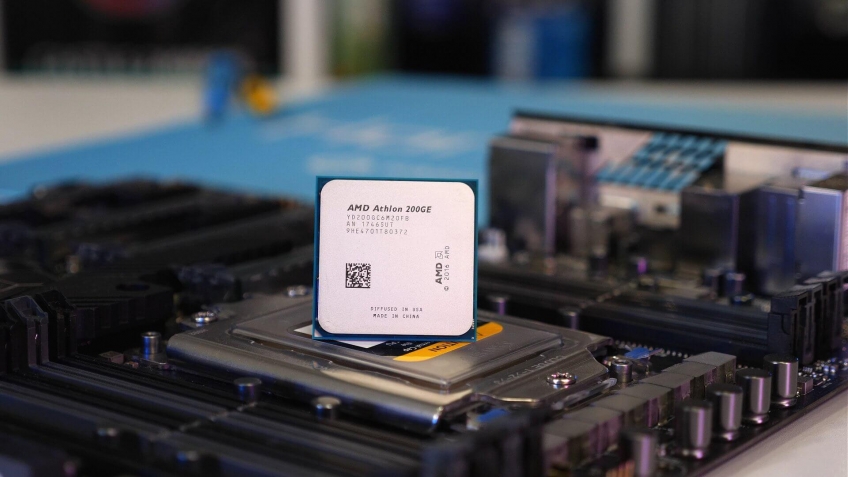List of AMD Athlon processors
|
|
|
|
|
List of AMD Athlon processors
Here is the list of chips for the group of processors AMD Athlon with the basic technical details. As well as a link to their respective global characteristics.
Note: Commissions may be earned from the link above.
Processors:
| AMD Athlon X4 860K | 2014 Q3 | 28 nm | 4 | 4 | 3700 | 4000 | 4000 | 64000 | 12 | 95 |
| AMD Athlon Silver 3050U | 2020 Q1 | 14 nm | 2 | 2 | 2300 | 3200 | 4000 | 32000 | 12 | 15 |
| AMD Athlon Silver 3050e | 2020 Q1 | 14 nm | 2 | 4 | 1400 | 2800 | 4000 | 32000 | 12 | 6 |
| AMD Athlon Silver 3050C | 2020 Q3 | 14 nm | 2 | 2 | 2300 | 3200 | 4000 | 32000 | 12 | 15 |
| AMD Athlon PRO 200GE | 2018 Q3 | 14 nm | 2 | 4 | 3200 | 3200 | 4000 | 64000 | 20 | 35 |
| AMD Athlon II X4 640 | 2010 Q2 | 45 nm | 4 | 4 | 3000 | 3000 | 2000 | 4000 | 16 | 95 |
| AMD Athlon II X2 250 | 2009 Q2 | 45 nm | 2 | 2 | 3000 | 3000 | 2000 | 4000 | 16 | 65 |
| AMD Athlon II X2 240 | 2009 Q3 | 45 nm | 2 | 2 | 2800 | 2800 | 2000 | 4000 | 16 | 65 |
| AMD Athlon Gold 3150U | 2020 Q1 | 14 nm | 2 | 4 | 2400 | 3300 | 4000 | 32000 | 12 | 15 |
| AMD Athlon Gold 3150G | 2020 Q3 | 12 nm | 4 | 4 | 3500 | 3900 | 4000 | 32000 | 12 | 65 |
| AMD Athlon 64 X2 5000+ | 2008 Q3 | 65 nm | 2 | 2 | 2600 | 2600 | 1000 | 8000 | 16 | 65 |
| AMD Athlon 64 X2 4800+ | 2006 Q2 | 65 nm | 2 | 2 | 2500 | 2500 | 1000 | 8000 | 16 | 65 |
| AMD Athlon 5350 | 2014 Q2 | 28 nm | 4 | 4 | 2050 | 2050 | 2000 | 16000 | 4 | 25 |
| AMD Athlon 320GE | 2019 Q3 | 14 nm | 2 | 4 | 3500 | 3500 | 4000 | 64000 | 12 | 35 |
| AMD Athlon 300U | 2019 Q1 | 14 nm | 2 | 4 | 2400 | 3300 | 4000 | 32000 | 12 | 15 |
| AMD Athlon 300GE | 2019 Q3 | 14 nm | 2 | 4 | 3400 | 3400 | 4000 | 64000 | 12 | 35 |
| AMD Athlon 3000G | 2019 Q4 | 14 nm | 2 | 4 | 3500 | 3500 | 4000 | 128000 | 6 | 35 |
| AMD Athlon 240GE | 2018 Q4 | 14 nm | 2 | 4 | 3500 | 3500 | 4000 | 64000 | 12 | 35 |
| AMD Athlon 220GE | 2018 Q4 | 14 nm | 2 | 4 | 3400 | 3400 | 4000 | 64000 | 12 | 35 |
| AMD Athlon 200GE | 2018 Q3 | 14 nm | 2 | 4 | 3200 | 3200 | 4000 | 64000 | 12 | 35 |
Specifications and performance of the AMD Athlon processors
Is AMD Athlon Good for Gaming?
AMD Athlon are the entry level CPUs from AMD. They are intended mostly for essential use only. This includes average day-to-day use such as web surfing, report writing etc. and when compared to Intel, they are closely matched with the Pentium processors and hence lie somewhere in the bottom rung of the overall CPU hierarchy.
Which brings us to the question “is AMD Athlon Good for Gaming or not”. Well in majority of the cases, the answer is no. AMD Athlon is NOT suitable for gaming.
It neither has enough CPU juice nor a significantly powerful integrated graphics card to run even the basic online eSports titles.
However, in the end, the exact answer to this question depends upon a few factors:
- The model of the AMD Athlon CPU in question
- The game you want to play
As you will find out by the end of this article that while on average AMD Athlon is weak, certain AMD Athlon CPUs can actually be fit for light gaming.
TABLE OF CONTENTS
AMD Athlon and its Position in the AMD CPU Hierarchy
AMD Athlon is the weakest line of CPUs from this brand:
- AMD Athlon – Weakest
- AMD Ryzen 3
- AMD Ryzen 5 – Ideal for Average Gamer
- AMD Ryzen 7 – Ideal for Gamer + Streamer
- AMD Ryzen 9
- AMD Ryzen Threadripper – Strongest
As you can see above, Athlon is the entry level CPU series from the brand.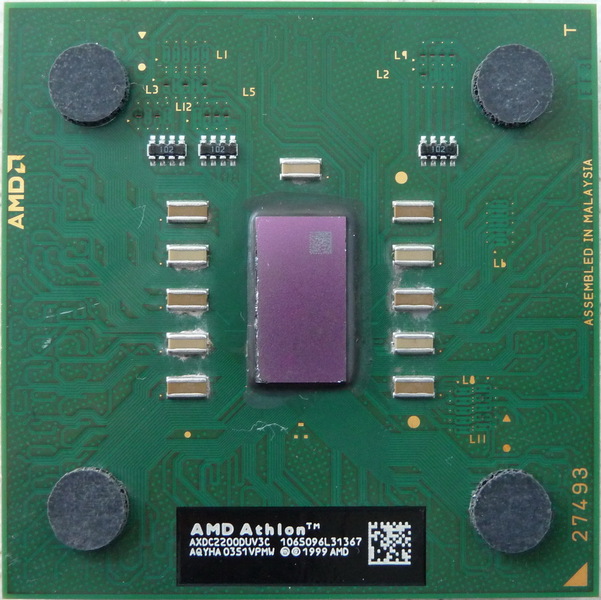 It is nowhere near powerful as the top of the Ryzen 7, 9 or the Threadripper series CPUs.
It is nowhere near powerful as the top of the Ryzen 7, 9 or the Threadripper series CPUs.
Gaming is one of the most strenuous tasks that you perform on a PC. Hence this hierarchy should give you glimpse into whether Athlon is suitable for gaming or not – obviously not.
List of Popular AMD Athlon CPUs
The following table shows some of the latest and popular AMD Athlon CPUs available for desktops and laptops.
Take note of the corresponding Passmark Benchmark scores. This can be used to compare the overall performance of the CPUs.
I have also included a Ryzen 5 processor for basis of comparison – since Ryzen 5, like the Core i5, are considered to have the best value and performance for gaming builds.
| Model | Type | Specs | Passmark | Integrated Graphics |
|---|---|---|---|---|
| AMD Athlon 3150G |
Desktop | 3. 5 — 3.9 GHz 5 — 3.9 GHz4 Cores 4 Threads |
7702 | Vega 3 |
| AMD Athlon 3000G |
Desktop | 3.5 GHz 2 Cores 4 Threads |
4481 | Vega 3 |
| AMD Athlon 3150U |
Laptop | 2.6 — 3.3 GHz 2 Cores 4 Threads |
4011 | Radeon Graphics |
| AMD Athlon 3050U |
Laptop | 2.3 — 3.2 GHz 2 Cores 2 Threads |
3046 | Radeon Graphics |
| AMD Ryzen 5 5600X |
Desktop | 3.7 — 4.6 GHz 6 Cores 12 Threads |
22011 | — |
- Scores taken from CPUBenchmark.net
You can see from the table and the chart above that compared to a mid range AMD Ryzen 5 CPU, even the best of the Athlon CPUs (Athlon 3150G) does not stand a chance.
Note that I have only taken Zen architecture based AMD Athlon into consideration. The older Athlon CPUs are far too weak to be even mentioned here.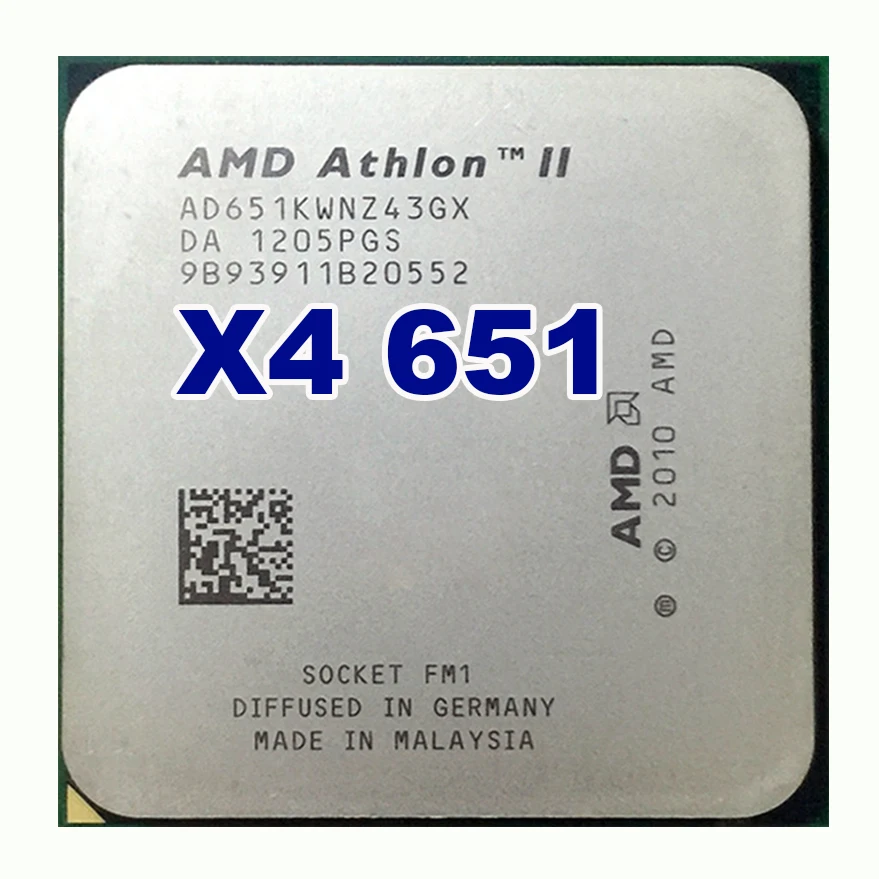
So Is AMD Athlon Good for Gaming?
In order to gauge whether the Athlon line of CPUs is good for gaming or not, we have to look at the hardware requirements of the games.
There are generally two types of games out there:
- Popular Online or eSports Titles: These do not require a robust PC hardware.
- AAA Title: These tend to push the limits of the gaming hardware and require a robust CPU.
Let us look both types of games separately.
Is AMD Athlon Good for Online / eSports Titles?
eSports titles do not have a robust system requirement because they are intended to be played by the masses.
Take for instance League of Legends, this is a very popular online title that can be played even on a potato PC, hence the currently available Athlon CPUs can handle this game fairly easily.
The following are some of the popular online titles and their corresponding CPU requirements.
| Minimum Requirements |
Recommended Requirements |
|
| Minecraft | Intel Core i3-3210 (2 Cores / 4 Threads) Passmark: 2061 |
Intel Core i5-4690 (4 Cores / 4 Threads) Passmark: 5583 |
| Roblox | Single Core | Single Core |
| Rocket League | 2.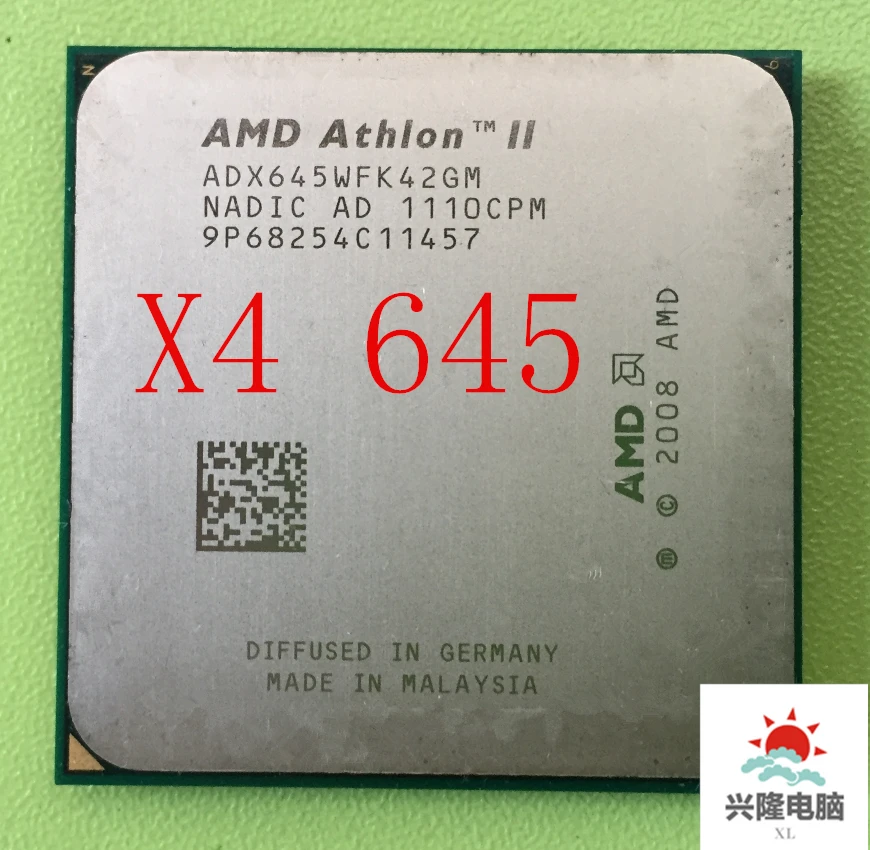 5 GHz Dual Core 5 GHz Dual Core |
3.0+ GHz Quad Core |
| Fortnite | Intel Core i3-3225 (2 Cores / 4 Threads) Passmark: 2187 |
Intel Core i5-7300U (2 Cores / 4 Threads) Passmark: 3746 |
| CS:GO | Intel Core 2 Duo E6600 (2 Core / 2 Threads) Passmark: 873 |
|
| League of Legends | 3.0 GHz | 3.0 GHz Dual Core |
For Online Titles a Athlon Just Barely Scratches the Surface
For majority of the online titles, the AMD Athlon CPUs, particularly the desktop based AMD Athlon 3150G, is quite sufficient.
The AMD Athlon CPUs are powerful enough and have enough core and thread count to meet the CPU requirements of the popular online titles.
Graphics Requirements is Another Story!
Of course, I am only looking at the CPU requirements here not the graphics card requirements.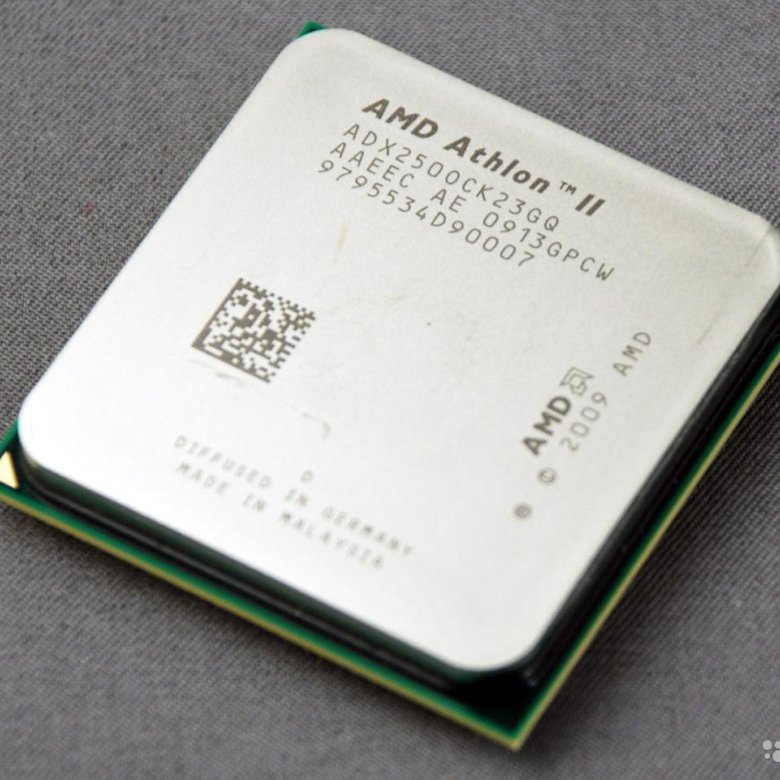
The graphics card requirements is a whole different ball game. While an AMD Athlon the likes of Athlon 3000G or the Athlon 3150G do have an integrated graphics, the Vega 3 graphics, is no where near powerful enough to meet the gaming requirements of many AAA titles.
The iGPU in Athlon can be sufficient for some light eSports titles such as the League of Legends, DOTA, or CS:GO.
Read in Detail: Are integrated graphics cards good enough?
Is AMD Athlon Good for AAA Games?
AAA games have a robust system requirement. Not only do they need a decent CPU for optimal performance, you will also need to procure a good dedicated graphics card to play these games at decent graphics.
The following tables shows some of the latest AAA titles and their CPU requirements:
| Minimum Requirements |
Recommended Requirements |
|
| Cyberpunk 2077 | Intel Core i5-3570K (4 Cores / 4 Threads) Passmark: 4915 |
Intel Core i7-4790 (4 Cores / 8 Threads) Passmark: 7213 |
| Resident Evil Village | Intel Core i5-7500 (4 Cores / 4 Threads) Passmark: 6061 |
Intel Core i7-8700 (6 Cores / 12 Threads) Passmark: 13080 |
| Watch Dog Legions | Intel Core i5-4460 (4 Cores / 4 Threads) Passmark: 4796 |
Intel Core i7-7700 (4 Cores / 8 Threads) Passmark: 8621 |
| Assassin’s Creed Valhalla | Intel Core i5-4460 (4 Cores / 4 Threads) Passmark: 4796 |
Intel Core i7-6700 (4 Cores / 8 Threads) Passmark: 8056 |
| Microsoft Flight Simulator 2020 | Intel Core i5-4460 (4 Cores / 4 Threads) Passmark: 4796 |
Intel Core i5-8400 (6 Cores / 6 Threads) Passmark: 9216 Ideal Spec Requirements: Intel Core i7-9800X (8c/16t) (Passmark: 18366) |
| Elden Ring | Intel Core i5-8400 (6 Cores / 6 Threads) Passmark: 9220 |
Intel Core i7-8700K (6 Cores / 12 Threads) Passmark: 13867 |
Paying attention to the Core count requirements and the Passmark performance requirement, you can see that an AMD Athlon, even the best one, is not nearly sufficient enough for the AAA titles.
AMD Athlon Does Not Have Sufficient Cores for AAA Titles
One of the biggest disadvantage for majority of the AMD Athlon CPUs is that they do not have nearly enough cores to play AAA games.
The following is a core count vs performance analysis by DSOgaming.com for some of the latest titles:
Halo Infinite Core Count Requirement benchmark. Source: DSOGamingGod of War CPU Core Count Requirement Benchmarks. Source: DSOGamingCrysis 3 Remastered Core Count Requirement Benchmark. Source: DSOGaming.com
Majority of the Athlon CPUs have dual cores hence, they are not even supported by many AAA titles, let alone play them at optimal performance.
For optimal performance, the recommended core count is 6 as seen in the video below. However, you CAN get away with 4 cores on a CPU as well.
Watch this video on YouTube
The only decent AMD Athlon CPU is the AMD Athlon 3150G with its 4c/4t. However, in a greater comparison, it too can’t leave a mark for AAA gaming.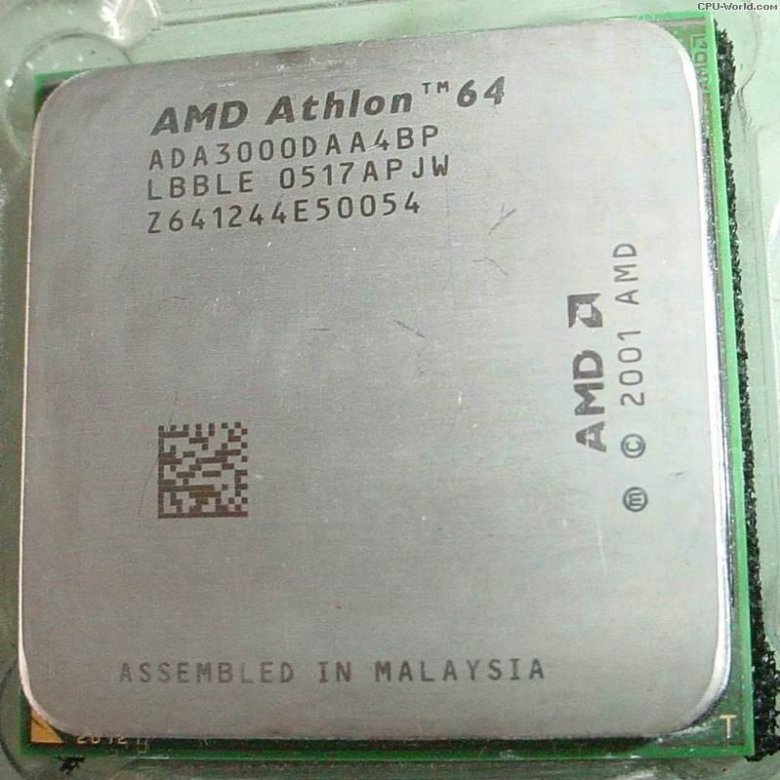
The worst idea would be to pair an AMD Athlon with a reasonably good graphics, let alone a mid range or a high end dedicated graphics card because the AMD Athlon will present serious bottlenecks for the dedicated graphics card.
Also Read:
- Is Intel Core i5 Good for Gaming?
- Is Intel Pentium Good for Gaming?
- Is Intel Core i7 Good for Gaming?
Should You Consider AMD Athlon for a Gaming Build?
The answer to this question brings us back to our original considerations when buying a CPU for gaming:
- Which model you are looking at?
- What games you intent to play?
Well if the only games you wish to play are online titles such as League of Legends, Warcraft , Rocket League etc. and that too at low graphics settings, then an AMD Athlon, particularly the desktop based Athlon CPUs should be sufficient.
However, if you have a higher level of gaming requirement such as playing the eSports titles at high graphics, let alone playing the AAA titles at high graphics cards, then you MUST look elsewhere.
I would personally recommend at LEAST a Ryzen 3 or Core i3 paired with a mid-low range graphics card such as a NVIDIA GTX 1050Ti for decent budget gaming build.
Athlons are NOT intended for gaming. They are intended for day to day work, and simple office work. Basically, Athlon serves the essential productivity market. Web surfing, word processing, casual entertainment and casual editing work are some of the area where Athlon can serve you well.
Also Read: Is Ryzen 3 Good for Gaming?
Final Words
From the discussion above, it should be clear that the answer to the question “is AMD Athlon good for gaming?” is a no. Unless you have a very tight budget and you only wish to play light online games, Athlon is NOT sufficient for a true gamer worth their salt.
AMD Athlon 3000G Review: An Unlocked $50 CPU
Today we’re taking a look at the new Athlon 3000G, AMD’s most affordable Zen-based processor yet coming in at just $50. To be clear, this unfortunately isn’t a Zen 2 processor.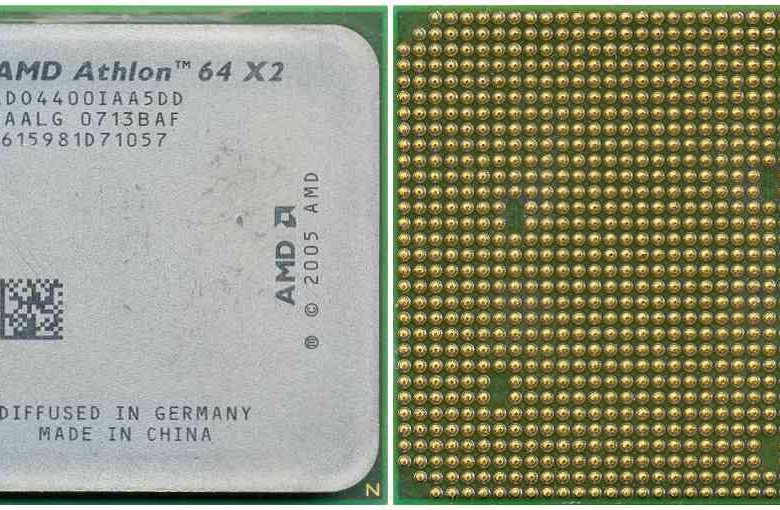 In order words, this is similar to the Ryzen 3 2200G and Ryzen 5 2400G, featuring Zen logic cores with an integrated Vega GPU.
In order words, this is similar to the Ryzen 3 2200G and Ryzen 5 2400G, featuring Zen logic cores with an integrated Vega GPU.
This also means that Athlon 3000G is just a refresh of the Athlon 240GE, which as many of you will know is a slightly higher clocked version of the $55 200GE. When compared to the 240GE, the 3000G still has 2 cores with SMT support for 4 threads, it operates at the same 3.5 GHz base frequency, packs 5 MB of cache and a Vega 3 graphics engine with 192 cores. The iGPU has been overclocked by 100 MHz, so it now operates at 1.1 GHz.
There is however one rather significant change that sees the Athlon 3000G to be completely unlocked. With previous releases you couldn’t overclock the CPU, GPU or DDR4 memory, while the 3000G is unlocked, allowing you to tinker with everything.
Also read: The Best Entry Level Gaming CPU: Athlon 200GE vs. Pentium G5400 vs. Ryzen 3 2200G
The headroom we anticipate won’t be huge, but you should be able to extract ~10% more out of the chip. The memory overclocking side is particularly useful given the default spec only calls for DDR4-2666 and this will limit iGPU performance quite a bit. So we’ve tested with DDR4-3200 memory which will give the 3000G a big advantage over the previously tested Athlon 200GE (we never got our hands on the 240GE).
The memory overclocking side is particularly useful given the default spec only calls for DDR4-2666 and this will limit iGPU performance quite a bit. So we’ve tested with DDR4-3200 memory which will give the 3000G a big advantage over the previously tested Athlon 200GE (we never got our hands on the 240GE).
An overclockable 240GE doesn’t sound too bad, especially considering AMD’s $75 offering is now down to $50 with the Athlon 3000G. For testing we’re using the MSI B450 Tomahawk Max and we’ve got fresh iGPU game data comparing a range of new and old Ryzen parts to the Intel Core i3-8100. Before that though, let’s check out some application benchmarks.
Benchmarks
Testing the Athlon 3000G with DDR4-3200 memory means we’re using the same memory as other Ryzen processors. The 200GE though is limited to DDR4-2666 memory. This sees memory bandwidth improve by 23%, so it will be interesting to see if the 3000G can put all that extra bandwidth to use.
Here’s a look at Cinebench R15 multi-threaded performance.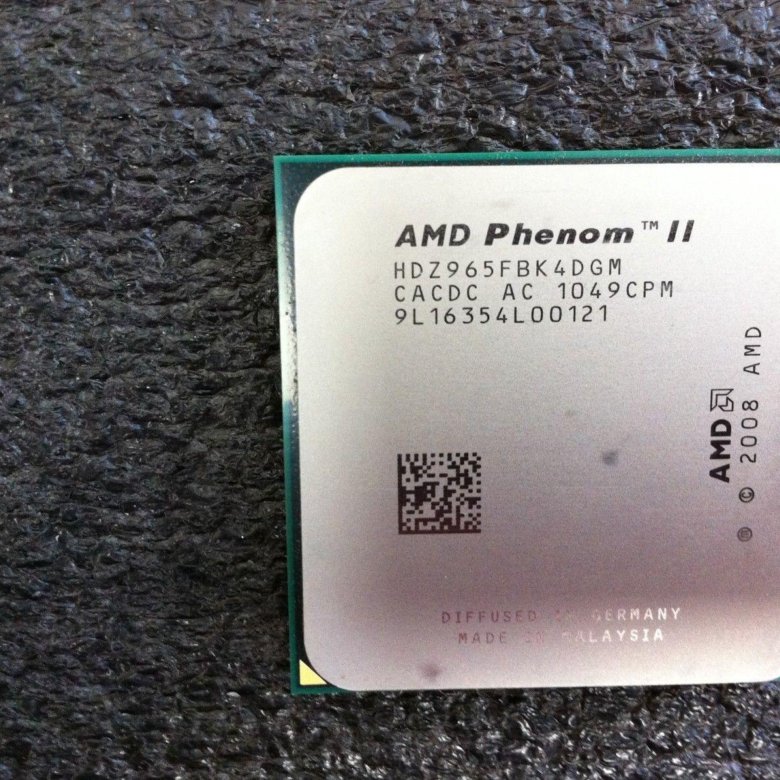 As expected the 3000G is ~5% faster than the Athlon 200GE and that placed it roughly on par with the Pentium G4560, not amazing performance by any stretch of the imagination, but it’s also not bad for $50.
As expected the 3000G is ~5% faster than the Athlon 200GE and that placed it roughly on par with the Pentium G4560, not amazing performance by any stretch of the imagination, but it’s also not bad for $50.
Single thread performance is also where you’d expect it to be, a fraction faster than the 200GE and on par with the Ryzen 3 1200. A score of 133 pts isn’t impressive by today’s standards, but for a $50 CPU isn’t bad and is more than powerful enough for office type tasks.
Speaking of, here’s a look at Excel performance using the Monte Carlo simulation and here the 3000G reduced the completion time from the 200GE by 6%. That said, it still took 16% longer than the Pentium G4560.
The higher clocked cores and extra memory bandwidth allowed for a mild 6% performance uplift in PCMark 10’s productivity benchmark. This placed the 3000G roughly on par with the Core i3-7100 and Ryzen 3 1200.
This time we see a 4% reduction in completion time for the Athlon 3000G when compared to the 200GE. About what you’d expect for a 9% increase in frequency.
About what you’d expect for a 9% increase in frequency.
Like Corona we only see a very minor performance improvement when testing with Blender, the 3000G completed this workload 5% faster and that meant it was still much slower than the Ryzen 3 1200 and Core i3-7100.
Power
The good news here comes with power consumption. The Athlon 3000G is very efficient, pushing total system usage to just 58 watts in the Blender benchmark. That’s a 12% increase over the 200GE but 23% less than the Pentium G4560.
Power consumption when gaming with the integrated GPU is also very good, we’ll look at gaming performance in a moment but needless to say the 3000G is faster than the Core i3-8100 and yet it consumes less power.
Gaming Benchmarks
Playing Rocket League the Athlon 3000G is 23% faster than the Core i3-8100, though it was only 4% faster than the 200GE. We had expected the faster DDR4 memory to provide a greater performance advantage.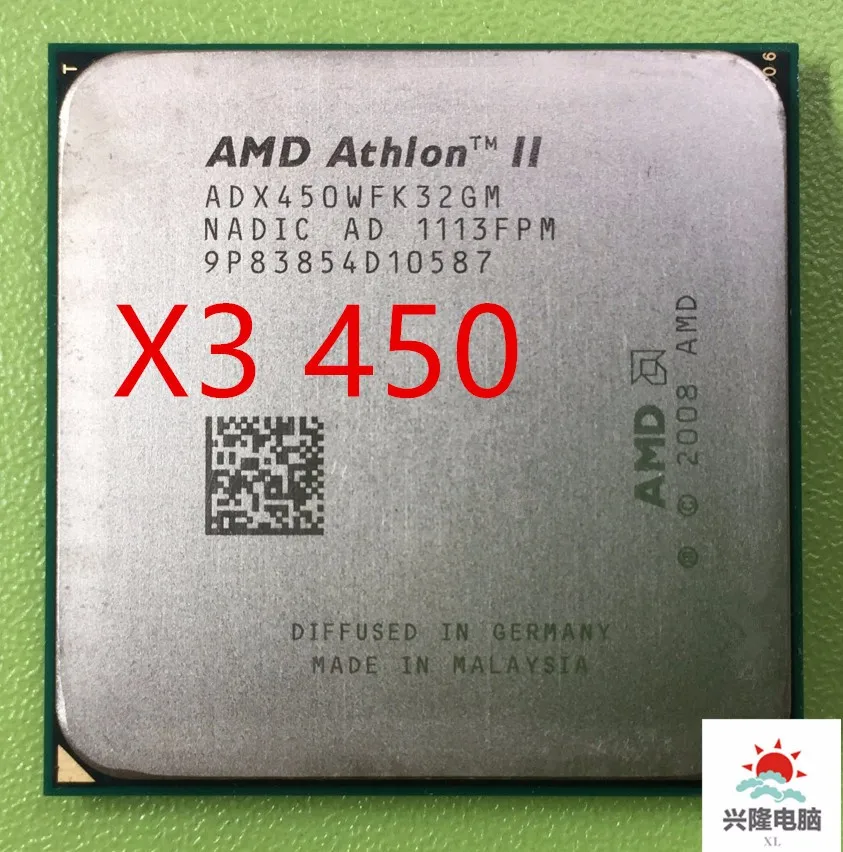
Performance in Rainbow Six Siege at 720p using the low quality settings is horrible, the game is mostly playable but with an average of 40 fps under these conditions it’s almost not worth bothering with. For twice the price you get twice the performance with the 2200G and 80 fps on average enables a significantly more enjoyable gaming experience.
Frame rates in Fortnite are a little better and here we can at least average 55 fps, though that’s only a 4 fps improvement over the 200GE. For those hoping to game on integrated graphics, we’d suggest going no lower than the Ryzen 3 2200G.
Overclocking and Wrap Up
A quick look at overclocking, using 1.35v we were able to push the clock multiplier to x40 and this resulted in an operating frequency of 4 GHz. This saw the 3000G’s Cinebench score improved by 10%, now capable of 418 pts.
No big surprises here. The Athlon 3000G performs as closely as we imagine the 240GE would, making it a smidgen faster than the 200GE.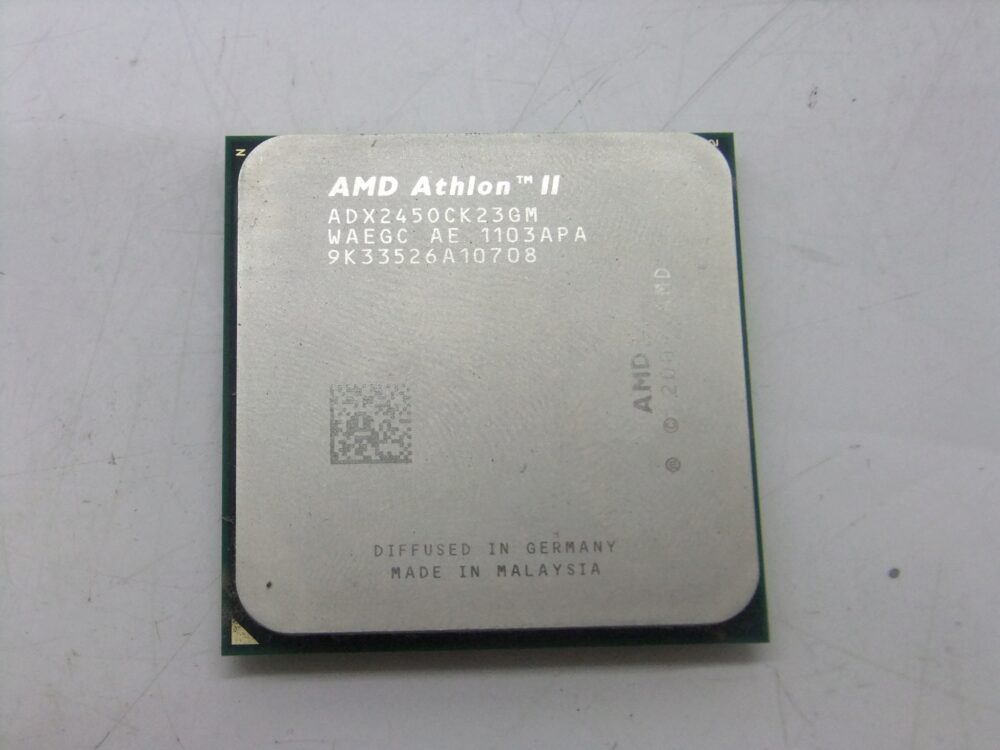 The good news is that you get it for less and it’s unlocked, and that makes it the fastest and cheapest Zen based Athlon part yet.
The good news is that you get it for less and it’s unlocked, and that makes it the fastest and cheapest Zen based Athlon part yet.
Actually, here’s a quick look at cost per point in Cinebench…
The Athlon 3000G is the cheapest CPU and it also offers the best value at just 13 cents per point. If you’re willing to spend just $14 more, the Ryzen 3 1200 is much more powerful, though in terms of value it’s about the same.
There are a number of options that will provide a much better experience, providing you can afford to spend $20 to $50 more, which might be a big ask given the 3000G costs $50 to begin with. Still, we think for most of you reading this it will make far more sense to just spend that additional $45 to get the Ryzen 3 3200G or even $100 more on the 2400G. Actually the 3400G seems to be on sale right now for $132 so that would be an even better option.
AMD provided the Asrock DeskMini A300 with our Athlon 3000G sample, it’s a neat little custom built system that we’ve featured before. It costs $150 as a barebone, you just have to add memory, storage and the CPU. That means with 8GB of DDR4, priced at around $35, a 256GB SSD for about $30, and the Athlon 3000G for $50, the entire build would come out at $265, so pretty damn cheap.
It costs $150 as a barebone, you just have to add memory, storage and the CPU. That means with 8GB of DDR4, priced at around $35, a 256GB SSD for about $30, and the Athlon 3000G for $50, the entire build would come out at $265, so pretty damn cheap.
Even if you went with the Ryzen 5 3400G, that would increase the total cost by 34% to $355, and that’s not an insignificant price increase for such an affordable PC, but you’ll end up with a much more capable PC that’ll deliver a vastly superior experience, particularly if you plan on gaming.
Where the Athlon 3000G makes sense is for businesses looking at buying hundreds or thousands of these things, at that point the savings are massive and for basic productivity tasks it’s proven to be more than capable. The 3000G is a good all-rounder for this purpose, while those after a cheap HTPC or just the cheapest new PC with warranty, there’s no better option at this price point.
Shopping Shortcuts:
- AMD Athlon 3000G on Amazon (soon)
- Athlon/Ryzen combo: Asrock B450M-HDV or MSI B450 Tomahawk & DDR4-3200 RAM
- AMD Ryzen 3 3200G on Amazon
- AMD Ryzen 3 3400G on Amazon
- AMD Ryzen 3 1200 on Amazon
- AMD Ryzen 5 3600 on Amazon
AMD Athlon K7 Retrospective — Custom PC magazine
But when AMD released its first K7 Athlon processors to reviewers in June, something unexpected happened. Sure, there was already some buzz about the new ‘K7’ CPU, thanks to intriguing early demos and briefings, but a Pentium III killer? Not likely. Yet when the final production samples hit magazine labs and website testbenches, it became clear that the new Athlon was pretty special.
Sure, there was already some buzz about the new ‘K7’ CPU, thanks to intriguing early demos and briefings, but a Pentium III killer? Not likely. Yet when the final production samples hit magazine labs and website testbenches, it became clear that the new Athlon was pretty special.
AMD’s chip wasn’t just matching Pentium III, clock speed for clock speed, but beating it. Worse, it was beating it in the kind of floating point intensive apps that Intel considered home territory, including 3D games. Athlon was kicking Intel right where it hurt, and that eye-watering discomfort wasn’t going to let up any time soon.
K7 comes together
How exactly did AMD manage this feat? Well, as with so many standout products in the hardware space, the answer involves several developments all coming together at the same time. On the one hand, the success of the K6 II and III had left AMD in a surprisingly strong position.
The K6 architecture had made the most of technology bought in with the company’s 1996 acquisition of NexGen and had pumped money into AMD’s war chest. It had also cemented AMD’s position as Intel’s most credible rival.
It had also cemented AMD’s position as Intel’s most credible rival.
What’s more, AMD also had new CPU and bus technology developed by the Digital Equipment Corporation (DEC) for its Alpha RISC processors. It had even taken on most of DEC’s RISC CPU design team, including key architects, Dirk Meyer and Jim Keller.
Thanks to a patent cross-licensing deal with Motorola, AMD also had a head start on new copper-based die manufacturing technologies, not to mention a new chip fab in Dresden on its way to use them. This would become important later on.
All this helped lead to a revolutionary design – the first 7th-generation x86 processor. The original 0.25-micron (250nm) Athlon had a die with over 22 million transistors – the highest transistor count of any x86 processor to date. It also had an ingenious split cache system, with 128KB of on-chip L1 cache operating at clock speed, plus another 512KB of L2 cache included in the processor module.
This L2 cache operated at a fraction of the clock speed – half-speed on the initial models – but with breathing room to scale to cover higher and slower speeds later on.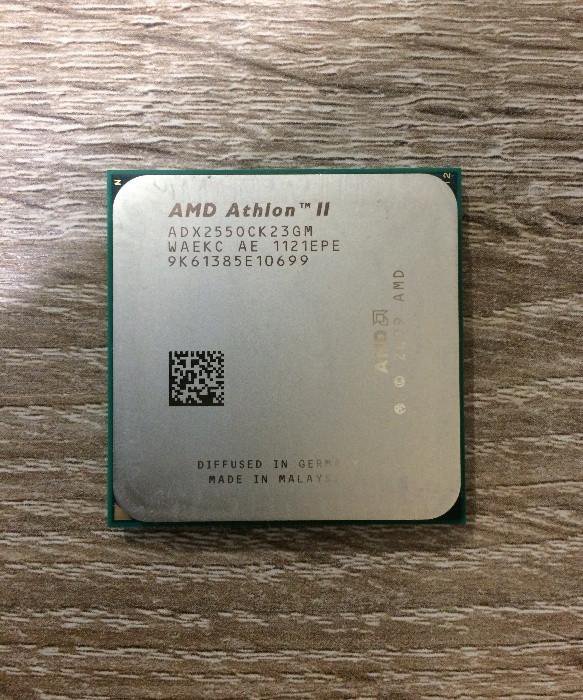 This arrangement gave Athlon a performance advantage over the earlier K6 processors, even before you factored any other architectural improvements into the equation.
This arrangement gave Athlon a performance advantage over the earlier K6 processors, even before you factored any other architectural improvements into the equation.
But these improvements were just as significant. Meyer, Keller and their team designed an architecture that was capable of decoding three x86 instructions simultaneously and – crucially – symmetrically, unlike the Pentium III.
True, the Pentium III’s instruction pipeline could handle three simple instructions at once, but feed it more than one lengthy, complex instruction and it choked, as only one pipeline could manage the workload. The Athlon, by contrast, could chew through three complex instructions without any trouble. You got three instructions at a time, every time.
What’s more, the design featured a new level of optimised branch prediction, which was not only more accurate in guessing what the next operation would be, but faster to recover when it got that guess wrong.
Like the team brought in from NexGen, the team brought in from DEC had serious skills and experience in RISC chip design, and AMD put this to good use.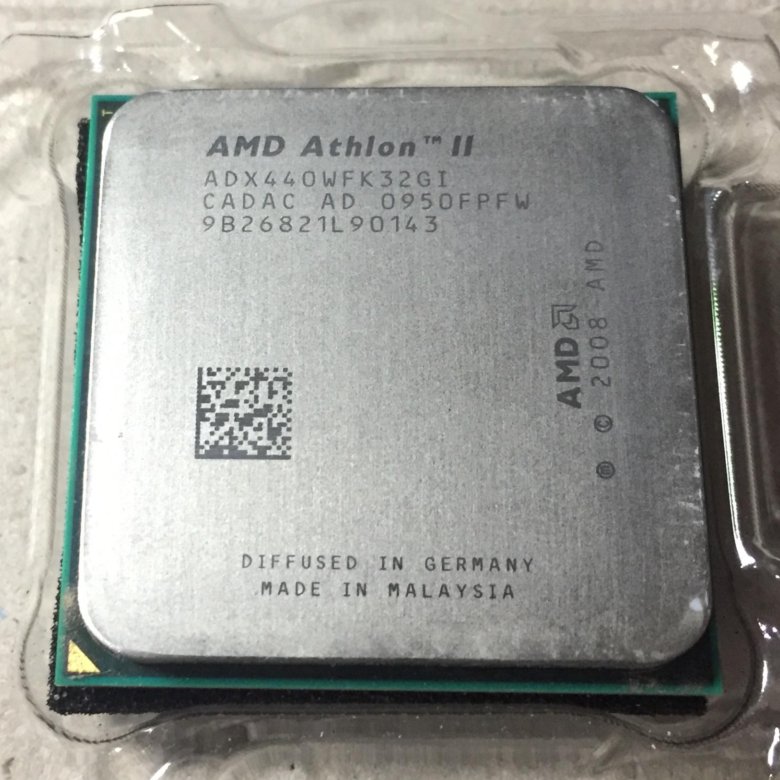 The Athlon architecture converted x86 instructions into more efficient ‘macro ops’ and then those ‘MOPS’ into RISC operations, which the CPU’s execution units could work on, nine to a clock.
The Athlon architecture converted x86 instructions into more efficient ‘macro ops’ and then those ‘MOPS’ into RISC operations, which the CPU’s execution units could work on, nine to a clock.
This design was incredibly efficient by the standards of the day, but it was also conducive to scaling upwards. Where the K6-III had been stuck at 500MHz, the Athlon launched at 500, 550 and 600MHz speeds, matching the 600MHz of Intel’s top-end Pentium III. As if that wasn’t enough, AMD added a 650MHz version in fewer than six weeks after launch. The final kicker was that AMD was no longer second rate on floating point operations.
Not only were the Athlon’s floating point units (FPUs) much faster than the weedy FPUs of the K6 line, but AMD built on the SIMD instructions of its 3DNow! Technology, with 24 new instructions on top of the original 21. Most mimicked the cache and streaming controls seen in Intel’s mighty SSE tech, but AMD also bundled in new DSP and complex maths extensions, plus MP3 and Dolby Digital decoding tools.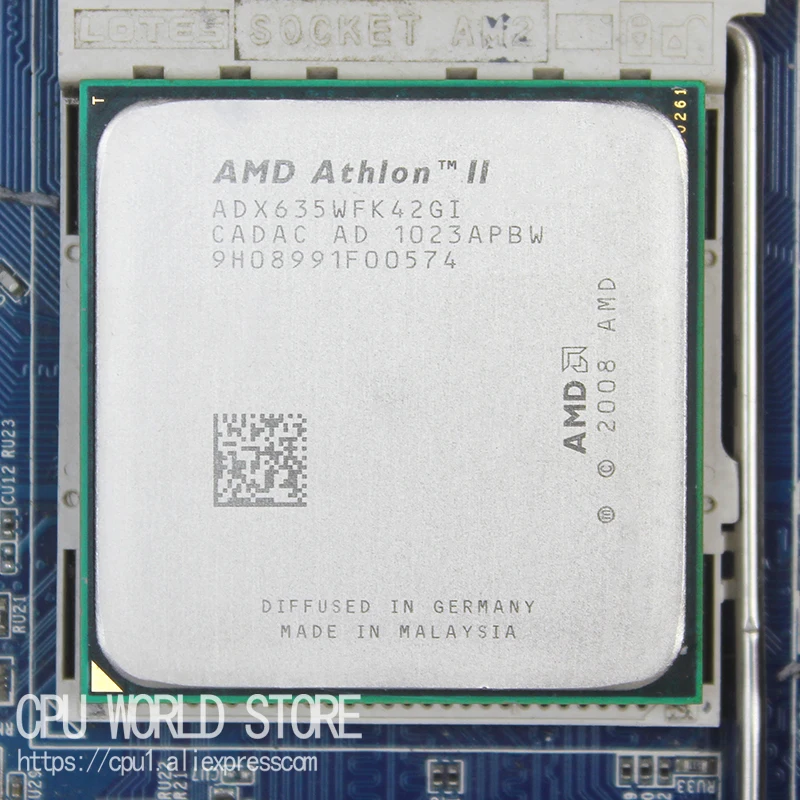 This chip was built to game and entertain.
This chip was built to game and entertain.
There was one final way that AMD now matched Intel – the Athlon was AMD’s first chip to abandon sockets and embrace the slot. AMD’s Slot-A connector harnessed DEC’s EV6 bus and bus protocol, which allowed for burst data transfers at double the rate of Intel’s equivalent GTL+, giving you a whopping 1.6GB/sec of bandwidth between the CPU and the motherboard chipset.
The Athlon’s front side bus operated at double the 100MHz speed of the memory bus, and as faster RAM became available, this gave AMD scope to up the FSB speed even further, to 266MHz or even 400MHz. What’s more, with a slot design, AMD could combine its CPU die and L2 cache in the one package, and that package was a whole lot easier to fit. And to make sure dozy upgraders didn’t try to stuff AMD CPUs into Intel slots or vice versa, it cleverly reversed the physical design.
Awesome Athlon
Talk about architectures and specs was all very well, of course, but nothing really prepared those of us benchmarking PCs in the late 1990s for the sheer undeniable awesomeness of Athlon.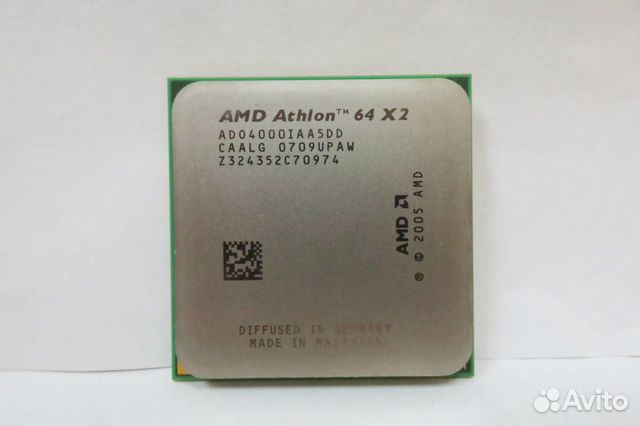 The results of benchmarks wouldn’t have made comfortable reading for Intel, especially once the Athlon 650 rolled out in August. Both the Athlon 600 and Athlon 650 were faster than the Pentium III 600 in Quake III: Arena, whether paired with the hero graphics chip of the day – Nvidia’s Riva TNT2 – or with 3dfx’s still speedy Voodoo 3.
The results of benchmarks wouldn’t have made comfortable reading for Intel, especially once the Athlon 650 rolled out in August. Both the Athlon 600 and Athlon 650 were faster than the Pentium III 600 in Quake III: Arena, whether paired with the hero graphics chip of the day – Nvidia’s Riva TNT2 – or with 3dfx’s still speedy Voodoo 3.
The Athlon was around 10 per cent faster in standard Windows applications, and up to 20 per cent faster in gaming benchmarks. The Athlon 600 was 10fps faster than the Pentium III 600 in the fiendishly demanding Quake II Crusher benchmark. As further tests from the likes of AnandTech proved, even a Pentium III overclocked to 650MHz couldn’t keep up.
And this was just the beginning. In September, Intel launched the Pentium III 600B – a variant of the ‘Katmai’ Pentium III with a 133MHz front side bus. It couldn’t match the Athlon 550 in many benchmarks, let alone the 600 and 650MHz versions, and still lagged behind the Athlon in when it came to gaming performance.
In October, AMD responded with a 700MHz Athlon that pulled even further ahead. AnandTech’s benchmarks of the time put it 20 per cent faster than the Pentium III 600B in the Quake II Crusher benchmark. It was nearly 27 per cent ahead in Quake III.
It was only with the launch of its Coppermine Pentium III processors in October 1999 that Intel could claw back the lead. Yet while the Pentium III 733EB was now king of the hill, an Athlon 700 could still benchmark faster in many tests than Intel’s 700MHz Coppermine Pentium III.
As the clock speeds rose, the competition just grew hotter. In November 1999, AMD launched a new series of Athlons with a 0.18-micron (180nm) K75 core, taking the top speed up to 750MHz. In January and February, these were followed with 800 and 850MHz CPUs. Then just as Intel geared up to launch a (gasp!) 1GHz Coppermine Pentium III in March 2000, AMD stole its thunder by launching the Athlon 1000. To really take the proverbial, it did it two days earlier, giving AMD the first 1000MHz x86 CPU.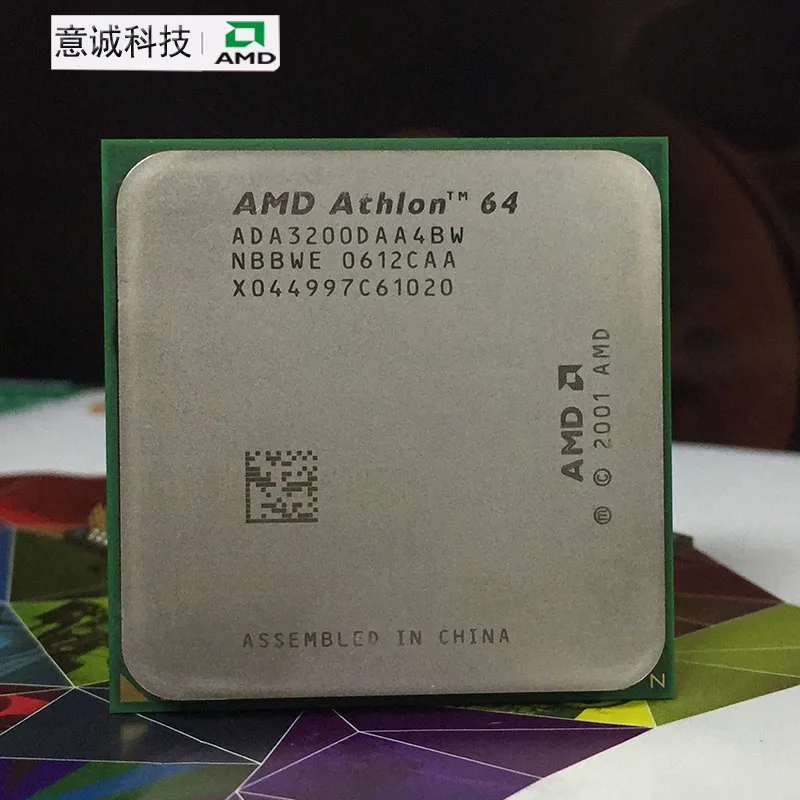
Athlon was first, but it wasn’t fastest. The Pentium III 1000EB was actually ahead of the Athlon 1000 in many tests, partly due to superior SSE support in many popular benchmark games.
Yet there was only a few frames per second in it, and Athlon systems often had the edge on price. What’s more, the Pentium III 1000 was only available to system builders at the time of launch. Anyone could get their hands on the 1GHz Athlon at the time.
Issues and overclocks
Of course, no new CPU comes without teething troubles. Early buyers found a range of compatibility issues with specific hardware, partly because Athlon was a complex, power-hungry CPU, and partly because of AGP slot power issues affecting many motherboards and driver issues with the latest Nvidia cards. With certain VIA chipsets and less consistent power supplies, you could find yourself in a world of instability. Nvidia even released a driver update for its graphics chips that disabled the high-performance 2x mode on the AGP slot when Athlon was detected.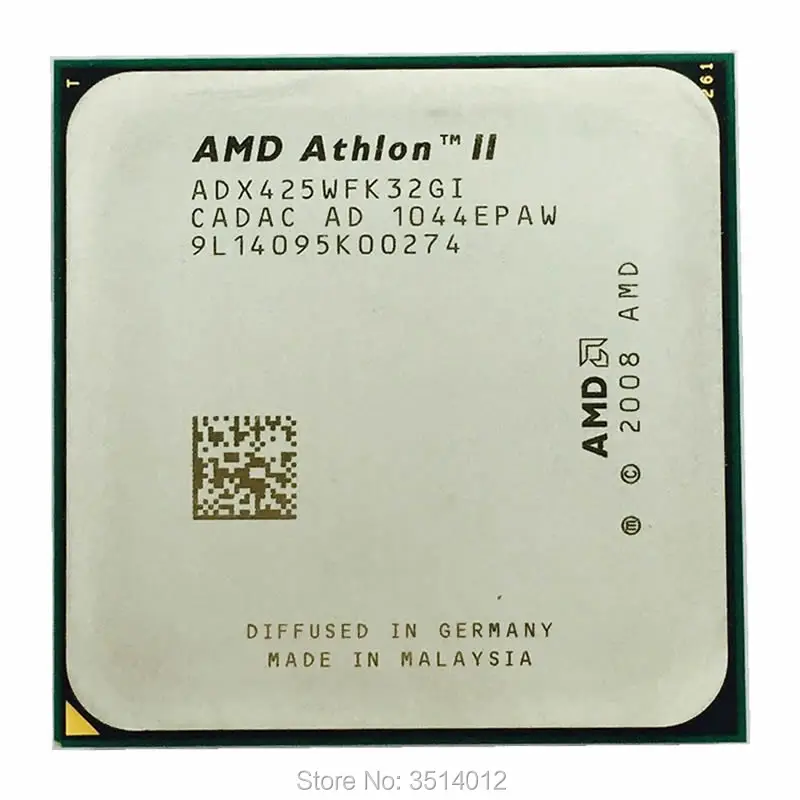
Some enthusiasts were also disappointed with the Athlon’s limited overclocking potential. The K6 line had been a treat for overclockers – gamers upped 450MHz CPUs to 600MHz routinely, and there was much debate in PC magazines about whether we should allow manufacturers to send in pre-overclocked systems.
The Athlon wasn’t having any of that. The only ways to overclock the original CPUs were to crack open the modules and interfere manually with the resistors, or to purchase a third-party ‘Goldfingers’ device which did it all for you. Through either method you could increase your multiplier and give your Athlon a healthy speed boost, although it meant invalidating your warranty along the way.
The age of Athlon
The Athlon set the stage for a golden age of PC CPUs. Intel struck back with Coppermine, then AMD replaced the K7’s old aluminium interconnects with copper, and ran the L2 cache at the full speed of the CPU. The 2nd-generation Athlon ‘Thunderbird’ processors could match and even beat the Coppermine Intel Pentium IIIs, causing Intel to push even further with its Coppermine T CPUs.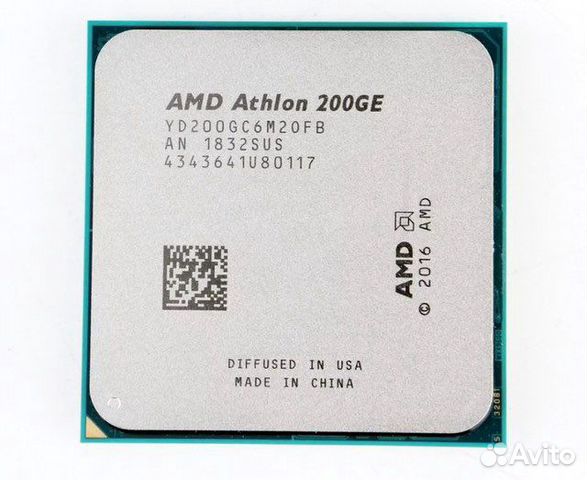
Before we knew it, 1GHz was starting to look like old hat. 1333MHz and 1400MHz were the new targets. Meanwhile, the K7 architecture was making waves at the budget end. Where Intel’s cheap, cache-less Celeron processors couldn’t handle Deus Ex, Half-Life or Unreal Tournament, AMD’s K7 Duron CPUs were storming through them.
There’s still a lot of affection for the Athlon in the PC enthusiast community. At a time when Intel seemed unassailable, it was the first chip to really knock it off its feet. This made Intel try a little harder, and the result was that everybody won. In fact, it’s a mark of that affection that when AMD created a new budget Zen-based processor line-up in 2018, it still used the Athlon brand, with the Athlon 3000G coming out in November 2019. It’s a sign of a classic brand when it’s still being used 20 years later.
AMD Athlon
The launch of the Athlon processor, in the summer of 1999, represented a major coup for AMD. It allowed them to boast not only of having produced the first seventh-generation processor – there are enough radical architectural differences between the Athlon core and that of the Pentium II/III and K6-III to earn it the title of a next-generation processor – but it also meant that they had wrested technological leadership from the mighty Intel at the same time.
The word Athlon derives from ancient Greek, where it can mean trophy or of the games, and the Athlon is the processor that AMD was looking to add a real competitive presence in the corporate sector to its traditionally strong performance in the consumer and 3D games markets. With a processor die size of 102mm2 and approximately 22 million transistors, the principal elements of the Athlon core included:
- Multiple Decoders: Three full x86 instruction decoders translate x86 instructions into fixed-length MacroOPs for higher instruction throughput and increased processing power. Instead of executing x86 instructions, which have lengths of 1 to 15 bytes, the Athlon processor executes the fixed-length MacroOPs, while maintaining the instruction coding efficiencies found in x86 programs.

- Instruction Control Unit: Once MacroOPs are decoded, up to three MacroOPs per cycle are dispatched to the instruction control unit (ICU). The ICU is a 72-entry MacroOP reorder buffer (ROB) that manages the execution and retirement of all MacroOPs, performs register renaming for operands, and controls any exception conditions and instruction retirement operations. The ICU dispatches the MacroOPs to the processor’s multiple execution unit schedulers.
- Execution Pipeline: The Athlon contains an 18-entry integer/address generation MacroOP scheduler and a 36-entry floating-point unit (FPU)/multimedia scheduler. These schedulers issue MacroOPs to the nine independent execution pipelines – three for integer calculations, three for address calculations, and three for execution of MMX, 3DNow!, and x87 floating-point instructions.
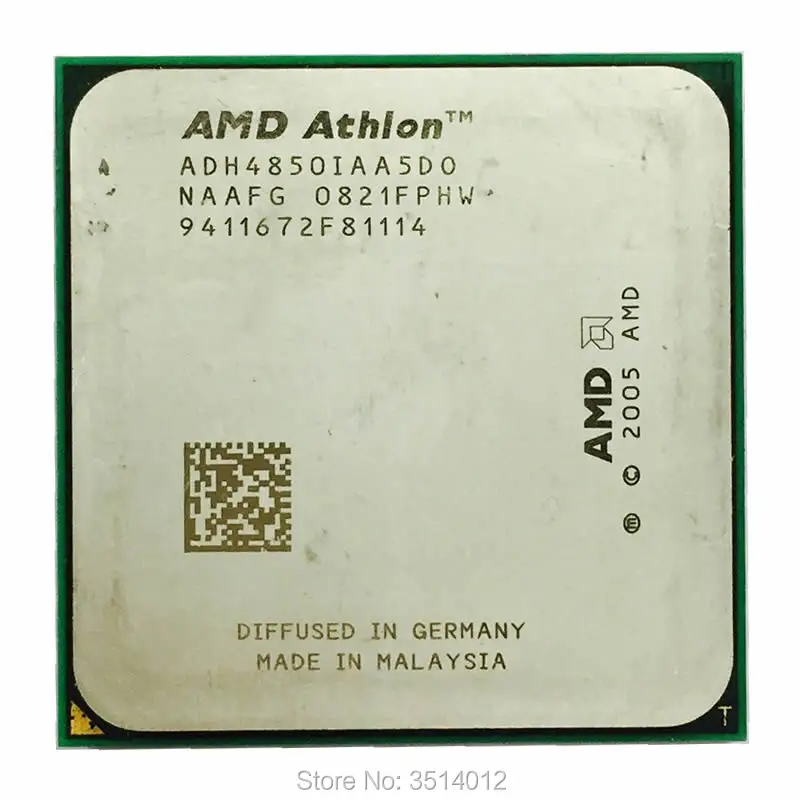
- Superscalar FPU: AMD’s previous CPUs were poor floating-point performers compared with Intel’s. This previous weakness has been more than adequately addressed in the Athlon, which features an advanced three-issue superscalar engine based on three pipelined out-of-order execution units (FMUL, FADD, and FSTORE). The term superscalar refers to a CPU’s ability to execute more than one instruction per clock cycle, and while such processors have existed for some time now, the Athlon represents the first application of the technology to an FPU subsystem. The superscalar performance characteristic of the Athlon’s FPU is partly down to pipelining – the process of pushing data and instructions into a virtual pipe so that the various segments of this pipe can process the operations simultaneously.
 The bottom line is that the Athlon is capable of delivering as many as four 32-bit, single-precision floating-point results per clock cycle, resulting in a peak performance of 2.4 Gflops at 600MHz.
The bottom line is that the Athlon is capable of delivering as many as four 32-bit, single-precision floating-point results per clock cycle, resulting in a peak performance of 2.4 Gflops at 600MHz. - Branch Prediction: The AMD Athlon processor offers sophisticated dynamic branch prediction logic to minimise or eliminate the delays due to the branch instructions (jumps, calls, returns) common in x86 software.
- System Bus: The Athlon system bus is the first 200MHz system bus for x86 platforms. Based on the Digital’s Alpha EV6 bus protocol, the frontside bus (FSB) is potentially scaleable to 400MHz and beyond and, unlike the shared bus SMP (Symmetric Multi-Processing) design of the Pentium III, uses a point-to-point architecture to deliver superior bandwidth for uniprocessor and multiprocessor x86 platforms.
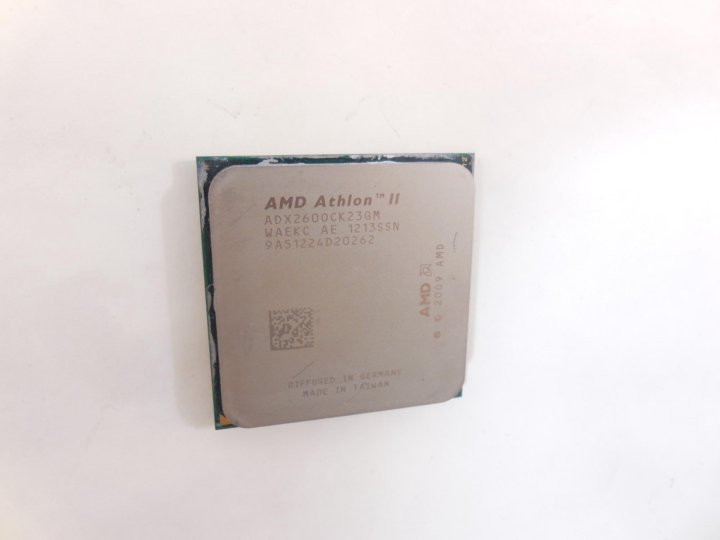
- Cache Architecture: Athlon’s cache architecture is a significant leap forward from that of conventional sixth-generation CPUs. The total Level 1 cache is 128KB – four times that of the Pentium III – and the high-speed 64-bit backside Level 2 cache controller supports between 512KB and a massive 8MB.
- Enhanced 3DNow!: In response to Intel’s Pentium III Streaming SIMD Extensions, the 3DNow! implementation in the Athlon has been upgraded, adding 24 new instructions to the original 21 3DNow! instructions – 19 to improve MMX integer math calculations and enhance data movement for Internet streaming applications and 5 DSP extensions for soft modem, soft ADSL, Dolby Digital, and MP3 applications.
The Athlon uses AMD’s Slot A module design, which is mechanically compatible with Slot 1 motherboards but uses a different electrical interface – meaning that Athlon CPUs will not work with Slot 1 motherboards.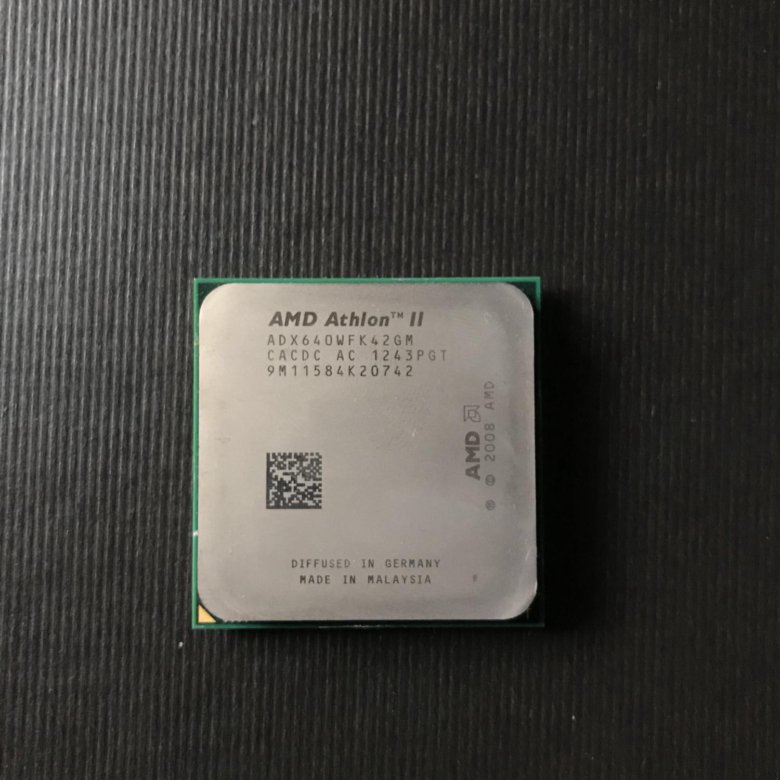 Slot A is designed to connect electrically to a 200MHz system bus based on the Alpha EV6 bus protocol, thus delivering a significant performance advantage over the Slot 1 infrastructure. As well as providing its own optimised chipset solution – the AMD-750 chipset – the company is working with leading third-party chipset suppliers to assist them in delivering their own Athlon-optimised solutions.
Slot A is designed to connect electrically to a 200MHz system bus based on the Alpha EV6 bus protocol, thus delivering a significant performance advantage over the Slot 1 infrastructure. As well as providing its own optimised chipset solution – the AMD-750 chipset – the company is working with leading third-party chipset suppliers to assist them in delivering their own Athlon-optimised solutions.
The Athlon was initially available in speed grades of 500, 550 and 600MHz with a 650MHz following a little later, all fabricated using AMD’s 0.25-micron process technology. By the end of 1999 AMD had increased speeds further, its new 750MHz K75 core being the first processor built using the company’s aluminium 0.18-micron, six-layer metal, manufacturing process technology. Whether this can claim to have been the fastest x86 CPU of the millennium is debatable, as Intel was quick to respond with the announcement of an 800MHz Pentium III.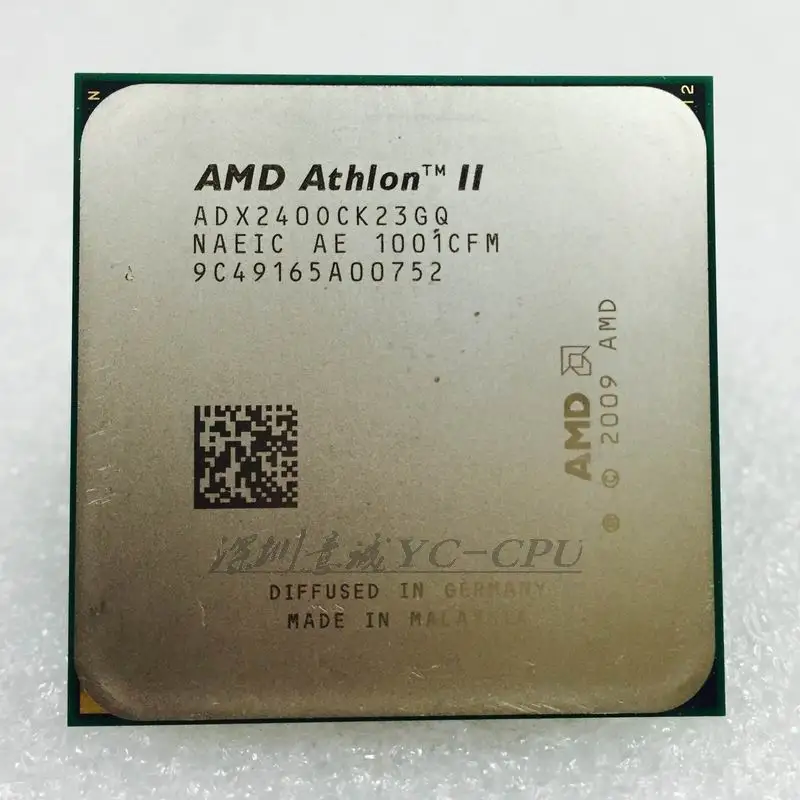 However, AMD re-took the lead in the speed stakes early in 2000 with the announcement of 800MHz and 850MHz versions and succeeded in beating Intel to the coveted 1GHz barrier by a matter of days some weeks later.
However, AMD re-took the lead in the speed stakes early in 2000 with the announcement of 800MHz and 850MHz versions and succeeded in beating Intel to the coveted 1GHz barrier by a matter of days some weeks later.
In fact, the last few processor releases based on the K75 core were a little disappointing in that each increase in clock speed was accompanied by a drop in the L2 cache frequency of the processor, which never peaked above 350MHz. This architectural limitation was soon to be addressed however, with the release of the next iteration in the Athlon line, the Thunderbird, along with its full speed on-die L2 cache.
- AMD K6
- AMD K6-2
- AMD 3DNow
- AMD K6-3
- AMD Athlon
- AMD 750 Chipset
- AMD Thunderbird
- AMD Duron
- AMD Palomino
- AMD Morgan
- AMD Thoroughbred
- AMD Barton
- AMD HyperTransport
- AMD Hammer
- AMD Athlon 64
- AMD Sempron
- AMD Athlon 64 X2
- AMD Socket AM2
- Barcelona, AMD’s native Quad Core CPU
Filed Under: AMD technology
Latest Articles
Power supplies must comply with either the ATX12V or SFX12V design guidelines and supply additional current on the 12V power rail through a new 2×2 connector.
All Pentium 4 processor-based systems require the standard 2×10, 20-pin ATX power connector …
… as well as the 2×2, 4-pin … [Read More…]
Before mounting the device, you’ll need to configure it via the jumper switch located on the rear of the drive.
SCSI ID setting:
The three leftmost jumpers are used to configure the drive’s SCSI ID number. This can be assigned a value of 0 through 7.
Usually, 7 is reserved for the … [Read More…]
Triton430FX
Introduced in early 1995, the 82430FX — to give it its full name — was Intel’s first Triton chipset and conformed to the PCI 2.0 specification. It introduced support for EDO memory configurations of up to 128MB and for pipelined burst cache and synchronous cache … [Read More…]
AMD Athlon Processors List
Filter by codename
- Bristol Ridge
- Dali
- Kabini
- Raven Ridge 2
- Zen
| Name | Cores / Threads | Clock | Socket | L3 Cache | TDP | Released |
|---|---|---|---|---|---|---|
| AMD Athlon Silver PRO 3125GE Athlon (Dali) |
2 / 4 | 3.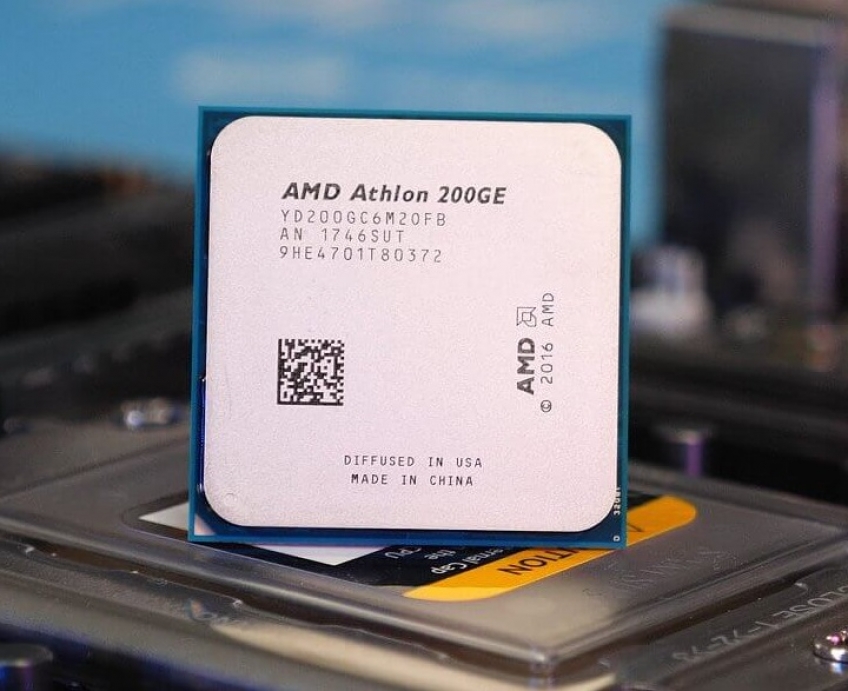 4 GHz 4 GHz |
AMD Socket AM4 | 4MB (shared) | 35 W | 21 July 2020 |
| AMD Athlon Silver 3050GE Athlon (Dali) |
2 / 4 | 3.4 GHz | AMD Socket AM4 | 4MB (shared) | 35 W | 21 July 2020 |
| AMD Athlon Gold 3150G Athlon (Dali) |
4 / 4 | 3.5 GHz (up to 3.9 GHz) |
AMD Socket AM4 | 4MB (shared) | 65 W | 21 July 2020 |
| AMD Athlon Gold 3150GE Athlon (Dali) |
4 / 4 | 3.5 GHz (up to 3.8 GHz) |
AMD Socket AM4 | 4MB (shared) | 35 W | 21 July 2020 |
| AMD Athlon Gold PRO 3150G Athlon (Dali) |
4 / 4 | 3.5 GHz (up to 3.9 GHz) |
AMD Socket AM4 | 4MB (shared) | 65 W | 21 July 2020 |
| AMD Athlon Gold PRO 3150GE Athlon (Dali) |
4 / 4 | 3. 5 GHz 5 GHz (up to 3.8 GHz) |
AMD Socket AM4 | 4MB (shared) | 35 W | 21 July 2020 |
| AMD Athlon 3000G Athlon (Zen) |
2 / 4 | 3.5 GHz | AMD Socket AM4 | 4MB (shared) | 35 W | 21 November 2019 |
| AMD Athlon PRO 300U Athlon (Raven Ridge 2) |
2 / 4 | 2.4 GHz (up to 3.3 GHz) |
AMD Socket FP5 | 4MB (shared) | 15 W | 8 April 2019 |
| AMD Athlon 300U Athlon (Raven Ridge 2) |
2 / 4 | 2.4 GHz (up to 3.3 GHz) |
AMD Socket FP5 | 4MB (shared) | 15 W | 6 January 2019 |
| AMD Athlon 220GE Athlon (Zen) |
2 / 4 | 3.4 GHz | AMD Socket AM4 | 4MB (shared) | 35 W | 21 December 2018 |
| AMD Athlon 220GE Athlon (Zen) |
2 / 4 | 3.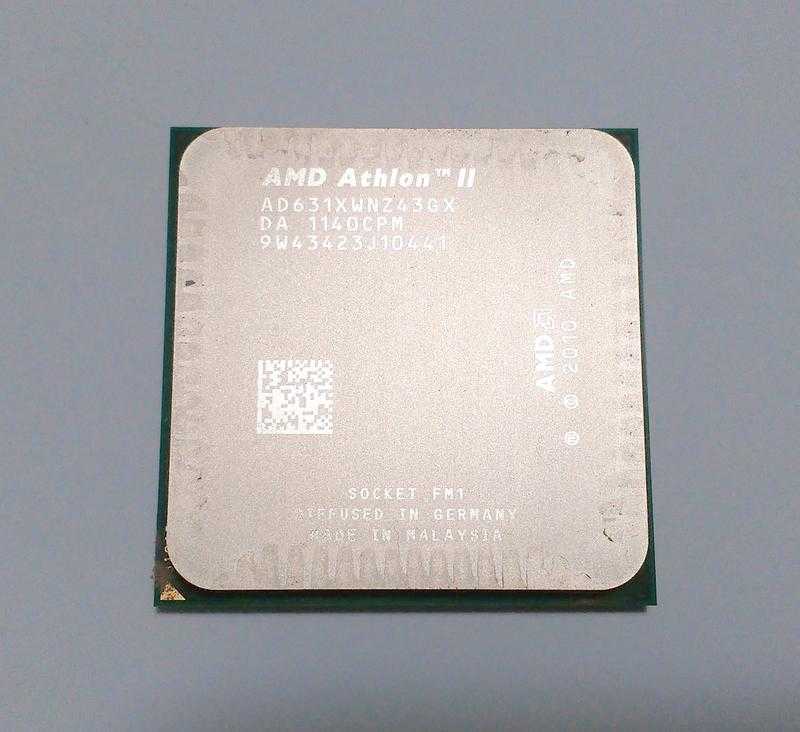 4 GHz 4 GHz |
AMD Socket AM4 | 4MB (shared) | 35 W | 21 December 2018 |
| AMD Athlon 240GE Athlon (Zen) |
2 / 4 | 3.5 GHz | AMD Socket AM4 | 4MB (shared) | 35 W | 21 December 2018 |
| AMD Athlon 200GE Athlon (Zen) |
2 / 4 | 3.2 GHz | AMD Socket AM4 | 4MB (shared) | 35 W | 1 June 2018 |
| AMD Athlon 220GE Athlon (Zen) |
2 / 4 | 3.4 GHz | AMD Socket AM4 | 4MB (shared) | 35 W | 1 June 2018 |
| AMD Athlon PRO 200GE Athlon (Zen) |
2 / 2 | 3.2 GHz | AMD Socket AM4 | 4MB (shared) | 35 W | 1 June 2018 |
| AMD Athlon X4 950 Athlon (Bristol Ridge) |
4 / 4 | 3.5 GHz (up to 3.8 GHz) |
AMD Socket AM4 | — | 65 W | 27 July 2017 |
| AMD Athlon X4 970 Athlon (Bristol Ridge) |
4 / 4 | 3. 8 GHz 8 GHz (up to 4 GHz) |
AMD Socket AM4 | — | 65 W | 27 July 2017 |
| AMD Athlon X4 940 Athlon (Bristol Ridge) |
4 / 4 | 3.2 GHz (up to 3.6 GHz) |
AMD Socket AM4 | — | 65 W | 27 July 2017 |
| AMD Athlon 5150 Athlon (Kabini) |
4 / 4 | 1600 MHz | AMD Socket AM1 | — | 25 W | 9 April 2014 |
| AMD Athlon 5350 Athlon (Kabini) |
4 / 4 | 2.05 GHz | AMD Socket AM1 | — | 25 W | 9 April 2014 |
| AMD Athlon 5370 Athlon (Kabini) |
4 / 4 | 2.2 GHz | AMD Socket AM1 | — | 25 W | 9 April 2014 |
Browse by generation
- A10
- A12
- A4
- A6
- A8
- A9
- Athlon
- Athlon 64
- Athlon 64 FX
- Athlon 64 X2
- Athlon II X2
- Athlon II X3
- Athlon II X4
- Athlon Model 4
- Athlon X2
- Athlon XP
- C
- E
- E1
- E2
- EPYC
- EPYC Embedded
- FX
- Mobile Athlon 64
- Mobile Sempron
- Opteron
- Opteron X2
- Phenom II X2
- Phenom II X3
- Phenom II X4
- Phenom II X6
- Phenom X3
- Phenom X4
- Ryzen 3
- Ryzen 5
- Ryzen 7
- Ryzen 9
- Ryzen Embedded
- Ryzen Threadripper
- Sempron
- Sempron X2
- Turion 64
- Turion X2
- Turion X2 Ultra
- Z
Review of the AMD Athlon 600 MHz processor
It seems that since the 486 processors, when both Intel and AMD coexisted side by side and practically did not compete with each other, using the same technologies, AMD for the first time has a chance to put Intel on the blades.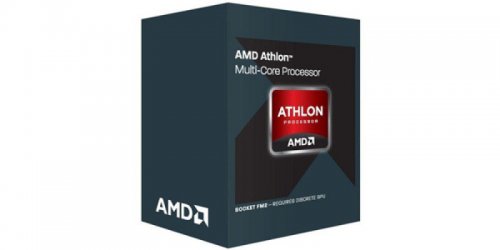 Why? The answer is simple — a new seventh-generation AMD Athlon processor has appeared on the market.
Why? The answer is simple — a new seventh-generation AMD Athlon processor has appeared on the market.
But first, let’s look at history. The first processor AMD developed in-house was the K5, released in 1996. Now few people remember him, though there is nothing special to remember there. As always, late with the release of this crystal, lagging behind in clock speed and performance, AMD could not win the favor of users then.
After this failure, AMD acquired the now forgotten NexGen, another independent x86 processor developer that had state-of-the-art technology at the time and produced chips without an arithmetic coprocessor in small quantities. Using these developments, AMD designed a new generation of its CPUs — K6. In operations with integers, these processors began to surpass their counterparts from Intel, but the floating point unit still left much to be desired. And since the games in the Action genre that began to actively gain popularity relied on the FPU in their calculations, the AMD K6 was again waiting for a failure.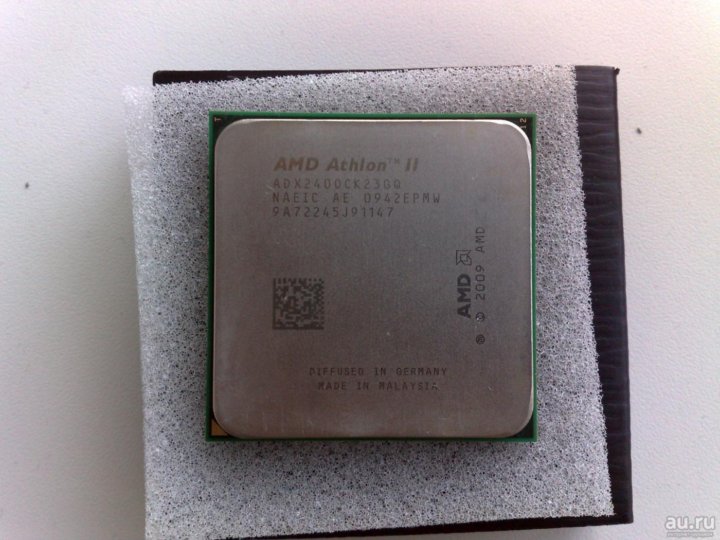
AMD did not give up and for the needs of computer games offered to use not a coprocessor, but a specially designed set of 3DNow! SIMD instructions. This is how the AMD K6-2 processor appeared, in which one more unit of operations with single precision floating point numbers was added to the usual K6 core. Due to the fact that he could perform the same type of calculations with four pairs of operands at the same time, on specially optimized for 3DNow! K6-2 applications showed good performance. However, only Quake2 turned out to be specially and properly optimized, and therefore users, for the most part, were dissatisfied.
Then AMD added to its K6-2 processor a second-level cache integrated into the core, running at the frequency of the crystal. This saved performance — the resulting K6-III could successfully compete with analogues, however, Intel practically crushed this undertaking with prices. The Celeron was much cheaper, but still provided quite decent performance.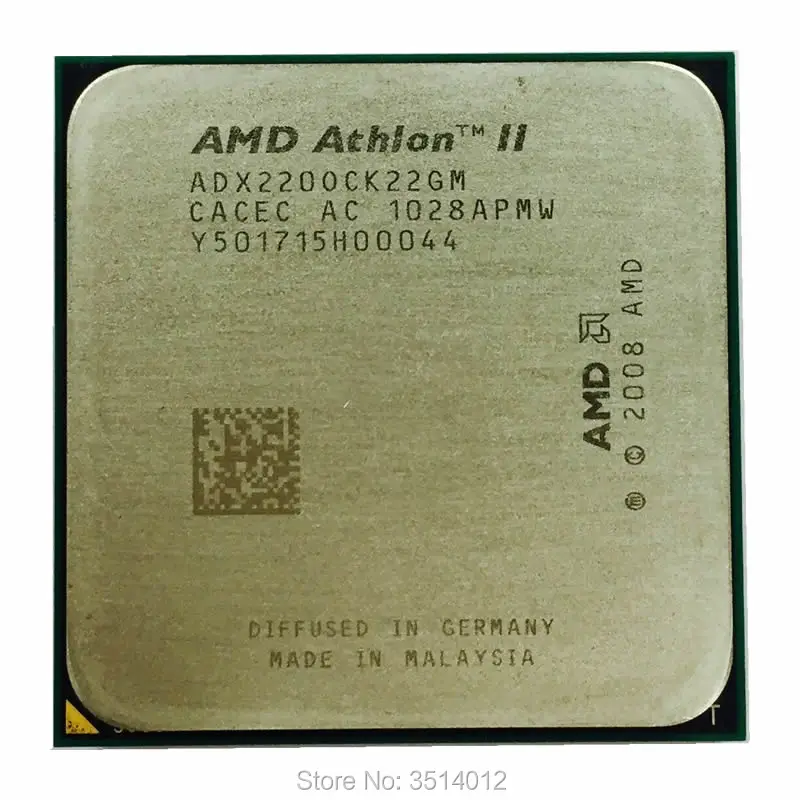
As a result, we got what we got. Being in a state of price war, Intel and AMD came to the conclusion that the cheapest Intel Celerons are sold almost at cost, if not lower, and another product from Intel, the Pentium III, settled in the market for expensive processors. The only remaining chance to survive for AMD, exhausted and losing its capital in the struggle, is to enter the market of expensive and productive processors. Moreover, to gain a foothold on it is not due to the price — this weapon is perfectly owned by Intel, which can drop prices much stronger than AMD, but due to speed. This is exactly what AMD tried to do by throwing a new generation processor on the market — Athlon.
If we take a superficial approach to the AMD Athlon architecture, then its main parameters can be outlined as follows:
- Chip produced using 0.25 micron technology boards with a processor socket Slot A
- Uses the Alpha EV6 high-performance system bus licensed from DEC
- 128 KB L1 cache — 64 KB each for code and data
- L2 cache 512 KB.
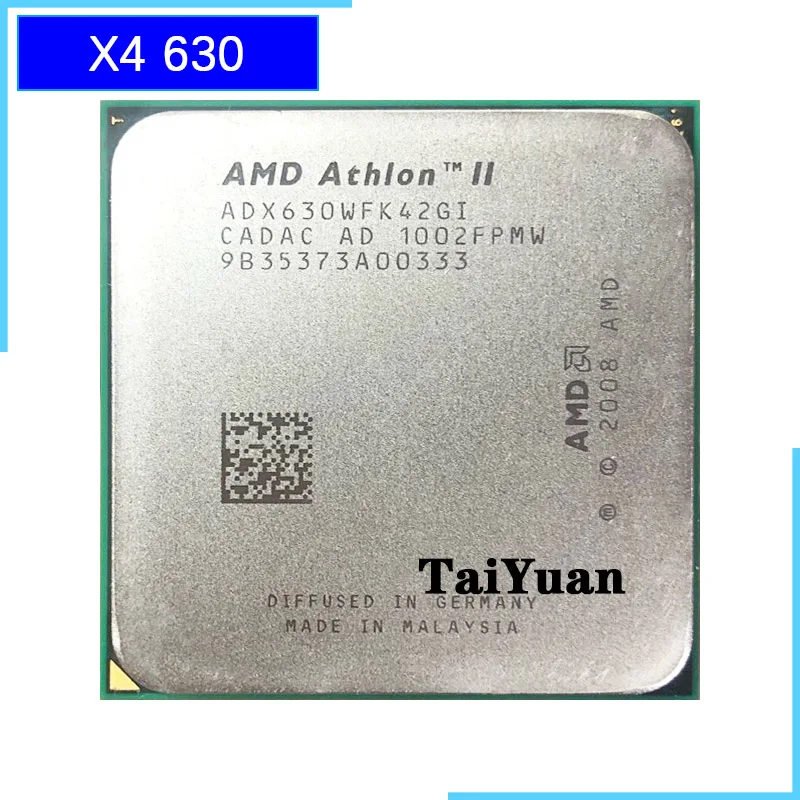 Located outside the processor core, but in the processor cartridge. Runs at half core frequency
Located outside the processor core, but in the processor cartridge. Runs at half core frequency - Supply voltage — 1.6V
- A set of 3DNow! SIMD instructions, extended with additional commands. 45 commands in total
- Available in 500, 550, 600 and 650 MHz versions. A version with a frequency of 700 MHz will appear in the near future
It should be borne in mind that when the new Dresden Fab30 starts operating in early 2000, releasing Athlon using 0.18 micron technology, on which AMD has special hopes, one of the above parameters may change.
However, the AMD Athlon processor seems so simple only at first glance. In fact, behind these few lines are numerous architectural innovations, which we will consider later. However, the simple characteristics of AMD Athlon are also impressive. For example, as you can see, Athlon outperforms Intel not only in the maximum clock frequency (Intel Pentium III has 600 MHz, and besides, it works at a core voltage increased to 2.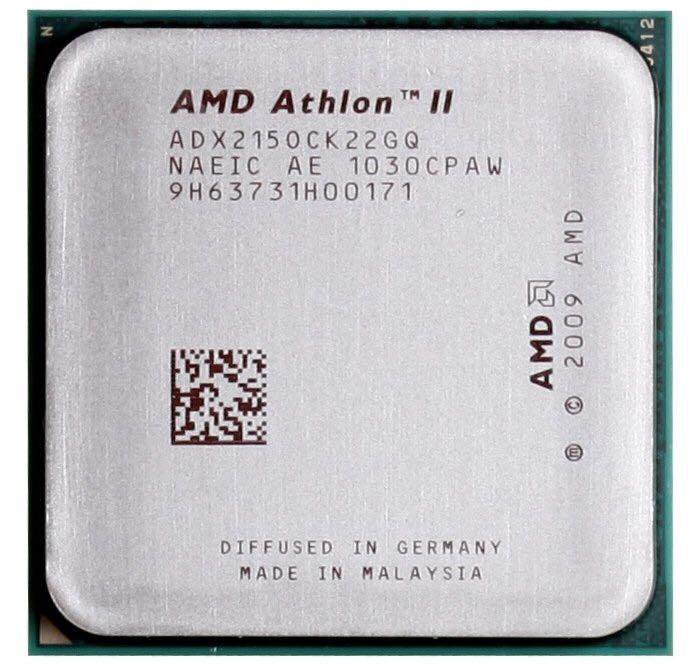 05V), but also in the size of the first level cache, which the Intel Pentium III has only 32 KB.
05V), but also in the size of the first level cache, which the Intel Pentium III has only 32 KB.
Let’s move on to a more detailed review of the AMD Athlon architecture.
System bus
Before delving into the processor itself, let’s see how the EV6 system bus used by AMD differs from the usual Intel GTL+. External resemblance can be deceiving. While the Slot A processor socket on AMD Athlon motherboards looks the same as Slot 1 flipped 180 degrees, the bus protocols and pin assignments of the Intel Pentium III and AMD Athlon are completely different. Moreover, even the number of signals involved is different — the Athlon uses about half of the 242 pins, while the Pentium III uses only a quarter. The external similarity is due to the fact that AMD simply wanted to make life easier for motherboard manufacturers, who do not have to buy special connectors to install on Slot A motherboards. Only and everything.
In fact, even though EV6 operates at 100 MHz, data transmission over it, unlike GTL +, is carried out on both signal edges, therefore the actual data transmission frequency is 200 MHz. If we take into account the fact that the width of the EV6 bus is 72 bits, 8 of which are used for ECC (checksum), then we get a data transfer rate of 64 bits x 200 MHz = 1.6 GB / s. Let me remind you that the throughput of GTL + operating at 100 MHz is half as much — 800 MB / s. Increasing the frequency of GTL + to 133 MHz gives an increase in throughput while only up to 1.06 GB / s. It would seem that both in the case of GTL +, and with EV6, impressive throughput values are obtained. However, only modern PC100 memory can consume up to 800 MB/s from it, and AGP operating in 2x mode — up to 528 MB/s. Not to mention PCI and any other small things. It turns out that GTL + already now can not cope with the transferred data volumes. In EV6, in this case, everything is in order, because this tire is more promising.
If we take into account the fact that the width of the EV6 bus is 72 bits, 8 of which are used for ECC (checksum), then we get a data transfer rate of 64 bits x 200 MHz = 1.6 GB / s. Let me remind you that the throughput of GTL + operating at 100 MHz is half as much — 800 MB / s. Increasing the frequency of GTL + to 133 MHz gives an increase in throughput while only up to 1.06 GB / s. It would seem that both in the case of GTL +, and with EV6, impressive throughput values are obtained. However, only modern PC100 memory can consume up to 800 MB/s from it, and AGP operating in 2x mode — up to 528 MB/s. Not to mention PCI and any other small things. It turns out that GTL + already now can not cope with the transferred data volumes. In EV6, in this case, everything is in order, because this tire is more promising.
At the same time, as the GTL+ frequency can be increased from 100 to 133 MHz, it is planned that the EV6 frequency will also subsequently reach 133 (266), and then 200 (400) MHz. However, these plans may not come true — to implement work on an EV6 motherboard that requires a larger number of contact tracks is somewhat more difficult, especially at higher frequencies. Although, if AMD succeeds, the system bus bandwidth can reach 2.1 and 3.2 GB/s, respectively, which will make it possible to freely use high-performance 266 MHz DDR SDRAM in Athlon systems, for example.
However, these plans may not come true — to implement work on an EV6 motherboard that requires a larger number of contact tracks is somewhat more difficult, especially at higher frequencies. Although, if AMD succeeds, the system bus bandwidth can reach 2.1 and 3.2 GB/s, respectively, which will make it possible to freely use high-performance 266 MHz DDR SDRAM in Athlon systems, for example.
Another interesting feature of EV6 is support for multiprocessor systems, which AMD plans to enter the market in the coming year. Unlike GTL+, EV6 provides a point-to-point connection between the processors and the chipset, allowing full bus bandwidth to be dedicated to each processor. Theoretically, up to 14 processors can be connected in this way. The limitation on the number of processors in Intel systems is due, in particular, to the fact that the total throughput of GTL + is divided equally between the CPUs. Therefore, EV6 seems promising when used in multiprocessor systems.
| EV6 | GTL+ |
Cache
Let’s talk about the functioning of AMD L2 caches1.
As for the L1 cache in AMD Athlon, its size of 128 KB exceeds the size of L1 cache in Intel Pentium III by as much as 4 times, not only supporting the high performance of Athlon, but also ensuring its efficient operation at high frequencies. In particular, one of the problems of the Katmai architecture used by Intel, which, it seems, no longer allows increasing performance by simply increasing the clock frequency, is precisely the small amount of L1 cache, which begins to choke at frequencies approaching a gigahertz. AMD Athlon does not have this shortcoming.
As far as the L2 cache is concerned, AMD is on top here too. First, the tag integrated into the core for the L2 cache supports its sizes from 512 KB to 16 MB. The Pentium III, as you know, has an external Tag-RAM that only supports a 512-KB L2 cache. In addition, Athlon can use different L2 cache rate divisors: 1:1, 1:2, 2:3 and 1:3. This diversity of dividers allows AMD not to depend on suppliers of SRAM of a certain speed, especially when releasing faster models.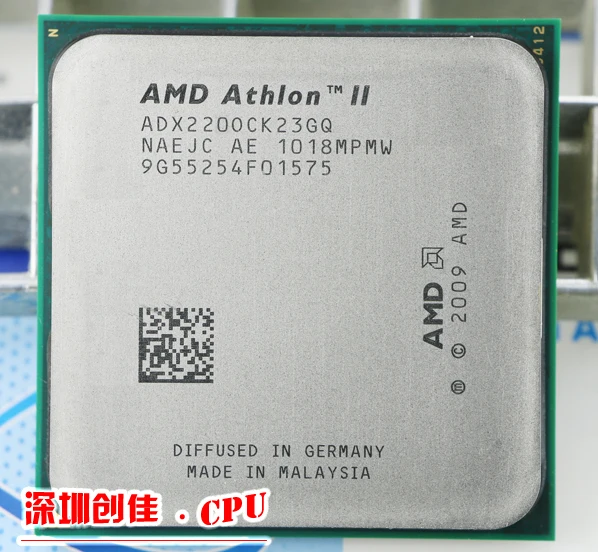
Due to the ability to vary the size and speed of the L2 cache, AMD is going to release four families of Athlon processors targeted at different markets.
Architecture. General Provisions
Now we come to the story of how Athlon actually works. Like processors from Intel with a core inherited from the Pentium Pro, Athlon processors have an internal RISC architecture. This means that all CISC commands processed by the processor are first decomposed into simple RISC operations, and then only begin to be processed in the CPU computing devices. It would seem, why complicate your life? It turns out there is a reason. Relatively simple RISC instructions can be executed by the processor several at a time and make it much easier to predict branches, thereby allowing you to increase performance due to greater parallelism. More simply, the manufacturer that makes a more «parallel» processor has a chance to achieve superior performance with much less effort. AMD, apparently, was guided by this principle when designing the Athlon.
However, before starting work on parallel streams of instructions, the processor must receive them from somewhere. To do this, AMD Athlon, as well as Intel Pentium III, uses a command decoder (decoder), which converts the code coming to the processor input. The decoder in AMD Athlon can decompose up to three incoming CISC commands into RISC components simultaneously. Modern Intel processors can also handle up to three instructions, but while the Athlon doesn’t care what instructions it splits, the Pentium III wants two of the three instructions to be simple and only one to be complex. This leads to the fact that if Athlon can digest three instructions for each processor cycle regardless of anything, then in Pentium III some parts of the decoder can be idle due to unoptimized code.
Before getting to the corresponding computing unit, the incoming stream of RISC commands is delayed in a small buffer (Instruction Control Unit), which, no wonder, AMD Athlon is designed for 72 instructions versus 20 for Pentium III.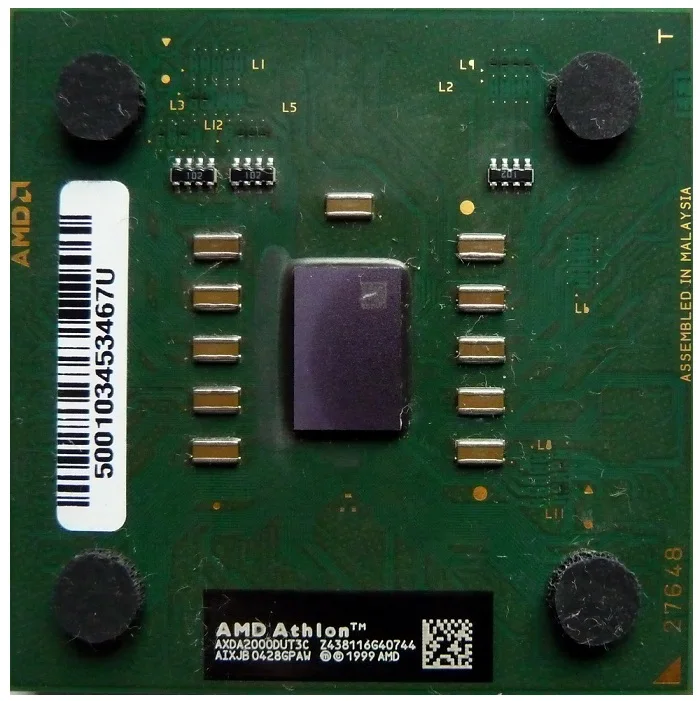 By increasing this buffer, AMD tried to ensure that the instruction decoder does not idle due to an Instruction Control Unit overflow.
By increasing this buffer, AMD tried to ensure that the instruction decoder does not idle due to an Instruction Control Unit overflow.
Another noteworthy point is the 2048-cell branch prediction table that is four times larger than that of the Pentium III, which stores the previous results of executing logical operations. Based on this data, the processor predicts their results when they are repeated. Thanks to this technique, AMD Athlon correctly predicts branch results around 95% of cases, which is very good, considering that the Intel Pentium III has a similar characteristic of only 90%.
Now let’s see what happens in Athlon when it comes directly to computing.
Integer operations
AMD processors have always been fine with integer operations. Since the days of AMD K6, processors from Intel have lost precisely in the speed of integer calculations. Nevertheless, in Athlon AMD completely abandoned the old heritage.
With three Integer Execution Unit pipelines, AMD Athlon can execute three integer instructions simultaneously. As for the Pentium III, its capabilities are limited to the simultaneous execution of only two commands.
As for the Pentium III, its capabilities are limited to the simultaneous execution of only two commands.
Separately, I would like to touch on the issue of conveyors. The optimal pipeline depth for processors with modern speeds is considered to be 9 stages. Increasing this number speeds up the processing of commands, since the speed of the pipeline is determined by the work of its slowest stage. However, in the case of a pipeline that is too large, with errors in branch prediction, it turns out that most of the work on executing instructions that have already entered the pipeline is done in vain. You have to clean it up and start the process over again.
That’s why the depth of integer pipelines in AMD Athlon is 10 stages, which is close to the optimum. Unfortunately, fans of Intel products will again hear nothing comforting, since the Pentium III pipeline consists of 12-17 stages, depending on the type of instruction being executed.
The results of the ZD CPUMark 99 test, which measures the performance of operations with integers and memory, look quite natural in the light of the above:
Wow! The first test and the first major success of AMD Athlon — its superiority over Intel Pentium III at the same clock frequency is more than 20%! That’s what big cache plus more better organized pipelines means! However, for the time being, we should not delude ourselves too much, the speed of modern applications, especially games, does not depend on integer performance as much as on real number performance. Therefore, let’s see what the new pipelined FPU in Athlon is like.
Therefore, let’s see what the new pipelined FPU in Athlon is like.
Real operations
With bated breath, we turn our attention to the FPU built into Athlon. As we all well remember, for previous AMD processors, floating point operations were a real Achilles’ heel. The main problem was that the FPU in the K6, K6-2 and K6-III was not pipelined. This led to the fact that although many floating-point operations in the AMD FPU were performed in fewer cycles than on Intel processors, the overall performance was catastrophically low, since the next real operation could not begin to be executed until the previous one completed. At that time, AMD did not want to change anything in its FPU, urging developers to abandon its use in favor of 3DNow!.
But it looks like past experience has taught AMD. In Athlon, the arithmetic coprocessor has a 15-stage pipeline versus 25 stages in the Pentium III. We should not forget that, as mentioned above, a longer pipeline does not always provide better performance. Besides, a significant shortcoming of the Intel Pentium III, which Athlon naturally lacks, is the non-pipelinability of FMUL and FDIV operations.
Besides, a significant shortcoming of the Intel Pentium III, which Athlon naturally lacks, is the non-pipelinability of FMUL and FDIV operations.
The
FPU in the Athlon combines three blocks: one for performing simple operations such as addition, one for complex operations such as multiplication, and a third for data operations. Thanks to this division of work, Athlon can execute two floating-point instructions simultaneously. But even the Intel Pentium III cannot do this — it only executes instructions sequentially!
So, oddly enough, the FPU of Intel processors turned out to be not so remarkable as it was previously believed. The results of the ZD FPU WinMark test confirm this — AMD outplayed Intel in a foreign field:
Pentium III can catch up with the new AMD Athlon superFPU only by operating at a frequency of 650 MHz. The result is extremely unusual, but promising — finally, the processor from AMD should set the heat in 3D games.
MMX
At first glance, Athlon has no changes in MMX operations compared to K6-III. However, this is not quite true. Although MMX instructions are used in a very small number of applications, AMD added a few more instructions to this set, which also appeared in the MMX block of the Pentium III processor. These included finding the average, maximum and minimum, and sophisticated data transfers.
However, this is not quite true. Although MMX instructions are used in a very small number of applications, AMD added a few more instructions to this set, which also appeared in the MMX block of the Pentium III processor. These included finding the average, maximum and minimum, and sophisticated data transfers.
If you pay attention to the architectural features, then AMD Athlon has two MMX blocks, therefore, on both processors — both Athlon and Pentium III — a pair of MMX instructions can be executed simultaneously. However, AMD Athlon’s MMX blocks have a higher latency than Pentium III’s, which theoretically should cause this CPU to lag behind in MMX applications. In order to test the real speed of MMX, we used the good old Intel Media Benchmark:
It’s strange, but despite the theoretical loss, Athlon still remains on top in practice. This success can be attributed to either a larger cache or a better instruction decoder. However, once again I must note that very few programs really use MMX, therefore, even if Athlon were to lose to Pentium III in everyday work, this would most likely not be noticeable.
As for real SIMD instructions, they are becoming more and more important.
3DNow!
3DNow! AMD Athlon has undergone major changes. Although its architecture has remained unchanged — two pipelines process instructions that work with 64-bit registers, which contain pairs of single-precision real numbers, 24 new items have been added to the instruction set itself. New operations should not only increase the speed of data processing, but also allow the use of 3DNow! in such areas as sound and video recognition, as well as the Internet 🙂 In addition, by analogy with SSE, instructions for working with data in the cache were added. Support for the updated 3DNow! already built into Windows 98 SE and DirectX 6.2.
Thus, the 3DNow! now includes 45 instructions, compared to 71 instructions in SSE from Intel. Moreover, apparently, the use of new commands should give an even greater effect from 3DNow! As proof of this fact, AMD has distributed an additional DLL for the well-known 3DMark 99 MAX test, which uses new features of the processor.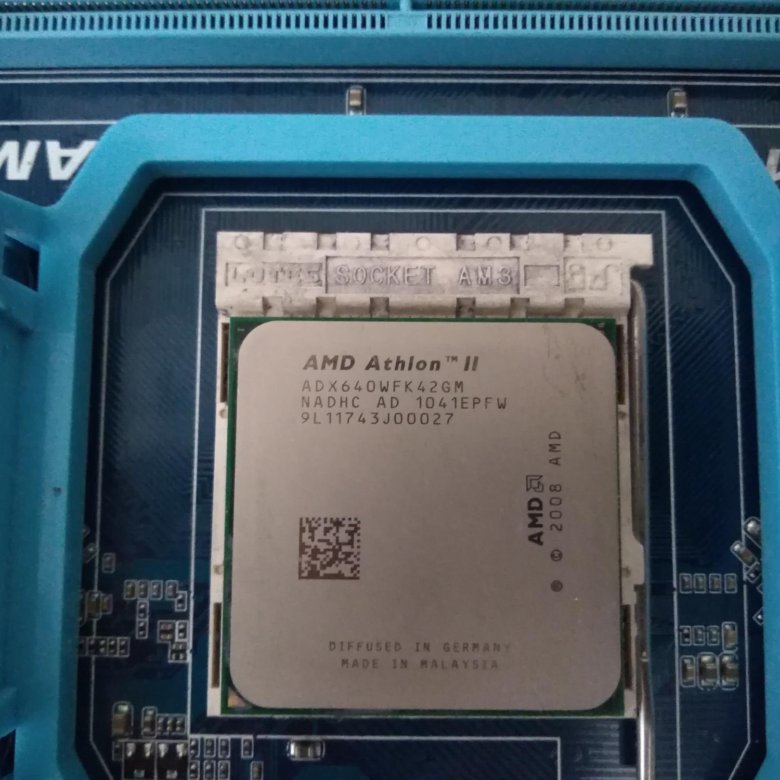
Especially for evaluating CPU performance in 3D games, 3DMark 99 MAX offers a 3DMark CPU index that calculates 3D scenes but does not display them on the screen. Thus, a result is obtained that depends only on the capabilities of the processor for processing 3D graphics and on the bandwidth of the main memory. We examined AMD Athlon performance in this test using both the old 3DNow! and the new Enhanced 3DNow! and without this technology at all. To compare the results, we also tested the Intel Pentium III, with and without SSE optimization enabled:
As we can see, AMD Athlon is extremely strong in this test. Even without using the new 3DNow! instructions, it remains out of reach for Intel processors. All this gives us the right to expect outstanding performance in 3D games. And we will turn our attention to a much more pressing issue — the effectiveness of various sets of SIMD instructions: SSE and 3DNow!. To do this, let’s look at the performance gain in 3DMark 99 MAX with the appropriate optimization enabled:
Well, the result is indicative.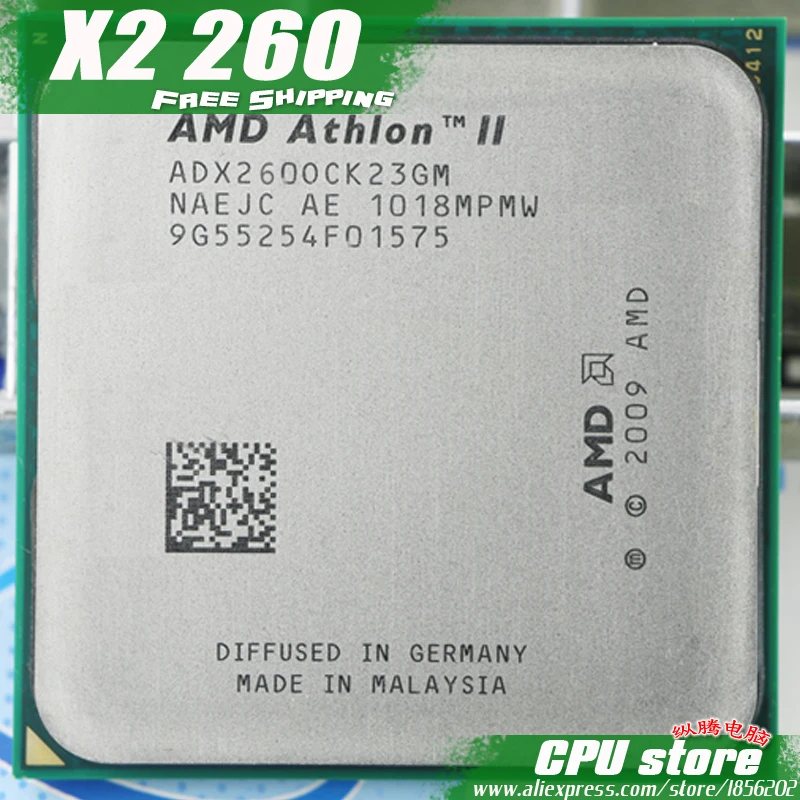 If the old 3DNow! set, consisting of 21 instructions, provided a gain almost similar to the performance gain from SSE, then the new 45-instruction set AMD’s SIMD instructions far ahead. True, all these are the results of a synthetic test, which will be in real applications depends on the developers. And we can only encourage them to optimize their products for both SSE and 3DNow!, especially after the release of AMD Athlon both kits have become much closer in their capabilities.
If the old 3DNow! set, consisting of 21 instructions, provided a gain almost similar to the performance gain from SSE, then the new 45-instruction set AMD’s SIMD instructions far ahead. True, all these are the results of a synthetic test, which will be in real applications depends on the developers. And we can only encourage them to optimize their products for both SSE and 3DNow!, especially after the release of AMD Athlon both kits have become much closer in their capabilities.
Performance
After we’ve looked at the AMD Athlon device from different angles and tested its various parts with synthetic benchmarks, it’s time to see how it performs in real life. While AMD fans are looking forward to the high results of their new fetish, let’s describe our test systems.
AMD Athlon based system:
- AMD Athlon 600 MHz processor;
- MSI MS-6167 motherboard;
- Diamond Viper V770 Ultra graphics card;
- Creative Sound Blaster Live! sound card;
- IBM Hard Drive IBM DJNA 372200
- 128 MB SEC PC-100 SDRAM
Intel Pentium III based system:
- Intel Pentium III 550 and 600 MHz processor.
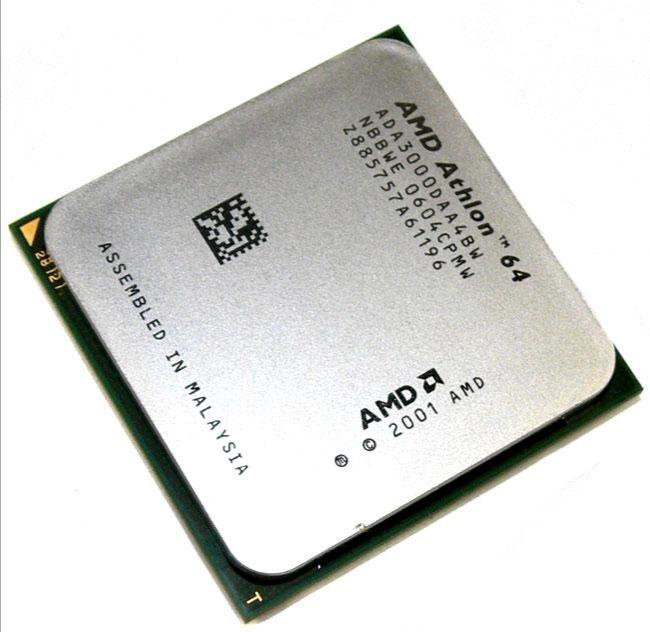 Data for Intel Pentium III 650 MHz was obtained by overclocking to 6.5×100 MHz;
Data for Intel Pentium III 650 MHz was obtained by overclocking to 6.5×100 MHz; - ABIT BE6 motherboard;
- Diamond Viper V770 Ultra graphics card;
- Creative Sound Blaster Live! Sound Card;
- IBM Hard Drive IBM DJNA 372200
- 128 MB SEC PC-100 SDRAM
The tests were carried out under the MS Windows98 SE operating system, in all 3D tests the resolution was set to 800x600x16.
First of all, according to tradition, let’s look at the speed provided by AMD Athlon in office applications:
The speed of Athlon running at 600 MHz turns out to be almost the same as that of Pentium III 650 MHz. Yes, better integer handling and a larger cache make the Athlon superior to the Pentium III in business applications at the same clock speed. However, there is little sense from the fact that MS Word or MS Excel will work faster. Where speed is really needed is in modern 3D games. But first, let’s estimate the speed in 3D on the synthetic test 3DMark 99 MAX:
The
Athlon did not disappoint here either.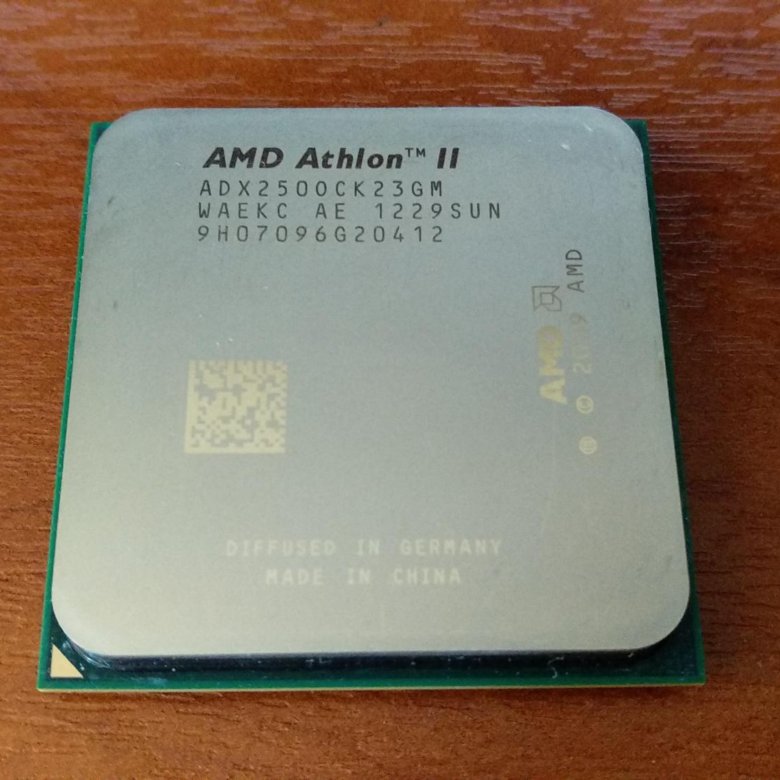 Even without special optimization for the new 3DNow! instructions, this processor provides superiority even over the Intel Pentium III operating at a high clock frequency. But let’s finally move on to real tests — 3D games. First on the list is the OpenGL game Quake2, which has a specially optimized for 3DNow! miniport:
Even without special optimization for the new 3DNow! instructions, this processor provides superiority even over the Intel Pentium III operating at a high clock frequency. But let’s finally move on to real tests — 3D games. First on the list is the OpenGL game Quake2, which has a specially optimized for 3DNow! miniport:
Although the K6-2 and K6-III processors performed quite well in Quake2, where AMD previously demonstrated the advantages of 3DNow! technology, no one even expected such a 25% gain from Athlon. But this is not a synthetic test, but a real application, which largely depends on the capabilities of the video card. At the same time, it should be borne in mind that a video card based on an nVidia Riva TNT2 chip was installed in our test system. If it were 3dfx Voodoo3, then the advantage would be even greater! But in order not to suspect AMD of cheating, we also used another OpenGL gaming application, to which AMD has not had time to put its hand yet — Quake3 Arena Test:
Well, we again see that same 25% advantage of AMD Athlon in all modes except High Quality, where the speed is limited by the capabilities of the graphic card, not the processor. So, the high-speed pipelined FPU now not only does not let AMD down, but also makes it possible for Athlon to become the fastest processor for games. This can be confirmed in the results of Direct3D games, for example Expendable:
So, the high-speed pipelined FPU now not only does not let AMD down, but also makes it possible for Athlon to become the fastest processor for games. This can be confirmed in the results of Direct3D games, for example Expendable:
Again, even the Intel Pentium III 650 can’t catch up with our hero. And finally, the results for one of the heaviest games for the processor, Unreal:
In principle, there is nothing to say — whatever one may say, AMD Athlon is faster than Intel Pentium III.
Well, the fact that Athlon always outperforms Pentium III speaks for itself. With an excellent arithmetic coprocessor, high integer performance, and high-quality support for SIMD instructions, Athlon is an excellent processor for entertainment and everyday work.
Overclocking
Making a comprehensive review of the new processor, one cannot but stop at such an important point as overclocking. However, there are few reasons for optimism here.
Although the Athlon core has no internal multiplier or clock fix, the nominal processor speed is determined by the arrangement of several resistors on the processor board. Therefore, if you want to change any parameters of the CPU, you are forced to remove the cartridge, automatically losing the warranty and risking your own processor by soldering parts.
Therefore, if you want to change any parameters of the CPU, you are forced to remove the cartridge, automatically losing the warranty and risking your own processor by soldering parts.
True, there is another way. The Athlon processor board is equipped with a technological connector, which can be accessed, by the way, again after removing the cartridge. An additional adapter can be connected to the CPU via this connector, allowing you to change the multiplication and bus frequency. One thing upsets — it is not clear where to get these adapters. So far, we have not heard of either piece or serial deliveries of these parts.
As for concrete results, Kryotech is overclocking AMD Athlon 600 to 800 MHz in its cooling units, and this is encouraging.
That is, Athlon is quite overclockable, but it is very difficult to do it in practice. Therefore, it seems that overclocking this processor will not become such a mass sport as overclocking Intel Pentium III or Celeron. However, unscrupulous sellers who are looking for easy money and have the necessary skills can easily start resampling Athlon processors.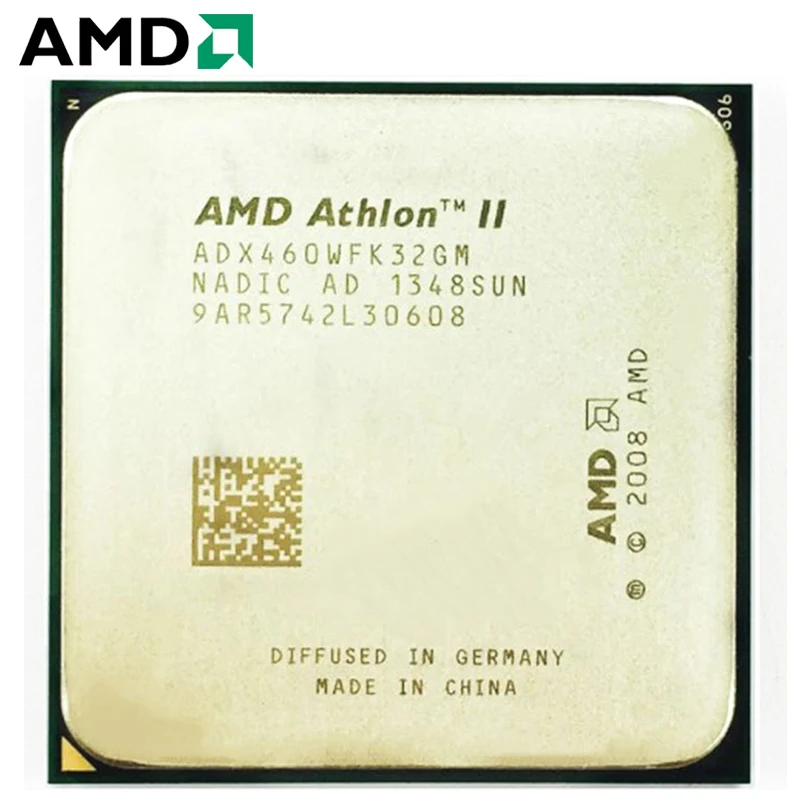 Against such fraud, unfortunately, AMD does not offer any protection.
Against such fraud, unfortunately, AMD does not offer any protection.
Chipsets
By stopping developing processors for the Super 7 socket and starting to promote its own Slot A and EV6 system bus, AMD found itself cut off from all Intel developments in the field of chipsets and motherboards. Now AMD will have to create the necessary infrastructure itself so that we can purchase not only a processor, but also a motherboard equipped with Slot A.
And, judging by the first successes, it succeeded. For the first time, the company developed its own AMD 750 logic set, codenamed Irongate, as well as its own motherboard design — Fester, which was replicated by a number of Taiwanese manufacturers.
The AMD 750 chipset itself is nothing special — it is similar in capabilities to the i440BX. But more, in principle, is not necessary. AMD Athlon, as we have seen, already works fine and even outperforms competing products.
The AMD 750 has a traditional architecture and consists of an AMD 751 northbridge and an AMD 756 southbridge. The northbridge provides processor EV6 bus communication with memory, PCI and AGP buses, supporting up to 768 MB of PC100 RAM in no more than three modules, AGP 2x and 6 PCI bus maser devices. The south bridge, which interfaces with all peripherals, in addition to the usual functions, can work with UltraDMA/66 IDE devices.
The northbridge provides processor EV6 bus communication with memory, PCI and AGP buses, supporting up to 768 MB of PC100 RAM in no more than three modules, AGP 2x and 6 PCI bus maser devices. The south bridge, which interfaces with all peripherals, in addition to the usual functions, can work with UltraDMA/66 IDE devices.
Here I would like to touch upon another problem that worries everyone — compatibility. We all remember that for the operation of previous boards oriented to AMD processors, it was necessary to install a special miniport that included the AGP GART driver. This moment caused the greatest complaints from users, since the driver often refused to work properly with certain video cards. For Athlon to work correctly with AGP, the driver must also be installed, but we can say with confidence that its implementation has changed many times for the better. We have not been able to find a single modern card that would work incorrectly. And in general, speaking about stability and compatibility, AMD Athlon has no problems when working under Windows 98, nor when working under Windows NT did not cause. So with the reliability and stability of Athlon systems, everything should be in order.
So with the reliability and stability of Athlon systems, everything should be in order.
Curiously, because the EV6 bus is also used in Alpha processors, Irongate can be used on motherboards for this processor, in particular, the UP1000 motherboard from API (for Alpha) is based on this chipset.
Although Irongate looks quite modern at the moment, it will take some time, and its capabilities will clearly not be enough. AMD, although it continues its development, planning to implement support for AGP 4x and PC133 or Direct RDRAM memory in Irongate, is extremely reluctant to do so. According to the company’s calculations, Taiwanese manufacturers VIA, SiS and ALI should be involved in the design of Athlon chipsets, and they did not refuse to take part in promoting the new processor to the market.
VIA has already announced its Athlon chipset KX133, which differs from Irongate in support of PC133 and AGP 4x memory. The KX133 architecture is also traditional — the VT8371 north bridge and any south bridge from VIA chipsets, for example, VT82C686A.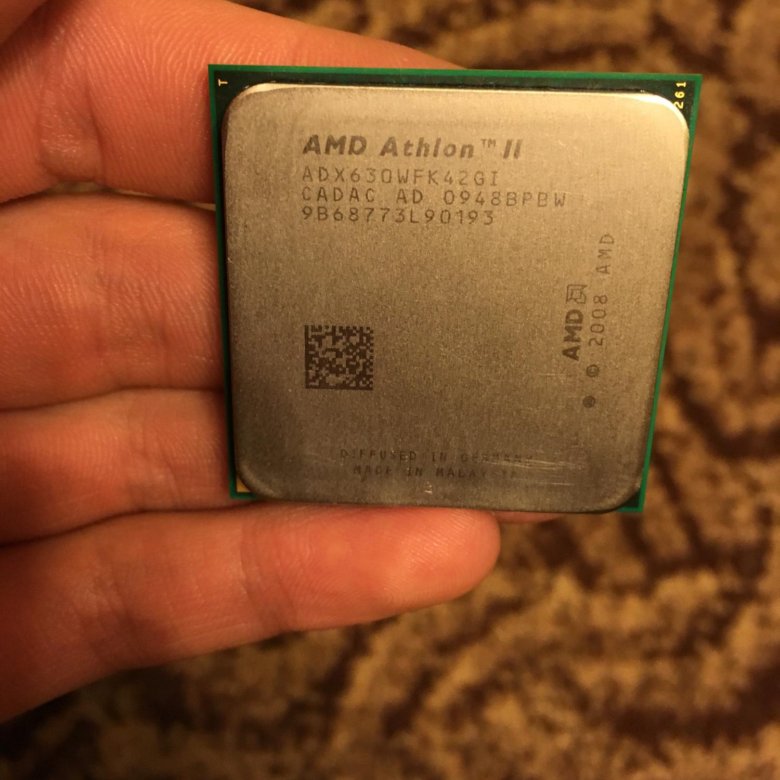 Apparently, it is this chipset that will subsequently become the most popular, that is, there are all the prerequisites. With more features, such as support for up to 2 GB of RAM, it will hit the market in the fourth quarter.
Apparently, it is this chipset that will subsequently become the most popular, that is, there are all the prerequisites. With more features, such as support for up to 2 GB of RAM, it will hit the market in the fourth quarter.
Well, if we talk about more distant prospects, then there we are waiting for SMP, and support for a faster system bus, and solutions with integrated graphics. So, apparently, everything will be all right with chipsets for AMD Athlon.
Motherboards
To make life easier for motherboard developers, AMD developed the Fester reference design, which was passed on to them in the expectation that by the time Athlon was released, Taiwanese manufacturers would fill the market with motherboards of their own manufacture. AMD itself has released only a small number of boards intended for demonstration purposes only and not for sale. However, in reality, things didn’t quite work out the way AMD wanted them to.
The fact is that the proposed design was six-layer, while almost all modern motherboards are four-layer.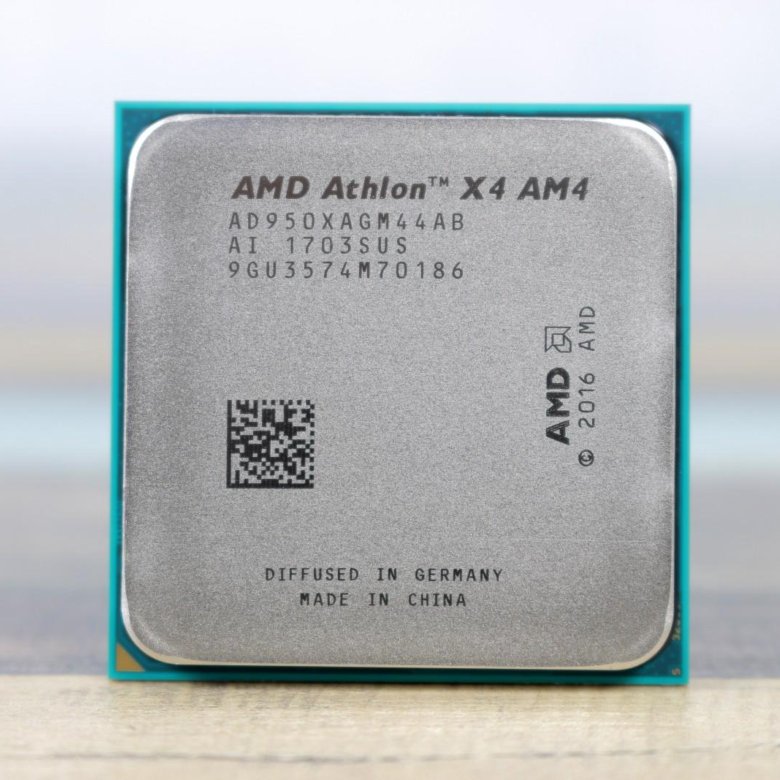 This moment caused some difficulties for the manufacturers, and there was a slight delay with the boards. Moreover, even the first mass-produced MSI boards had to be recalled due to low stability. Adding to the production difficulties was the pressure exerted by Intel, which has a good influence on manufacturers during the shortage of chipsets. Thus, only boards from six manufacturers have been announced so far — MSI, Gigabyte, FIC, Asus, Biostar, and GVC, and even fewer are available.
This moment caused some difficulties for the manufacturers, and there was a slight delay with the boards. Moreover, even the first mass-produced MSI boards had to be recalled due to low stability. Adding to the production difficulties was the pressure exerted by Intel, which has a good influence on manufacturers during the shortage of chipsets. Thus, only boards from six manufacturers have been announced so far — MSI, Gigabyte, FIC, Asus, Biostar, and GVC, and even fewer are available.
There is information that ASUS and FIC are currently working on the creation of the actual four-layer design, however, the fruits of their creativity should not be expected soon.
We managed to get samples of only two motherboards for AMD Athlon — MSI MS-6167 and Gigabyte GA-7IX. They say that two more boards are already available — FIC SD11 and GVC QS750, but we could not find them for sale. As for the samples we found from MSI and Gigabyte, they are based on the Fester design: MSI approached the issue ingenuously and simply repeated the reference design. Gigabyte, on the other hand, got more creative and made some cosmetic changes. However, all the same, as a result, we have two boards that are similar as drops of water.
Gigabyte, on the other hand, got more creative and made some cosmetic changes. However, all the same, as a result, we have two boards that are similar as drops of water.
| Microstar MS-6167 | GIGABYTE GA-7IX |
Both boards are based on AMD 750 chipset, and they are supported , 2 — ISA, 1 — AGP and three slots for DIMM. Naturally, there is support for UltraDMA/66. System monitoring is also present and implemented by the W83782D controller. The only visible differences are only in the BIOS Setup — MS-6167 has more settings for working with memory. Setup 7IX is more understandable for an inexperienced user.
As regards the speeds of both boards, they are practically identical and consideration of their differences does not deserve attention. It seems that the most logical step at the moment would be to wait a bit for the release of motherboards from other companies that redesigned Fester. These boards can be both faster and endowed with new features, such as options for seamless overclocking of the Athlon.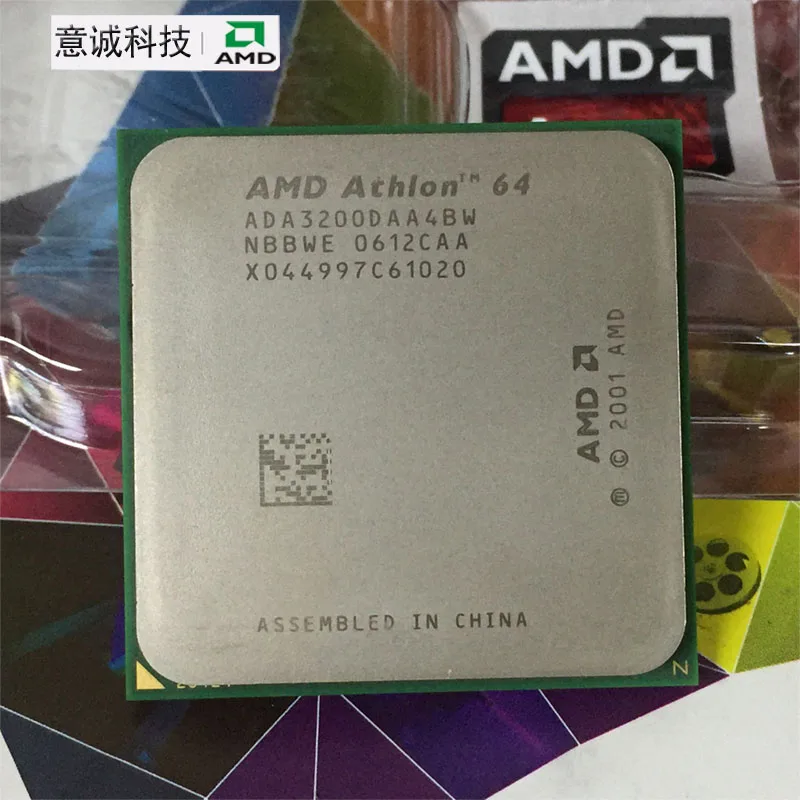
Conclusions
It’s time to take stock. AMD Athlon is the fastest x86 processor with an advanced architecture to date, as our tests confirm. Intel now has nothing to oppose to the success of AMD — the Katmai architecture has practically exhausted its capabilities, while AMD can freely increase the frequencies of its crystals. Intel’s switch to 0.18 micron technology is unlikely to solve the problem for a long time: the AMD plant in Dresden, which will produce Athlon based on a similar technology, but using copper conductors, is almost at the launch stage. In addition, without changing the architecture of the Intel core, there is nowhere to get an additional increase in performance, so all the hopes of the microprocessor giant should be pinned on Willamette, which, however, will not be released very soon.
In short, AMD has every chance to wipe Intel’s nose and not only improve its shaky financial situation, but also push Intel into the background. To do this, all that is needed is to satisfy the demand for Athlon and motherboards for it.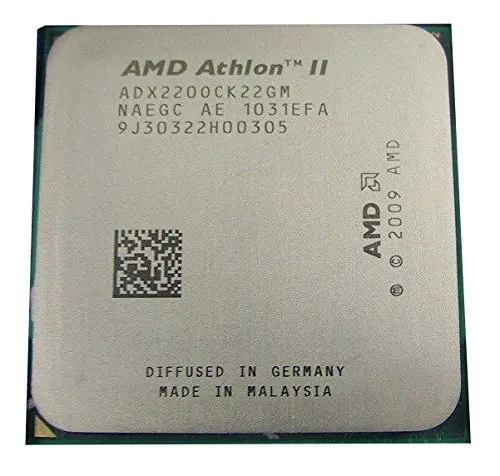 However, it will not be very easy to do this without having large production capacities.
However, it will not be very easy to do this without having large production capacities.
As a result, the situation can turn both in favor of AMD and against it. And we can only wait, watch and sincerely hope that justice will prevail.
AMD Athlon 600 processor provided by CHI, tel. (095)158-6816
MSI Ms-6167 motherboard provided by Inel
Gigabyte GA-7IX motherboard provided by Formosa
Intel Pentium III 600 processor provided by www.dostavka.ru
Best AMD Athlon processors in 2022 year
Processors (CPUs)
one
Best
Processor AMD Athlon 3000G AM4, 2 x 3500 MHz, OEM
Compare prices
Read more
4.6
/
56 review(s)
- socket: AM4
- number of cores: 2 x 3500 MHz
- L2/L3 cache: 1 MB/4 MB
- RAM: 2 x DDR4 2666 MHz
- heat dissipation: 35 W
Compare prices
More
2
Processor AMD Athlon Gold 3150G YD3150C5M4MFH Zen+ 4C/4T 3. 5-3.9GHz (AM4, L3 4MB, 12nm, Radeon graphics 1100MHz, 65W)
5-3.9GHz (AM4, L3 4MB, 12nm, Radeon graphics 1100MHz, 65W)
Compare prices
Read more
- Manufacturer: AMD
- Socket: AM4
- Processor line: AMD Athlon
Compare prices
More
3
Processor AMD Athlon 200GE AM4, 2 x 3200 MHz, OEM
Compare prices
Read more
4.6
/
46 review(s)
- Processor frequency: 3200 MHz
- Delivery type: OEM
Compare prices
Read more
four
Cheap
Processor AMD Athlon 5150 Kabini AM1, 4 x 1600 MHz, OEM
Compare prices
Read more
4.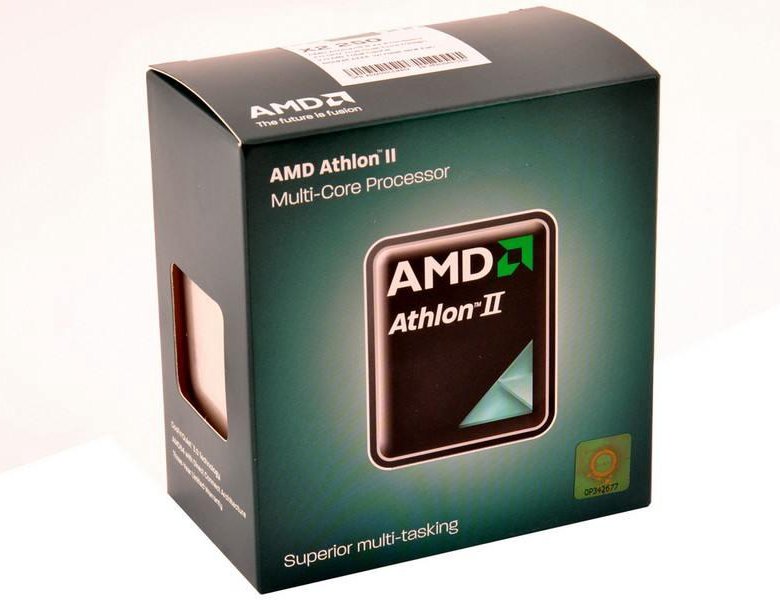 8
8
/
8 review(s)
- Processor frequency: 1600 MHz
- Delivery type: OEM
Compare prices
More
5
Processor AMD Athlon 300GE AM4, 2 x 3400 MHz, OEM
Compare prices
Read more
- Processor frequency: 3400 MHz
- Delivery type: OEM
Compare prices
More
6
AMD Processor AMD Athlon 5150 OEM Processor
Compare prices
Read more
- Processor frequency: 1600 MHz
- Delivery type: OEM
Compare prices
More
7
Processor AMD Athlon 220GE AM4, 2 x 3400 MHz, OEM
Compare prices
Read more
4.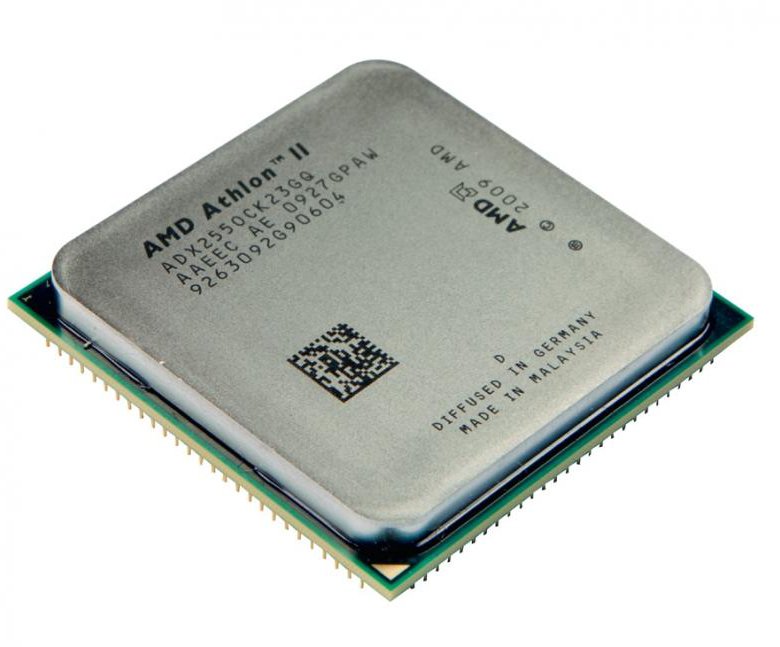 9/
9/
3 review(s)
- socket: AM4
- number of cores: 2 x 3400 MHz
- L2/L3 cache: 1 MB/4 MB
- RAM: 2 x DDR4
- heat dissipation: 35 W
Compare prices
More
eight
Processor AMD Athlon 3000G (YD3000C6M2OFH)
Compare prices
Read more
Compare prices
More
9
AMD Processor AMD Athlon 300GE OEM Processor
Compare prices
Read more
- Processor frequency: 3400 MHz
- Delivery type: OEM
Compare prices
More
ten
Processor AMD Athlon PRO 3125GE AM4, 2 x 3400 MHz, OEM
Compare prices
Read more
- socket: AM4
- number of cores: 2 x 3400-3400 MHz
- L2/L3 cache: 1 MB/4 MB
- RAM: 2 x DDR4 2666 MHz
- heat dissipation: 35 W
Compare prices
More
You may like
You may like
You may like
You may like
Best Intel Core i5 processors for socket LGA1150
Best Intel Core i5 processors for socket LGA1151
Best Intel Core i5 processors for socket LGA1155
Best Intel Core i5 processors for socket LGA1156
Best 3100 MHz Intel Core i5 processors for LGA1150 socket
Best 3300 MHz Intel Core i7 processors
Best AMD Athlon II X4 processors for socket AM3
Top 3700MHz Intel Core i3 Processors for LGA1151 Socket
Top 3100 MHz Intel Pentium Processors
Best 2800 MHz AMD processors
Processor requirements Windows Windows 10 1803 supported AMD
processors
E-mail address
- Article
- Reading takes 8 minutes
Previous generations and models of the listed CPUs may have limited device support on this version of Windows 10. Contact your hardware vendor for specific support information.
Contact your hardware vendor for specific support information.
| Manufacturer | Trademark | Simulation |
|---|---|---|
| AMD | Series A | A10 Micro-6700T with Izve™ r6 Graphics |
| AMD | Series A | A10-6700 with Hd™ 8670D |
| AMD | Series A | A10-6700T with Hd™ 8650D |
| AMD | Series A | A10-6790B with Hd™ 8670D |
| AMD | Series A | A10-6790K with Hd™ 8670D |
| AMD | Series A | A10-6800B with Hd™ 8670D |
| AMD | Series A | A10-6800K with Hd™ 8670D |
| AMD | Series A | A10-7300 with Izve r6™ Graphics |
| AMD | Series A | A10-7400P with graphics From the Web™ R6 |
| AMD | Series A | A10-7700K with R7™ Series |
| AMD | Series A | A10-7800 with R7™ Series |
| AMD | Series A | A10-7850K with R7™ Series |
| AMD | Series A | A10-7860K with Graphics and™ Virtually Silent Thermal Solution |
| AMD | Series A | A10-7860K with R7™ Series |
| AMD | Series A | A10-7870K with Graphics and™ Virtually Silent Thermal Solution |
| AMD | Series A | A10-7870K with R7™ Series |
| AMD | Series A | A10-7890K with Graphics and Wraith Cool™ |
| AMD | Series A | A10-8700P APU |
| AMD | Series A | A10-8700P with Izve r6™ Graphics |
| AMD | Series A | A10-9600P APU |
| AMD | Series A | A10-9630P APU |
| AMD | Series A | A10-9700 APU |
| AMD | Series A | A10-9700E APU |
| AMD | Series A | A12-9700P APU |
| AMD | Series A | A12-9730P APU |
| AMD | Series A | A12-9800 APU |
| AMD | Series A | A12-9800E APU |
| AMD | Series A | A4 Micro-6400T with Izve r3™ graphics |
| AMD | Series A | A4-5000 with Hd™ 8330 |
| AMD | Series A | A4-5100 with Hd™ 8330 |
| AMD | Series A | A4-6210 with graphics Powered by R3™ |
| AMD | Series A | A4-6300 with Hd™ 8370D |
| AMD | Series A | A4-6320 with Hd™ 8370D |
| AMD | Series A | A4-7210 with Graphics Based™ R3 |
| AMD | Series A | A4-7300 with Hd™ 8470D |
| AMD | Series A | A4-9120 APU |
| AMD | Series A | A4-9120C APU |
| AMD | Series A | A4-9125 APU |
| AMD | Series A | A6-5200 with Hd™ 8400 |
| AMD | Series A | A6-5200M with HD™ 8400 |
| AMD | Series A | A6-5350M with HD™ 8450G |
| AMD | Series A | A6-6310 with Graphics Based™ R4 |
| AMD | Series A | A6-6400B with Hd™ 8470D |
| AMD | Series A | A6-6400K with HD™ 8470D |
| AMD | Series A | A6-6420B with Hd™ 8470D |
| AMD | Series A | A6-6420K with Hd™ 8470D |
| AMD | Series A | A6-7000 with graphics Based on R4™ |
| AMD | Series A | A6-7310 with Graphics Based™ R4 |
| AMD | Series A | A6-7400K with R5™ Series |
| AMD | Series A | A6-7470K with R5™ Series |
| AMD | Series A | A6-8500P with Graphics Based™ R5 |
| AMD | Series A | A6-9210 APU |
| AMD | Series A | A6-9220 APU |
| AMD | Series A | A6-9220C APU |
| AMD | Series A | A6-9225 APU |
| AMD | Series A | A6-9500 APU |
| AMD | Series A | A6-9500E APU |
| AMD | Series A | A6-9550 APU |
| AMD | Series A | A8-6410 with graphics Izum™ R5 |
| AMD | Series A | A8-6500 with Hd™ 8570D |
| AMD | Series A | A8-6500B with Hd™ 8570D |
| AMD | Series A | A8-6500T with Hd™ 8550D |
| AMD | Series A | A8-6600K with HD™ 8570D |
| AMD | Series A | A8-7100 with graphics Based on R5™ |
| AMD | Series A | A8-7200P with Izve r5™ Graphics |
| AMD | Series A | A8-7410 with Izve r5™ graphics |
| AMD | Series A | A8-7600 with R7™ Series |
| AMD | Series A | A8-7650K with graphics and™ near-silent thermal solution |
| AMD | Series A | A8-7650K with R7™ Series |
| AMD | Series A | A8-7670K with Izve™ R7 graphics and virtually silent thermal solution |
| AMD | Series A | A8-8600P APU |
| AMD | Series A | A8-8600P with Izve r6™ Graphics |
| AMD | Series A | A8-9600 APU |
| AMD | Series A | A9-9410 APU |
| AMD | Series A | A9-9420 APU |
| AMD | Series A | A9-9425 APU |
| AMD | ™ Athlon | 200GE |
| AMD | ™ Athlon | 220GE |
| AMD | ™ Athlon | 240GE |
| AMD | ™ Athlon | 3000G |
| AMD | ™ Athlon | 300GE |
| AMD | ™ Athlon | 300U |
| AMD | ™ Athlon | 320GE |
| AMD | ™ Athlon | ™ Athlon 5150 APU with Series No™ R3 |
| AMD | ™ Athlon | ™ Athlon 5350 APU with Series No™ R3 |
| AMD | ™ Athlon | ™ Athlon 5370 APU with R3™ |
| AMD | ™ Athlon | Gold 3150C |
| AMD | ™ Athlon | Gold 3150G (OEM only) |
| AMD | ™ Athlon | Gold 3150GE (OEM only) |
| AMD | ™ Athlon | Gold 3150U |
| AMD | ™ Athlon | Silver 3050C |
| AMD | ™ Athlon | Silver 3050e |
| AMD | ™ Athlon | Silver 3050GE (OEM only) |
| AMD | ™ Athlon | Silver 3050U |
| AMD | ™ Athlon | X4 940 |
| AMD | ™ Athlon | X4 950 |
| AMD | ™ Athlon | X4 970 |
| AMD | EPYC™ | 7232P |
| AMD | EPYC™ | 7251 |
| AMD | EPYC™ | 7252 |
| AMD | EPYC™ | 7261 |
| AMD | EPYC™ | 7262 |
| AMD | EPYC™ | 7272 |
| AMD | EPYC™ | 7281 |
| AMD | EPYC™ | 7282 |
| AMD | EPYC™ | 72F3 |
| AMD | EPYC™ | 7301 |
| AMD | EPYC™ | 7302 |
| AMD | EPYC™ | 7302P |
| AMD | EPYC™ | 7313 |
| AMD | EPYC™ | 7313P |
| AMD | EPYC™ | 7343 |
| AMD | EPYC™ | 7351 |
| AMD | EPYC™ | 7351P |
| AMD | EPYC™ | 7352 |
| AMD | EPYC™ | 7371 |
| AMD | EPYC™ | 73F3 |
| AMD | EPYC™ | 7401 |
| AMD | EPYC™ | 7401P |
| AMD | EPYC™ | 7402 |
| AMD | EPYC™ | 7402P |
| AMD | EPYC™ | 7413 |
| AMD | EPYC™ | 7443 |
| AMD | EPYC™ | 7443P |
| AMD | EPYC™ | 7451 |
| AMD | EPYC™ | 7452 |
| AMD | EPYC™ | 7453 |
| AMD | EPYC™ | 74F3 |
| AMD | EPYC™ | 7501 |
| AMD | EPYC™ | 7502 |
| AMD | EPYC™ | 7502P |
| AMD | EPYC™ | 7513 |
| AMD | EPYC™ | 7532 |
| AMD | EPYC™ | 7542 |
| AMD | EPYC™ | 7543 |
| AMD | EPYC™ | 7543P |
| AMD | EPYC™ | 7551 |
| AMD | EPYC™ | 7551P |
| AMD | EPYC™ | 7552 |
| AMD | EPYC™ | 75F3 |
| AMD | EPYC™ | 7601 |
| AMD | EPYC™ | 7642 |
| AMD | EPYC™ | 7643 |
| AMD | EPYC™ | 7662 |
| AMD | EPYC™ | 7663 |
| AMD | EPYC™ | 7702 |
| AMD | EPYC™ | 7702P |
| AMD | EPYC™ | 7713 |
| AMD | EPYC™ | 7713P |
| AMD | EPYC™ | 7742 |
| AMD | EPYC™ | 7763 |
| AMD | EPYC™ | 7F32 |
| AMD | EPYC™ | 7F52 |
| AMD | EPYC™ | 7F72 |
| AMD | EPYC™ | 7h22 |
| AMD | Series E | E1 Micro-6200T with graphics Based on R2™ |
| AMD | Series E | E1-2100 with Hd™ 8210 |
| AMD | Series E | E1-2200 with Hd™ 8210 |
| AMD | Series E | E1-2500 with Hd™ 8240 |
| AMD | Series E | E1-6010 with graphics Powered by R2™ |
| AMD | Series E | E1-7010 with graphics Powered by R2™ |
| AMD | Series E | E2-3000 with Hd™ 8280 |
| AMD | Series E | E2-3800 with Hd™ 8280 |
| AMD | Series E | E2-6110 with graphics Powered by R2™ |
| AMD | Series E | E2-7110 with Radiated™ R2 GPUs |
| AMD | Series E | E2-9010 APU |
| AMD | FX-Series | 9800P APU |
| AMD | FX-Series | 9830P APU |
| AMD | FX-Series | FX 6100 |
| AMD | FX-Series | FX-4100 |
| AMD | FX-Series | FX-4130 |
| AMD | FX-Series | FX-4170 |
| AMD | FX-Series | FX-4300 |
| AMD | FX-Series | FX-4320 |
| AMD | FX-Series | FX-4350 |
| AMD | FX-Series | FX-6200 |
| AMD | FX-Series | FX-6300 |
| AMD | FX-Series | FX-6350 |
| AMD | FX-Series | FX-6350 with Wraith cooler |
| AMD | FX-Series | FX-7500 Graphics Powered™ R7 |
| AMD | FX-Series | FX-7600P with graphics Powered by R7™ |
| AMD | FX-Series | FX-8120 |
| AMD | FX-Series | FX-8150 |
| AMD | FX-Series | FX-8300 |
| AMD | FX-Series | FX-8310 |
| AMD | FX-Series | FX-8320 |
| AMD | FX-Series | FX-8320E |
| AMD | FX-Series | FX-8350 |
| AMD | FX-Series | FX-8350 with Wraith cooler |
| AMD | FX-Series | FX-8370 |
| AMD | FX-Series | FX-8370 with Wraith cooler |
| AMD | FX-Series | FX-8370E |
| AMD | FX-Series | FX-8800P APU |
| AMD | FX-Series | FX-8800P with graphics Powered by R7™ |
| AMD | FX-Series | FX-9370 |
| AMD | FX-Series | FX-9590 |
| AMD | PRO Series A | A10 PRO-7350B Graphics Based™ R6 |
| AMD | PRO Series A | A10 PRO-7800B Graphics Based™ R7 |
| AMD | PRO Series A | A10 PRO-7850B Graphics Based™ R7 |
| AMD | PRO Series A | A10-8700B APU |
| AMD | PRO Series A | A10-8730B APU |
| AMD | PRO Series A | A10-8750B APU |
| AMD | PRO Series A | A10-8770 APU |
| AMD | PRO Series A | A10-8770E APU |
| AMD | PRO Series A | A10-8850B APU |
| AMD | PRO Series A | A10-9700 APU |
| AMD | PRO Series A | A10-9700B APU |
| AMD | PRO Series A | A10-9700E APU |
| AMD | PRO Series A | A10-9730B APU |
| AMD | PRO Series A | A12-8800B APU |
| AMD | PRO Series A | A12-8830B APU |
| AMD | PRO Series A | A12-8870 APU |
| AMD | PRO Series A | A12-8870E APU |
| AMD | PRO Series A | A12-9800 APU |
| AMD | PRO Series A | A12-9800B APU |
| AMD | PRO Series A | A12-9800E APU |
| AMD | PRO Series A | A12-9830B APU |
| AMD | PRO Series A | A4 PRO-3340B with HD™ Graphics 8240 |
| AMD | PRO Series A | A4 PRO-3350B Graphics Based™ R4 |
| AMD | PRO Series A | A4 PRO-7300B with HD™ 8470D |
| AMD | PRO Series A | A4 PRO-7350B Graphics Based™ R5 |
| AMD | PRO Series A | A4-4350B APU |
| AMD | PRO Series A | A4-5350B APU |
| AMD | PRO Series A | A4-8350B APU |
| AMD | PRO Series A | A6 PRO-7050B Graphics Based™ R4 |
| AMD | PRO Series A | A6 PRO-7400B Graphics Based™ R5 |
| AMD | PRO Series A | A6-7350B APU |
| AMD | PRO Series A | A6-8350B APU |
| AMD | PRO Series A | A6-8500B APU |
| AMD | PRO Series A | A6-8530B APU |
| AMD | PRO Series A | A6-8550B APU |
| AMD | PRO Series A | A6-8570 APU |
| AMD | PRO Series A | A6-8570E APU |
| AMD | PRO Series A | A6-9500 APU |
| AMD | PRO Series A | A6-9500B APU |
| AMD | PRO Series A | A6-9500E APU |
| AMD | PRO Series A | A8 PRO-7150B Graphics Based™ R5 |
| AMD | PRO Series A | A8 PRO-7600B Graphics Based™ R7 |
| AMD | PRO Series A | A8-8600B APU |
| AMD | PRO Series A | A8-8650B APU |
| AMD | PRO Series A | A8-9600 APU |
| AMD | PRO Series A | A8-9600B APU |
| AMD | PRO Series A | A8-9630B |
| AMD | Ryzen™ 3 | 1200 |
| AMD | Ryzen™ 3 | 1300X |
| AMD | Ryzen™ 3 | 2200G with Vega™ 8 Graphics |
| AMD | Ryzen™ 3 | 2200GE with Vega™ 8 Graphics |
| AMD | Ryzen™ 3 | 2200U |
| AMD | Ryzen™ 3 | 2300U |
| AMD | Ryzen™ 3 | 2300X |
| AMD | Ryzen™ 3 PRO | 1200 |
| AMD | Ryzen™ 3 PRO | 1300 |
| AMD | Ryzen™ 3 PRO | 2200G with Vega™ 8 Graphics |
| AMD | Ryzen™ 3 PRO | 2200GE with Vega™ 8 Graphics |
| AMD | Ryzen™ 3 PRO | 2300U |
| AMD | Ryzen™ 5 | 1400 |
| AMD | Ryzen™ 5 | 1500X |
| AMD | Ryzen™ 5 | 1600 |
| AMD | Ryzen™ 5 | 1600 (AF) |
| AMD | Ryzen™ 5 | 1600X |
| AMD | Ryzen™ 5 | 2400G with RX™ Vega 11 GPUs |
| AMD | Ryzen™ 5 | 2400GE with Navi™ RX Vega 11 9 Graphics0060 |
| AMD | Ryzen™ 5 | 2500U |
| AMD | Ryzen™ 5 | 2500X |
| AMD | Ryzen™ 5 | 2600 |
| AMD | Ryzen™ 5 | 2600E |
| AMD | Ryzen™ 5 | 2600H |
| AMD | Ryzen™ 5 | 2600X |
| AMD | Ryzen™ 5 PRO | 1500 |
| AMD | Ryzen™ 5 PRO | 1600 |
| AMD | Ryzen™ 5 PRO | 2400G with Vega™ 11 Graphics |
| AMD | Ryzen™ 5 PRO | 2400GE with Vega™ 11 Graphics |
| AMD | Ryzen™ 5 PRO | 2500U |
| AMD | Ryzen™ 5 PRO | 2600 |
| AMD | Ryzen™ 7 | Processor 1700 |
| AMD | Ryzen™ 7 | 1700X |
| AMD | Ryzen™ 7 | 1800X |
| AMD | Ryzen™ 7 | 2700 |
| AMD | Ryzen™ 7 | Processor 2700E |
| AMD | Ryzen™ 7 | 2700U |
| AMD | Ryzen™ 7 | 2700X |
| AMD | Ryzen™ 7 | 2800H |
| AMD | Ryzen™ 7 PRO | 1700 |
| AMD | Ryzen™ 7 PRO | Processor 1700X |
| AMD | Ryzen™ 7 PRO | 2700 |
| AMD | Ryzen™ 7 PRO | 2700U |
| AMD | Ryzen™ 7 PRO | 2700X |
| AMD | Ryzen™ Threadripper™ | 1900X |
| AMD | Ryzen™ Threadripper™ | 1920X |
| AMD | Ryzen™ Threadripper™ | 1950X |
| AMD | Ryzen™ Threadripper™ | 2920X |
| AMD | Ryzen™ Threadripper™ | 2950X |
| AMD | Ryzen™ Threadripper™ | 2970WX |
| AMD | Ryzen™ Threadripper™ | 2990WX |
Review of the AMD Athlon 200GE processor: Zen and Vega at minimum
After the release of chips with the Zen architecture, AMD managed to successfully return to the big processor game, noticeably ousting the positions of its main competitor.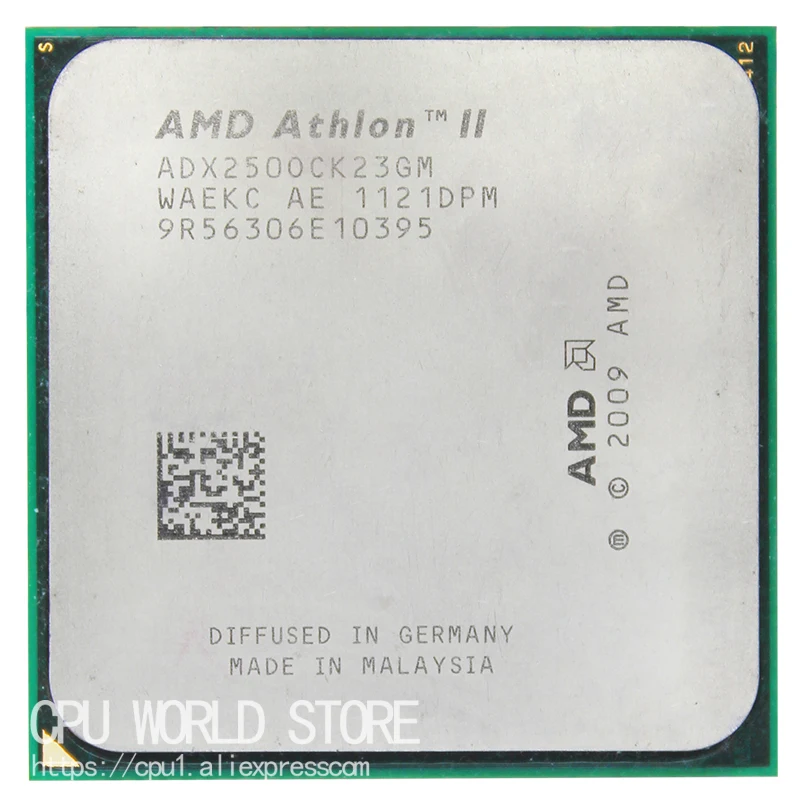 Developers at the start focused on productive CPUs and mid-range solutions. With the appearance of AMD Athlon 200GE processors in the assortment, the company is ready to impose its own rules in the entry-class platform segment. To do this, it now has a dual-core chip with SMT support, integrated Vega 3 graphics and a price of $55. Let’s evaluate the chances of success and compare the capabilities of AMD’s new product with those of Intel’s obvious opponents — Pentium Gold and Celeron.
Developers at the start focused on productive CPUs and mid-range solutions. With the appearance of AMD Athlon 200GE processors in the assortment, the company is ready to impose its own rules in the entry-class platform segment. To do this, it now has a dual-core chip with SMT support, integrated Vega 3 graphics and a price of $55. Let’s evaluate the chances of success and compare the capabilities of AMD’s new product with those of Intel’s obvious opponents — Pentium Gold and Celeron.
The Athlon 200GE has integrated Vega 3 graphics with 192 compute units. That is, we are dealing with a base-level hybrid APU chip that allows us to do without a discrete graphics card.
Course
Full Stack Development
Learn to follow a flexible schedule to become a universal expert in Back-end and Front-end knowledge. Earn $1300 per month
REGISTER!
Processor operating frequency — 3.2 GHz. Unlike Ryzen chips, the Athlon 200GE does not nominally support overclocking. The processor multiplier is normally blocked. At least, that’s how it was thought until recently. The APU has 1MB of L2 cache, 512KB per core. It is curious that in the case of the basic Raven Ridge, the developers decided not to reduce the volume of the common buffer of the third level. Like the older models of the family, the L3 capacity here is 4 MB. The thermal package (TDP) of the processor is declared at 35 watts. The presence of the index «E» in the name of the model is not at all accidental. The chip must be very economical.
The processor multiplier is normally blocked. At least, that’s how it was thought until recently. The APU has 1MB of L2 cache, 512KB per core. It is curious that in the case of the basic Raven Ridge, the developers decided not to reduce the volume of the common buffer of the third level. Like the older models of the family, the L3 capacity here is 4 MB. The thermal package (TDP) of the processor is declared at 35 watts. The presence of the index «E» in the name of the model is not at all accidental. The chip must be very economical.
The Athlon 200GE memory controller supports DDR4 modules in dual-channel mode. However, unlike Ryzen chips, the effective frequency here is limited to DDR4-2667. Recall that Ryzen 3 2200G and Ryzen 5 2400G support DDR4-2933, while in fact they can work with faster sets (DDR4-3200/3400+), which often provides good performance acceleration, especially the graphics core. But in the case of Athlon 200GE, the DDR4-2667 mode is fixed. You cannot use faster kits even in conjunction with motherboards based on AMD X370/X470.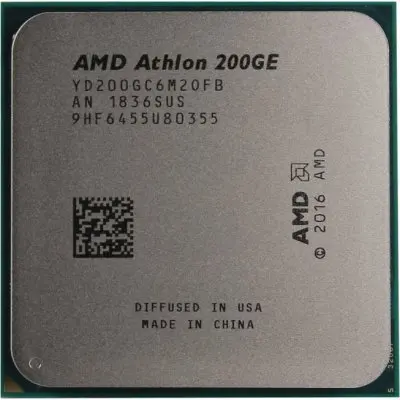 Of course, the base AMD chip will be used much more often with low-cost platforms based on AMD A320/B350/B450 chipsets. There are no restrictions in terms of compatibility with Socket AM4. Unless the first wave models may require a BIOS update to work. As it actually was when Raven Ridge processors appeared.
Of course, the base AMD chip will be used much more often with low-cost platforms based on AMD A320/B350/B450 chipsets. There are no restrictions in terms of compatibility with Socket AM4. Unless the first wave models may require a BIOS update to work. As it actually was when Raven Ridge processors appeared.
New Athlon chips should replace the A-series models, which until now closed the lower segment within Socket AM4. By the time the new desktop platform was launched, such solutions were very necessary for AMD, but now it is possible to replace them with more progressive models, and the 28-nanometer Bristol Ridge with the age-old Excavator computing architecture and Radeon R7 graphics should be retired. They completed their mission.
However, for some time A-series processors will coexist with Athlon, offering a certain variability in the lower segment. As for the positioning of new chips, AMD suggests using Athlon 200GE in systems for relatively simple daily tasks — web surfing, video playback, etc. In this they should compete with Intel Pentium and Celeron chips.
In this they should compete with Intel Pentium and Celeron chips.
| Athlon 200GE | Celeron G4900 | Pentium Gold G5400 | Pentium Gold G5500 | |
| Raven Ridge | Coffee Lake | Coffee Lake | Coffee lake | |
| Production technology | 14 nm | 14 nm | 14 nm | 14 nm |
| Number of cores/threads | 2/4 | 2/2 | 2/4 | 2/4 |
| Frequency formula | 3. 2 GHz 2 GHz |
3.1 GHz | 3.7 GHz | 3.8 GHz |
| L2 cache size | 2×512 KB | 2×256 KB | 2×256 KB | 2×256 KB |
| L3 cache size | 4 MB | 2MB | 4MB | 4 MB |
| Memory support | DDR4-2666 | DDR4-2400 | DDR4-2400 | DDR4-2400 |
| Integrated graphics | Vega 3 (192 units) | Intel UHD Graphics 610 | Intel UHD Graphics 610 | Intel UHD Graphics 630 |
| Processor socket | Socket AM4 | LGA1151 | LGA1151 | LGA1151 |
| Unlocked multiplier | — (+) | — | — | – |
| Thermal Pack (TDP) | 35W | 54W | 58W | 54W |
| Recommended price at the time of announcement | $55 | $42 | $64 | $75 |
| Current retail price in Ukraine | ~$55 | ~$65 | ~$115 | ~$125 |
Athlon 200GE MSRP is $55.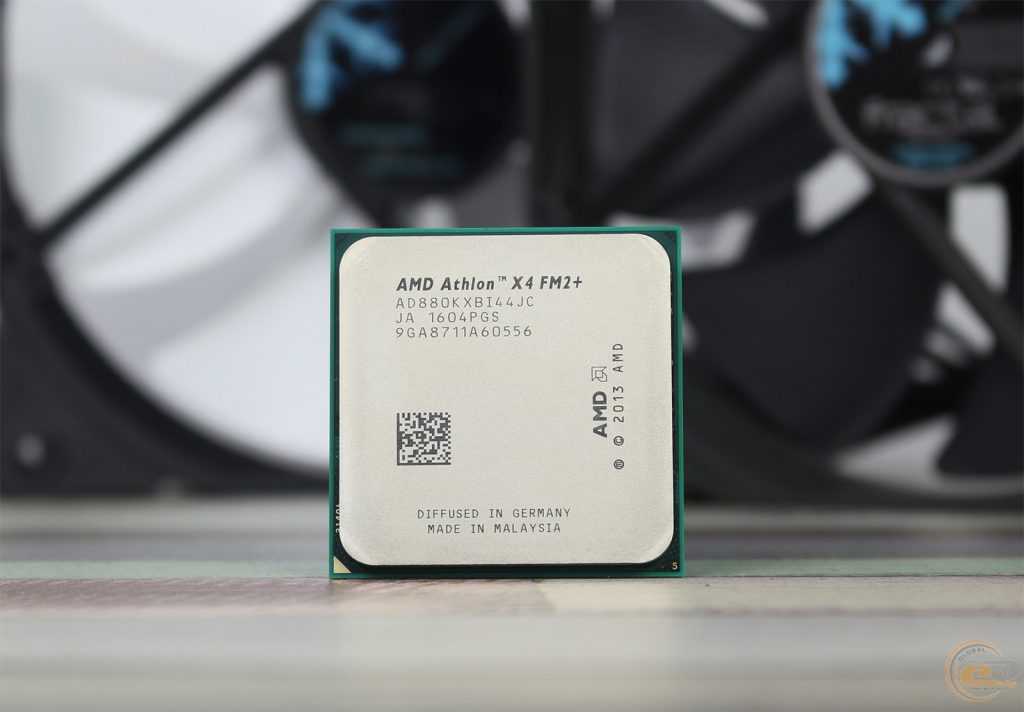 New AMD chips appeared at a very good moment, just before a significant rise in price of Intel processors. If 3-4 months ago they would have had to compete in price with Pentium Gold, now in Ukraine models of the «gold» series cost at least twice as much as Athlon. Moreover, even for the purchase of the starting Celeron G4900, you will need to increase the budget by $10-15.
New AMD chips appeared at a very good moment, just before a significant rise in price of Intel processors. If 3-4 months ago they would have had to compete in price with Pentium Gold, now in Ukraine models of the «gold» series cost at least twice as much as Athlon. Moreover, even for the purchase of the starting Celeron G4900, you will need to increase the budget by $10-15.
In progress
The processor comes in a compact box. The packaging of entry-level processors is already customarily decorated in white.
The large Athlon logo will stand out on the shelf. In addition, the manufacturer clearly wanted to note the presence of Radeon Vega graphics.
Athlon 200GE comes with a stock air cooler. This is a very simple cooler that is very similar to those that come with A-series chips.
It is based on a simple design radiator block, which is blown by a 70 mm fan. Note that a layer of thermal paste has already been applied to the radiator.
Outwardly, the processor itself does not differ from other chips for the Socket AM4 platform except for markings. Recall that for Raven Ridge models, not solder is used, but a thermoplastic interface between the crystal and the heat distribution cover. For a dual-core processor, this will not be a problem.
The base cooler is very easy to install. For fastening, a fixing bracket is used, which is held by regular plastic brackets on the motherboard.
Under load, the processor runs at 3200 MHz. There is no additional acceleration provided. The frequency is rigidly fixed. It only decreases during downtime. In idle mode, the Athlon 200GE reduces the clock speed to 1600 MHz.
As it is easy to replace CPU-Z on the screenshots, the chip supports AVX/AVX2 vector instruction sets, which Pentium/Celeron cannot work with.
The Athlon 200GE uses Vega 3 integrated graphics. The three in the name indicates the number of compute clusters, each containing 64 shader units. In total we have 192 calculators. This is noticeably less than in the case of the Ryzen 3 2200G, whose integrated GPU contains 512 shader cores. However, within its class, the Vega 3 integrated graphics should be more interesting than the Intel UHD 610/630. This we will find out during practical experiments.
In total we have 192 calculators. This is noticeably less than in the case of the Ryzen 3 2200G, whose integrated GPU contains 512 shader cores. However, within its class, the Vega 3 integrated graphics should be more interesting than the Intel UHD 610/630. This we will find out during practical experiments.
The graphics core runs at 1000 MHz under load, dropping to 400 MHz at rest. GPU overclocking is also not expected. We can talk about this with some regret, remembering that Vega 8/11 cores accelerated quite easily to 1500-1600 MHz.
The capabilities of the memory subsystem depend entirely on the system RAM mode used. In the case of DDR4-2667 operating in dual-channel mode, the throughput is up to 42.7 GB / s.
Athlon 200GE Overclocking
The Athlon 200GE processor is not nominally overclockable. The company’s presentation slides talked about the possibility of using high-speed memory, but, as it turned out, the base chip is limited to DDR4-2667 mode here too. Integrated graphics also cannot be accelerated. It would seem that there is absolutely nothing to please economical enthusiasts here. However, just a few days ago, inquisitive overclockers discovered that on MSI motherboards, after flashing the BIOS with integrated microcode AGESA 1.0.0.6, the ability to safely overclock the Athlon 200GE by increasing the multiplier turned out to be available.
Integrated graphics also cannot be accelerated. It would seem that there is absolutely nothing to please economical enthusiasts here. However, just a few days ago, inquisitive overclockers discovered that on MSI motherboards, after flashing the BIOS with integrated microcode AGESA 1.0.0.6, the ability to safely overclock the Athlon 200GE by increasing the multiplier turned out to be available.
History is silent about whether the developers of the Taiwanese company accidentally discovered a loophole that allows you to unlock the processor multiplier or is it a deliberate trick to increase the attractiveness of their products. This can be judged by the reaction of other market players. Even after the network buzzed about the technical possibility of overclocking Athlon 200GE, AMD continues to insist that these chips are not designed for this.
In the current situation, of course, we did not miss the opportunity to convince in practice what theoretically should not be.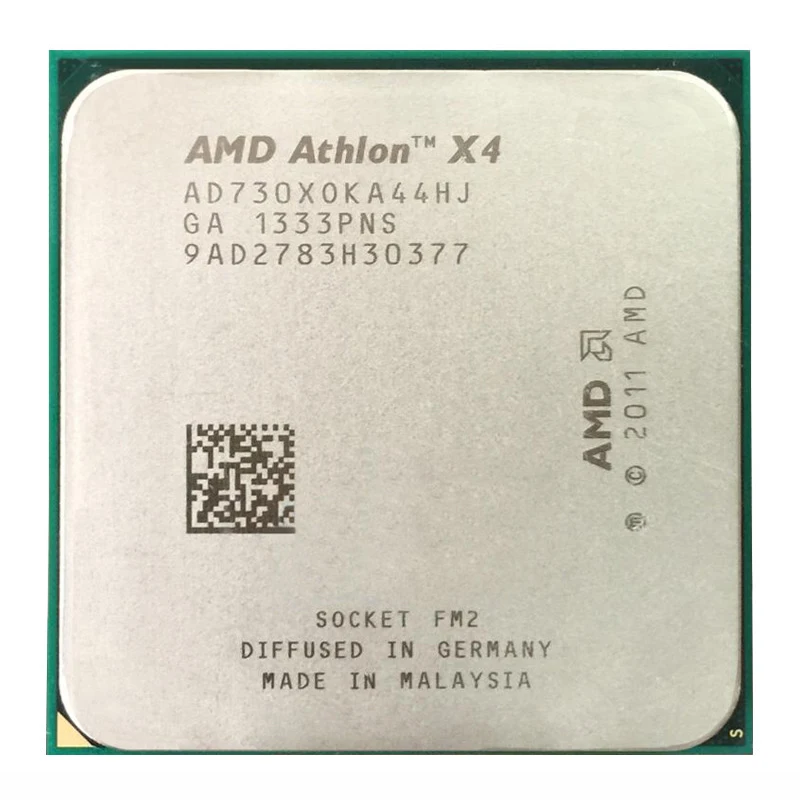 Armed with a 9 motherboard0515 MSI B450 Tomahawk , we downloaded and flashed the latest BIOS version for this model — 1.3.
Armed with a 9 motherboard0515 MSI B450 Tomahawk , we downloaded and flashed the latest BIOS version for this model — 1.3.
The description indicates that this version uses AGESA 1.0.0.6, improves compatibility with the Raven Ridge family of processors, and also supports hot-plugging of SATA devices. There is no mention of overclocking capabilities of Athlon 200GE here.
However, after updating the firmware and trying to change the CPU multiplier, it actually went up. Experimentally, it was possible to increase the final frequency of the chip to 3950 MHz (39.5×100 MHz). If we take into account the base 3200 MHz, then this is an increase of 23.4%. Surely such an increase in the operating frequency will affect the performance of the processor.
To work with acceleration, it was necessary to increase the supply voltage to 1.4 V. The processor worked almost stably at the symbolic 4000 MHz, but BSOD treacherously fell out during a long scene rendering in Blender.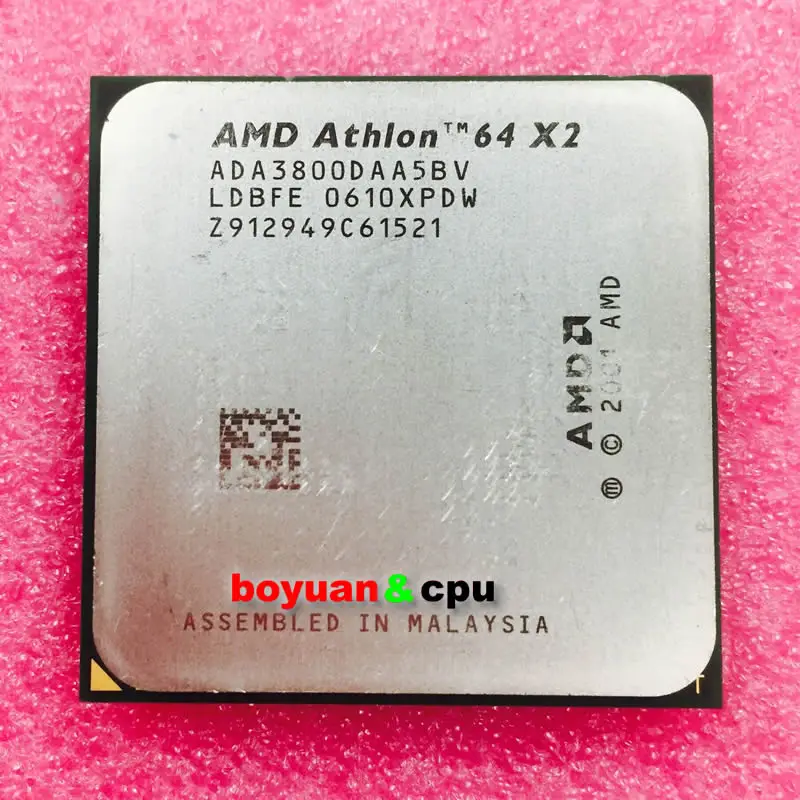
Almost — does not count, and therefore had to roll back to 3950 MHz. But even such overclocking can be considered a real gift, it’s a pity that AMD does not want to make it official. Obviously, there are no technical problems for this, but the developer probably plans not to limit himself to just one model, but to build a line of budget Athlon 200 chips. Because AMD needs room for maneuver here, but this is hardly a consolation for budget-conscious enthusiasts.
Again, the overclocking feature of the Athlon 200GE is not officially supported by AMD. The ability to change the multiplier was randomly discovered by enthusiasts on MSI boards, for which new BIOS versions with AGESA 1.0.0.6 microcode were released. Therefore, counting on overclocking, you need to be aware that the manufacturer can remove the current BIOS with overclocking support, modify them or disable this feature for future firmware versions. Here we can only add the MSI B450 Tomahawk to the list of proven models on which Athlon 200GE overclocking is basically possible and share the results of performance measurements.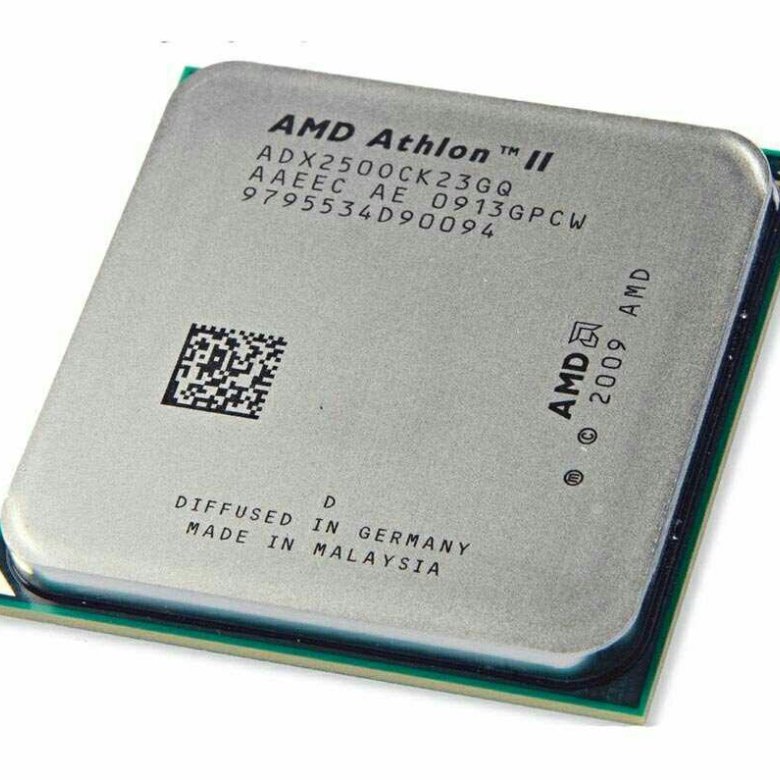
While preparing this article, it was reported that Athlon 200GE overclocking is now also available on GIGABYTE motherboards with the new BIOS, but this information needs to be confirmed. Those interested are advised to follow the situation.
Test bench configuration
| Athlon 200GE (2/4, 3.2 GHz) | AMD, www.amd.com | |
| Pentium Gold G5500 (2/4, 3.8 GHz) | Euro Plus, www.eplus.kiev.ua | |
| Video card | GeForce RTX 2080 Founders Edition | NVIDIA www.nvidia.com |
| Motherboard | MSI B450 Tomahawk (AMD B450) | MSI, www.msi.com |
| ASUS ROG MAXIMUS X Hero (Intel Z370) | ASUS, www.asus.ua | |
| RAM | G.Skill Sniper X DDR4-3400 (F4-3400C16D-16GSXW) | AMD, www.amd.com |
| Accumulator | HyperX Savage 960 GB (SHSS37A/960G) | HyperX, www. hyperxgaming.com hyperxgaming.com |
| Power supply | Thermaltake Toughpower Grand TPG-1200M (1200 W) | Thermaltake, www.thermaltakeusa.com |
| Monitor | Acer Predator XB271HK (27″, 3840×2160) | Acer, www.acer.ua |
Performance
Celeron G4900 (2/2, 3.1 GHz) and Pentium Gold G5500 (2/4, 3.8 GHz). The base Intel chip for the LGA1151-v2 platform is now even more expensive than Athlon 200GE, so additional explanations are hardly needed here. In turn, from the Pentium line, it would probably be more appropriate to connect the younger model — Pentium Gold G5400 (3.7 GHz), however, like Celeron, it is equipped with Intel UHD 610 graphics, and we were also curious to evaluate the potential of Vega 3 against the background of a more productive Intel UHD 630.
The difference in retail prices between the G5400 and G5500 is small now, in any case, each of these processors costs about twice as much as the Athlon 200GE.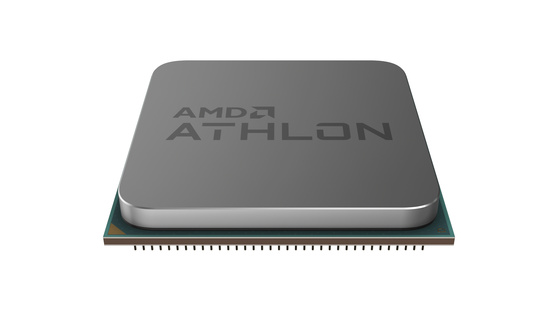 For this reason, we used a Pentium Gold G5500 (3.8 GHz). In computing tasks, due to the frequency difference of 100 MHz, its results will not differ much from those for the G5400, but in graphics tests we will have more intrigue.
For this reason, we used a Pentium Gold G5500 (3.8 GHz). In computing tasks, due to the frequency difference of 100 MHz, its results will not differ much from those for the G5400, but in graphics tests we will have more intrigue.
In the presented diagrams, the results of Athlon 200GE in normal mode are displayed in green, and in red — the results of the overclocked processor up to 3.95 GHz.
No CPU benchmark is complete without Cinebench R15 results. In multi-threaded mode, the Athlon 200GE holds up pretty well. Despite the fact that it lost about 13% to the Pentium Gold G5500, in general, the figure of 362 points is very good for a CPU of this class operating at 3.2 GHz. Dual Core Celeron G4900 is 50% behind the AMD chip here. Additional overclocking of the Athlon 200GE brings it almost 20% acceleration, and in this case this chip is already 6% faster than its counterpart from the Intel camp. The first test generally sets certain limits, but does not accurately determine the capabilities of the participants.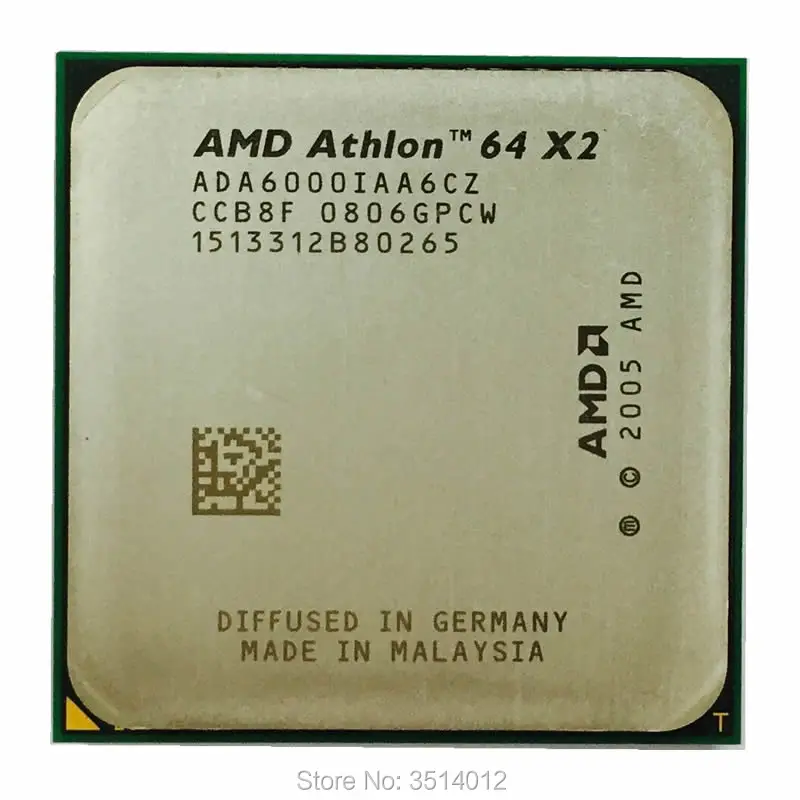
The results of Cinebench R15 in single-threaded mode are interesting. Here the Athlon 200GE outperforms the Celeron G4900 only slightly, being noticeably inferior to the high-frequency Pentium Gold G5500. However, after overclocking, the situation changes radically. Up to 39Even in this discipline, the 50 MHz AMD processor almost managed to overtake the Intel chip, and the latter are very good in single-threaded mode.
Measurements in archivers clearly show that WinRAR definitely works better on Intel chips, while 7-Zip actively uses multithreading and has no optimization for any one architecture. In this case, the Athlon 200GE is 50% faster than the Celeron G4900 and about 14% faster than the Pentium Gold G5500 chip. But if you “wake up the beast”, then the newcomer from AMD will not only overtake, but also be 4% ahead of the formidable opponent.
A whole set of different stages with scene rendering shows an obvious pattern. Athlon 200GE copes with such tasks 35-65% faster than Celeron.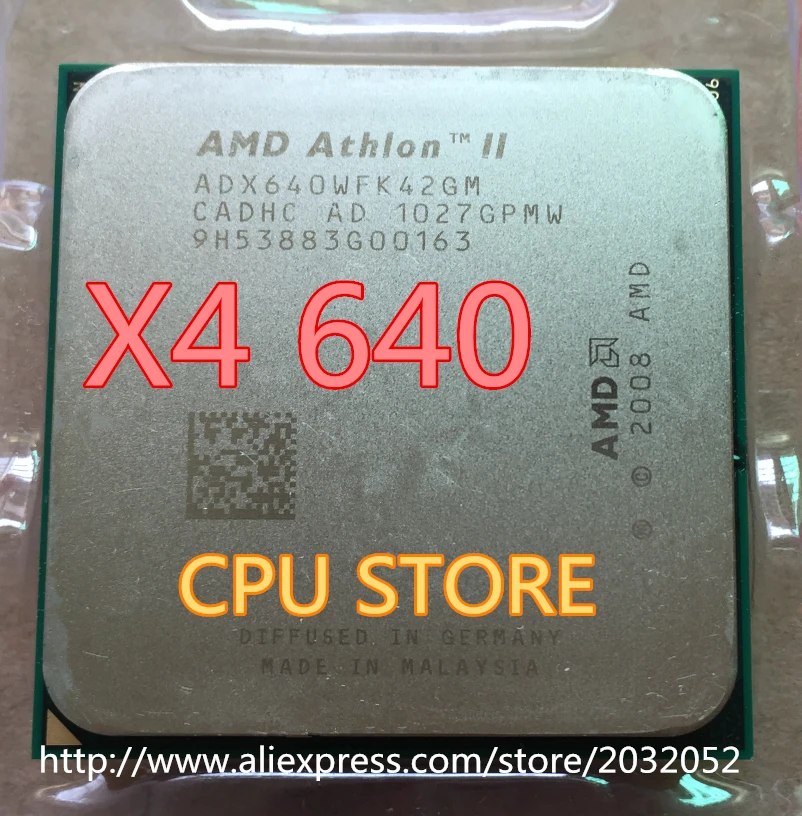 At the same time, the Pentium Gold G5500, which has a noticeably higher operating frequency, needed 20–25% less time to complete the scene. Athlon’s additional overclock actually compares the results of both processors, with the exception of Fryrender, where the Intel chip has the advantage.
At the same time, the Pentium Gold G5500, which has a noticeably higher operating frequency, needed 20–25% less time to complete the scene. Athlon’s additional overclock actually compares the results of both processors, with the exception of Fryrender, where the Intel chip has the advantage.
During video processing, the Athlon 200GE is ahead of the G5500, but the difference in performance is less than the difference in operating frequencies. In this case, it is not surprising that the additional frequency acceleration of the AMD processor turns it into the leader of this stage.
According to the GeekBench 4.3.1 benchmark results, the Pentium Gold G5500 is out of competition. But in PerformanceTest 9, the Intel chip turned out to be much more difficult to bypass the Athlon 200GE, which operates even in normal mode. After successful overclocking, the AMD processor was completely ahead of its offender by 10%. A clear example of the fact that in assessing the capabilities of the CPU / APU you can not rely only on the results of synthetic tests. In different sets of tasks, the performance of chips with different architectures can differ markedly.
In different sets of tasks, the performance of chips with different architectures can differ markedly.
PCMark 10 comprehensively evaluates the platform performance with a whole range of office and multimedia applications. According to the results of measurements, the overall composite score of the Athlon 200GE is 9% lower than that of the Pentium Gold G5500, while the AMD processor is 22% ahead of the Celeron G4900. This is already a good result, given the traditionally rather weak multi-threaded optimization of popular office programs. Possible overclocking to 3.95 GHz brings victory to Athlon 200GE.
Celeron G49 results00 are very modest, however, text editors, web browsers, spreadsheets are just those applications where the use of a chip of this level is still justified.
Integrated graphics
A lightweight version of Vega 3 integrated graphics should be quite competitive against Intel solutions used for desktop processors.
The 3DMark results show that the idea to include processors with Intel UHD 610 and UHD 630 graphics in the test was not in vain. It is obvious that the younger solution would not be any competition to Vega 3, but in the case of the UHD 630 there is already an intrigue.
It is obvious that the younger solution would not be any competition to Vega 3, but in the case of the UHD 630 there is already an intrigue.
In games, the situation is somewhat different from synthetics. Athlon 200GE with Vega 3 often outperforms, but in some projects the Pentium Gold G5500 with UHD 630 not only comes close to the performance of the AMD chip, but can even show a slightly better result. A good example is Dirt Rally.
An interesting situation with WoT, where the Pentium Gold G5500 takes advantage in the mode with low graphics quality settings. Obviously, the optimization for the Intel graphics engine has deep roots and the joint cooperation was not in vain. Here even Celeron G4900 provides good performance. However, the graphics quality in this mode is really primitive. With medium settings, the picture is transformed. In this mode, the performance of all participants is sharply reduced, while Athlon 200GE takes the lead.
Evaluating the capabilities of the integrated graphics of AMD and Intel base processors, it is obvious that without the support of discrete video cards, they can cope with fairly simple games tolerably.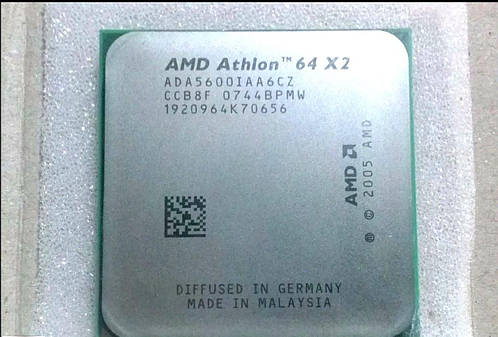 Resource-intensive projects, if they are launched, then with a performance of 5–10–15 fps it’s hard to just endure it, not to mention the pleasure of the game. Therefore, with integrated graphics, entertainment will have to be approached very selectively.
Resource-intensive projects, if they are launched, then with a performance of 5–10–15 fps it’s hard to just endure it, not to mention the pleasure of the game. Therefore, with integrated graphics, entertainment will have to be approached very selectively.
Switching to 720p mode can partly help to cope with the lack of fps. Those who are willing to make such sacrifices may be interested in the performance of processors
Performance with a discrete graphics card
We were also interested in testing the capabilities of processors as part of a gaming platform with a powerful discrete graphics card. In order to be sure not to be limited by the potential of the graphics adapter, we used the GeForce RTX 2080 Founders Edition and graphics mode 1920×1080 with high quality settings.
The first results in the 3DMark tests show the advantage of the Pentium Gold G5500. Here Athlon 200GE obviously lacks clock speed and high-speed RAM. Having lower performance per core in such tasks, AMD chips often make up for it with an increased number of available computational threads, but with an equal number of functional blocks, the Intel solution is ahead.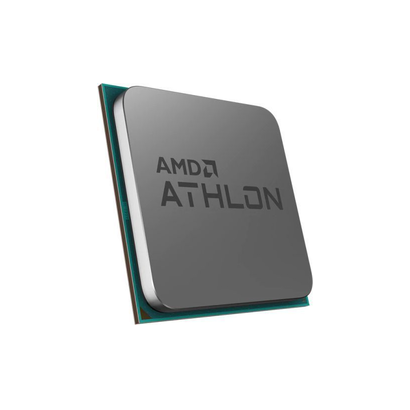
Performance measurements in real games generally confirm the state of affairs in synthetics. Even additional overclocking did not help the Athlon 200GE compensate for the difference with the Pentium Gold G5500 here, although it reduced the gap to 10-20%. In general, both processors are not suitable for gaming platforms, regardless of the graphics card used. The capabilities of both chips are not enough to avoid lags, microfreezes, noticeable texture loading and other delights with a constant CPU load of 100%. About Celeron G4900 here, in principle, we are not talking, it is contraindicated for gaming PCs. All these shortcomings in this case are even more intense. In addition, when using this dual core, we were unable to wait for the start of the built-in benchmark in Assassin’s Creed Origins.
Power Consumption
The Athlon 200GE has a TDP of 35W, which means we can count on improved APU data efficiency.
Measurement results confirm good performance.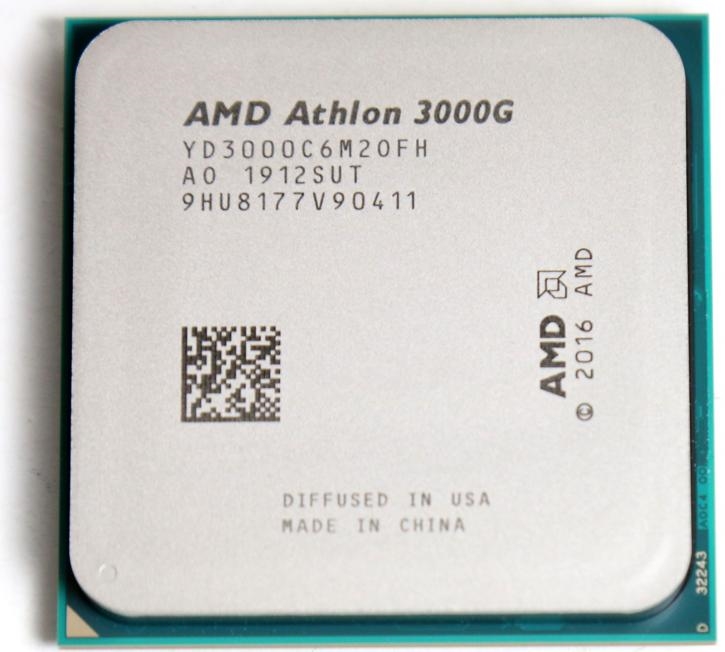 Under load during video encoding, a system with Athlon 200GE consumed about 49watts and about 59 watts in Far Cry 5 with integrated graphics. Despite the declared 54 W for the Celeron G4900, a PC with this chip consumed slightly less power in the same modes — 44/55 W. Whereas the power consumption of the platform with the Pentium Gold G5500 was somewhat higher — 57/68 W. In general, the results of all chips are excellent.
Under load during video encoding, a system with Athlon 200GE consumed about 49watts and about 59 watts in Far Cry 5 with integrated graphics. Despite the declared 54 W for the Celeron G4900, a PC with this chip consumed slightly less power in the same modes — 44/55 W. Whereas the power consumption of the platform with the Pentium Gold G5500 was somewhat higher — 57/68 W. In general, the results of all chips are excellent.
Note that after overclocking the Athlon 200GE with a significant increase in the supply voltage, the consumption increased by 19–24 W. That is, the load on the power subsystem is very moderate, so even relatively simple motherboards based on AMD B350/B450 could potentially cope with an undocumented increase in processor frequency.
4.5
ITC.UA score
Pros:
Excellent price/performance ratio; Vega 3 integrated graphics; functional formula 2/4 for basic APU; good economy; hidden potential for extra acceleration
Cons:
DDR4-2667 memory mode limitation; there is no possibility of overclocking the GPU; performance in games with a discrete graphics card
Output:
The Athlon 200GE is AMD’s Zen architecture core processor for the Socket AM4 desktop platform.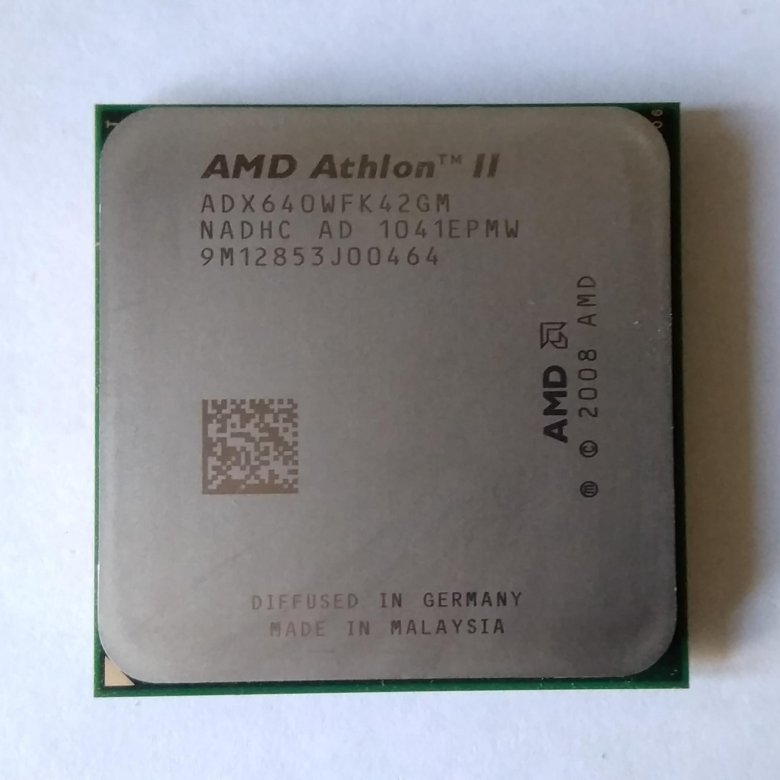 The chip is much more productive than the Celeron G4900 and can often become a very worthy opponent for the Pentium Gold. AMD’s new product is economical, equipped with a very good Vega 3 integrated video core for its class, and copes well with typical everyday tasks. The official overclocking option would certainly please budget enthusiasts, but even without taking into account the potential acceleration, the Athlon 200GE is very good as a basis for a starter system or situations when you need to wait out difficult times with the prospect of an upgrade. In its price category, it now simply has no competitors from Intel. Slightly more expensive Celerons are frankly inferior to it in all respects, and for the current price of Pentium Gold, you can practically buy a new AMD chip complete with a motherboard. At the same time, one shouldn’t exaggerate the possibilities of Athlon 200GE. Even for a basic gaming PC, it is better to use 4-core models — Ryzen 3 2200G / 1200 or even Ryzen 5 1400.
The chip is much more productive than the Celeron G4900 and can often become a very worthy opponent for the Pentium Gold. AMD’s new product is economical, equipped with a very good Vega 3 integrated video core for its class, and copes well with typical everyday tasks. The official overclocking option would certainly please budget enthusiasts, but even without taking into account the potential acceleration, the Athlon 200GE is very good as a basis for a starter system or situations when you need to wait out difficult times with the prospect of an upgrade. In its price category, it now simply has no competitors from Intel. Slightly more expensive Celerons are frankly inferior to it in all respects, and for the current price of Pentium Gold, you can practically buy a new AMD chip complete with a motherboard. At the same time, one shouldn’t exaggerate the possibilities of Athlon 200GE. Even for a basic gaming PC, it is better to use 4-core models — Ryzen 3 2200G / 1200 or even Ryzen 5 1400.![]() Yes, the budget will have to be doubled, but in heavy projects, a couple of cores are no longer enough for comfortable performance without lags. However, this is a completely different story.
Yes, the budget will have to be doubled, but in heavy projects, a couple of cores are no longer enough for comfortable performance without lags. However, this is a completely different story.
Specifications
Athlon 200GE processor provided for test by AMD, www.amd.com
Pentium Gold G5500 processor provided for test by Euro Plus, www.eplus.kiev.ua
Celeron G4900 processor purchased for test at a discount of » Black Friday»
AMD Athlon 64 processors in Ukraine. Prices for AMD Athlon 64 processors at Prom.ua
AMD Athlon 64 3200+ processor
In stock
Delivery across Ukraine
100 UAH
Buy
PC_Fanatic_Shop, online store of computer components
AMD Athlon II X4 640 CPU ADX640WFK42GM 3.0GHz/2M/95W Socket AM2+ / AM3 Kyiv in warehouse 03
Delivery in Ukraine
495 UAH
Buy
AMD ATHLON 64 X2 6000+, 89W, AM2 9000 .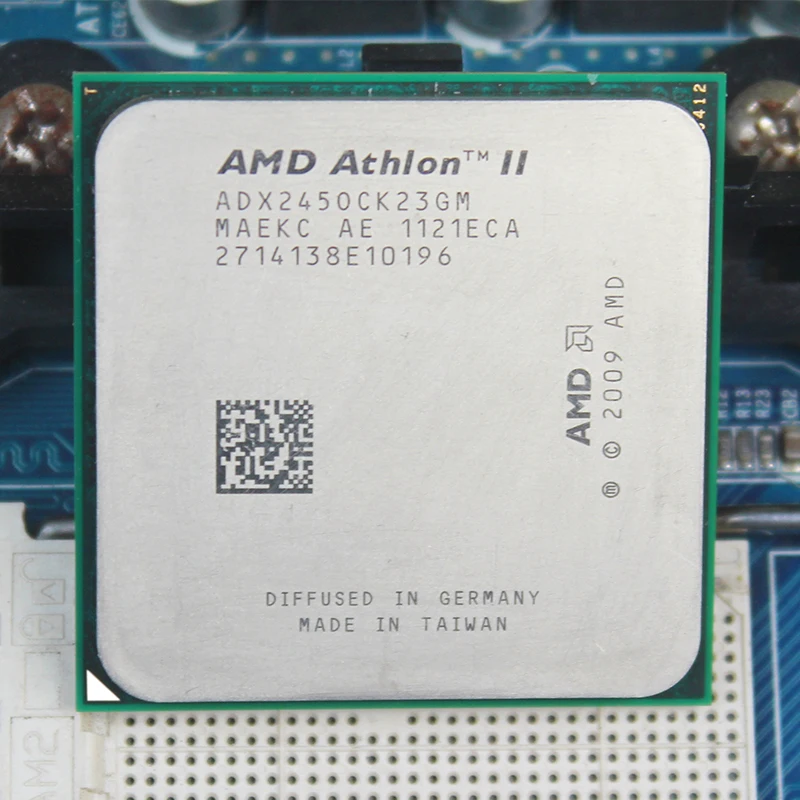 ua»
ua»
processor AMD Athlon 64 x2 6000+ 2×3.0ghz SAM2 ADX6000AA6CZ
In a warehouse in Lviv
Delivery in Ukraine
9000 350 UAH
Buy
Cyfrotown online store
AMD Athlon 64 X2 5400+ Processor (2800MHz, socket AM2) ADO5400IAA5DO
Delivery from Kyiv
270 UAH
Buy
online store Alpha Power
Processor AMD Athlon 64 39000+ 1.8ADA3GHz tray AM02 (AM02)0003
In stock
Delivery across Ukraine
202.50 UAH
Buy
Internet market «Stream PC» everything for you and your home!
Processor AMD ATHLON-64 3200+ 2000MHz Socket-939 used
In stock
Delivery across Ukraine
180 UAH
Buy
Internet market «Stream PC» everything for you and your home!
Processor AMD Athlon 64 TF-20 Socket S1 S1g1 (1.66 GHz)
In stock in Chernivtsi
Delivery in Ukraine
210 UAH
Buy
used equipment from Germany and USA
AMD Athlon 64 x2 4000+, 2 nuclei, 2.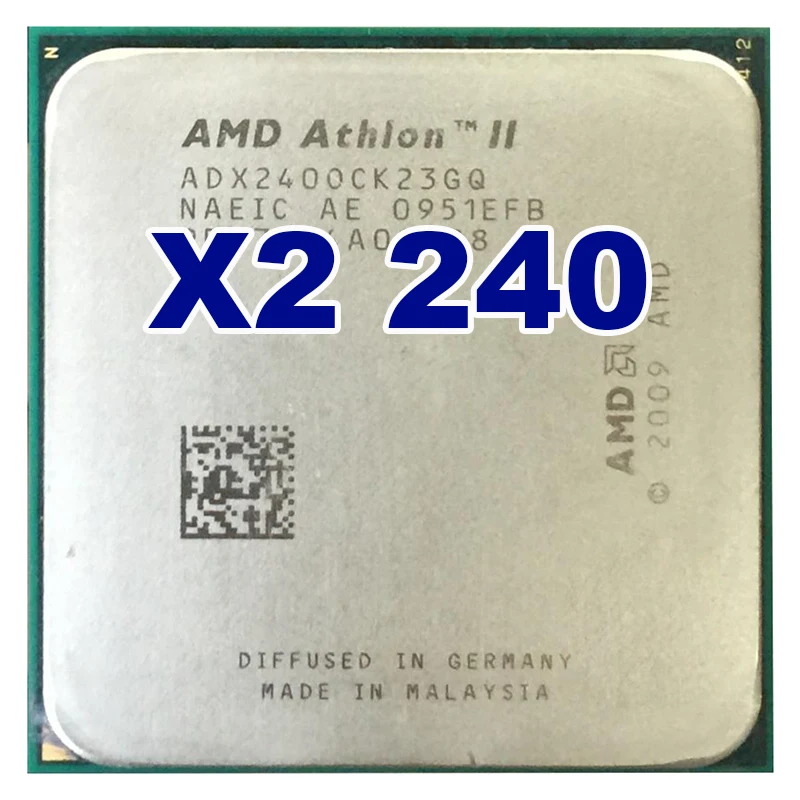 1GHz, AM2
1GHz, AM2
in stock
Delivery in Ukraine
425 UAH
Buy
Saga Market
AMD ATHLON II X4 641 CPU AD641XWNZ43GX 2.8GHZ/4M/100W Socket FM1 Processor for PC
Delivery 9000 29000
0003
AMD Athlon II X4 638 CPU AD638XOJZ43GX 2.7GHZ/4M/65W SOCKET FM1 Processor for PC
In a warehouse in Kyiv
Delivery in Ukraine
29000 29000 2955055502 AMD ATHLONA X4 CPUD 3.9GHz/4M/65W Socket FM2 Processor for PC
In stock in Kyiv
Delivery in Ukraine
for PC
In stock in Kyiv
Delivery in Ukraine
439 UAH
Buy
Processor 107-8 AMD Athlon 64 X2 QL-60 1.9 GHz S1g2 2 cores
Delivery in Ukraine 9000
3 48 UAH
Buy
MegaNotik — Laptops and spare parts.
Processor 40-5 AMD Athlon 64 X2 QL-64 2. 1 GHz S1g2 2 cores
1 GHz S1g2 2 cores
In stock
Delivery across Ukraine
56 UAH
Buy
MegaNotik
See also
Processor for laptop AMD Athlon 64 TF-20 1.6GHz S1 (S1g4) 1 cores (C186)
In stock
Delivery across Ukraine
UAH 48
him.
Processor for laptop S1GEN1 AMD Athlon 64 TF-20 1×1.6GHZ 512KB CACHE 667MHz Bus BUS BU
In warehouse
Delivery
50-80 UAH
0003
Online store «NotebookCell»-laptkocel
AMD Athlon 64 x2 QL-60 1.9 GHZ (AMQL60Dam22gg)
in warehouse
Delivery
400 UAH
9000 9000.m. 64 X2 TK-53 AMDTK53HAX4DC
In stock
Delivery across Ukraine
350 UAH
320 UAH
Buy
Processor for laptop AMD Athlon 64,GAM2.
Delivery in Ukraine
120 UAH
Buy
Wincom
AMD Athlon 64 3000+
Delivery in Ukraine
100 UAH
Buy
PC_FANATIC_SHOP, Internet COMPARN
processor AMD ATH AMQL65DAM22GG for laptop
in warehouse
Delivery in Ukraine
60 UAH
Buy
online store «He Line»
AMD Athlon 64 x2 5600+ (2800MHz, AM2) ADO5600DO 9000Ol000 X2 QL-64 2.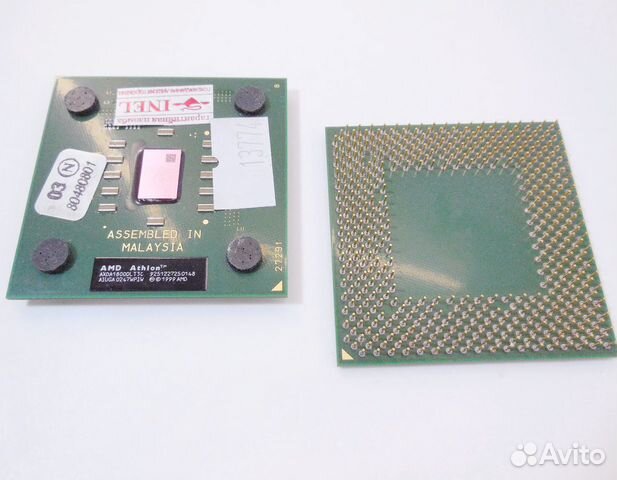 1 GHz
1 GHz
Ending
Delivery across Ukraine
UAH 90
Buy
DMD-Company
Processor AMD Athlon 64 X2 TK-55 Ending 903 GHz 1.8Ol000 5200
Delivery from Kyiv
200 UAH
Buy
TechnoCloud
Processor AMD Athlon AMQL64DAM22GG
Delivery from Kyiv
105°C vs 95°C
4006 vs 3672
1845 vs 1680
1200MHz vs 1100MHz
2.2 vs 2
Why is AMD Ryzen 3 2200U better than AMD Athlon 300U?
- 191KB more L1 cache?
384KB vs 193KB - Has NX bit?
What are the most popular comparisons?
AMD Athlon 300U
vs
Intel Celeron N4000
AMD Ryzen 3 2200U
vs
Intel Core i5-8250U
AMD Athlon 300U
vs
Intel Core i3-8100H
AMD Ryzen 3 2200U
vs
Intel Core i3-7020U
AMD Athlon 300U
vs
Intel Core i3-7020U
AMD Ryzen 3 2200U
vs
Intel Celeron N4000
AMD Athlon 300U
vs
Intel Core i5-8250U
AMD Ryzen 3 2200u
VS
Intel Core i5-7200u
AMD Athlon 300u
VS
Intel Celeron
AMD Ryzen 3 2200U
VS 9000 VS 9000 VS 9000 ITS0003
AMD Athlon 300U
vs
Intel Core i3-8130U
AMD Ryzen 3 2200U
vs
AMD A9-9425
AMD Athlon 300U
vs
AMD A9-9425
AMD Ryzen 3 2200U
VS
A4-9125
AMD Athlon 300u
VS
Intel Core i3-10110u
AMD RYZEN 3 2200U
VS
AMD Ryzen 3 3250U 9000u
AMD AMD AMD AMD AMD AMD AMD AMD AMD AMD AMD AMD AMD AMD AMD AMD AMD AMD AMD AMD AMD AMD AMD AMD AMD AMD AMD AMD AMD AMD AMD AMD AMD AMD AMD0003
Energy efficiency
9. 0 /10
0 /10
1 Votes
Reviews not yet
Custom
1. Skurvity of the central processor
2 x 2.4ghz
2 x 2.5ghz
The speed of the central processor shows how many processing cycles per second the processor can perform, given all its cores (processors). It is calculated by adding the clock speeds of each core or, in the case of multi-core processors, each group of cores.
2.processor thread of execution
More threads result in better performance and better multitasking.
3.speed turbo clock
3.3GHz
3.4GHz
When the processor is running below its limits, it can jump to a higher clock speed to increase performance.
4. Has an unlocked multiplier
✖AMD Athlon 300U
✖AMD Ryzen 3 2200U
Some processors come with an unlocked multiplier and are easier to overclock, allowing for better performance in games and other applications.
5.L2 Cache
More L2 scratchpad memory results in faster results in CPU and system performance tuning.
6.L3 cache
More L3 scratchpad memory results in faster results in CPU and system performance tuning.
7.L1 cache
More L1 cache results in faster results in CPU and system performance tuning.
8.core L2
0.5MB/core
0.5MB/core
More data can be stored in L2 scratchpad for access by each processor core.
9.core L3
2MB/core
2MB/core
More data can be stored in L3 scratchpad for access by each processor core.
Memory
1.RAM speed
2400MHz
2400MHz
Can support faster memory which speeds up system performance.
2.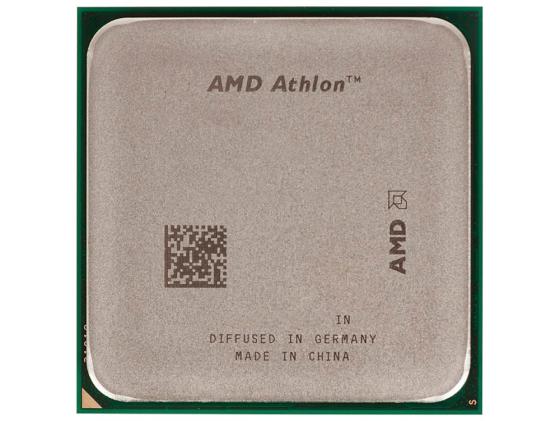 max memory bandwidth
max memory bandwidth
35.76GB/s
35.76GB/s
This is the maximum rate at which data can be read from or stored in memory.
3. DDR version
DDR (Double Data Rate Synchronous Dynamic Random Access Memory) is the most common type of RAM. New versions of DDR memory support higher maximum speeds and are more energy efficient.
4.Memory channels
More memory channels increase the speed of data transfer between memory and processor.
5.max memory
Unknown. Help us offer a price. (AMD Ryzen 3 2200U)
Maximum amount of memory (RAM).
6.bus baud rate
Unknown. Help us offer a price. (AMD Athlon 300U)
Unknown. Help us offer a price. (AMD Ryzen 3 2200U)
The bus is responsible for transferring data between various components of a computer or device.
7. Supports memory debug code
Supports memory debug code
✔AMD Athlon 300U
✖AMD Ryzen 3 2200U
Memory debug code can detect and fix data corruption. It is used when necessary to avoid distortion, such as in scientific computing or when starting a server.
8.eMMC version
Unknown. Help us offer a price. (AMD Athlon 300U)
Unknown. Help us offer a price. (AMD Ryzen 3 2200U)
The newer version of eMMC — Built-in Flash Memory Card — speeds up the memory interface, has a positive effect on device performance, for example, when transferring files from a computer to internal memory via USB.
9.bus frequency
Unknown. Help us offer a price. (AMD Athlon 300U)
Unknown. Help us offer a price. (AMD Ryzen 3 2200U)
The bus is responsible for transferring data between various components of a computer or device
Geotagging
1. PassMark result
This test measures processor performance using multi-threading.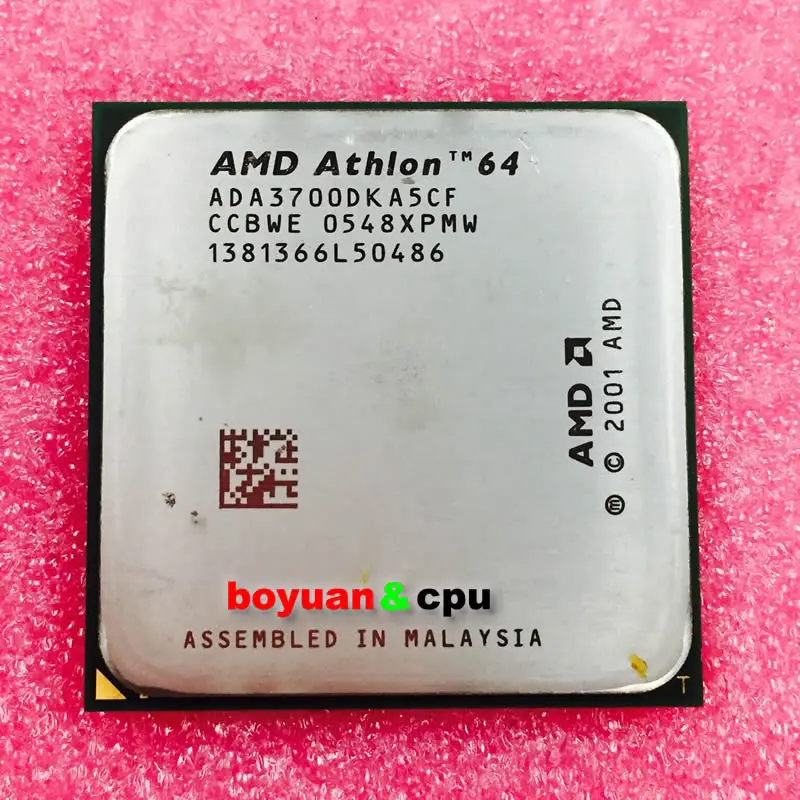
2. PassMark result (single)
This test measures processor performance using a thread of execution.
3.Geekbench 5 result (multi-core)
Unknown. Help us offer a price. (AMD Athlon 300U)
Geekbench 5 is a cross-platform benchmark that measures the performance of a multi-core processor. (Source: Primate Labs,2022)
4. Cinebench R20 result (multi-core)
Unknown. Help us offer a price. (AMD Athlon 300U)
Cinebench R20 is a benchmark that measures the performance of a multi-core processor by rendering a 3D scene.
5.Cinebench R20 result (single core)
Unknown. Help us offer a price. (AMD Athlon 300U)
Cinebench R20 is a test to evaluate the performance of a single core processor when rendering a 3D scene.
6.Geekbench 5 result (single core)
Unknown.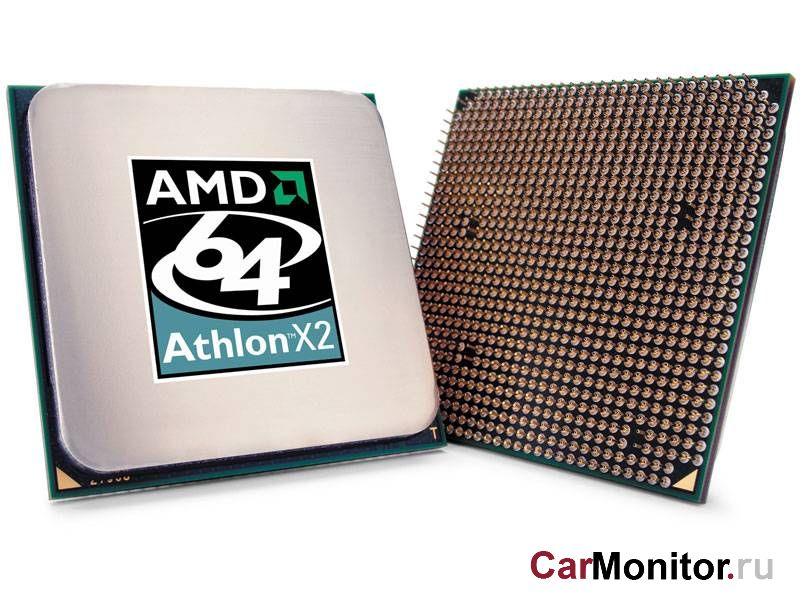 Help us offer a price. (AMD Athlon 300U)
Help us offer a price. (AMD Athlon 300U)
Geekbench 5 is a cross-platform benchmark that measures the single-core performance of a processor. (Source: Primate Labs, 2022)
7. Blender test result (bmw27)
Unknown. Help us offer a price. (AMD Athlon 300U)
1230.56seconds
The Blender benchmark (bmw27) measures CPU performance by rendering a 3D scene. More powerful processors can render a scene in a shorter time.
8.Blender result (classroom)
Unknown. Help us offer a price. (AMD Athlon 300U)
Unknown. Help us offer a price. (AMD Ryzen 3 2200U)
The Blender (classroom) benchmark measures CPU performance by rendering a 3D scene. More powerful processors can render a scene in a shorter time.
9.performance per watt
Unknown. Help us offer a price. (AMD Athlon 300U)
This means the processor is more efficient, giving more performance per watt of power used.
Features
1.uses multi-threading
✔AMD Athlon 300U
✔AMD Ryzen 3 2200U
into logical cores, also known as threads. Thus, each core can run two instruction streams at the same time.
2. Has AES
✔AMD Athlon 300U
✔AMD Ryzen 3 2200U
AES is used to speed up encryption and decryption.
3. Has AVX
✔AMD Athlon 300U
✔AMD Ryzen 3 2200U
AVX is used to help speed up calculations in multimedia, scientific and financial applications, and to improve the performance of the Linux RAID program.
4.Version SSE
SSE is used to speed up multimedia tasks such as editing images or adjusting audio volume. Each new version contains new instructions and improvements.
5. Has F16C
✔AMD Athlon 300U
✔AMD Ryzen 3 2200U
F16C is used to speed up tasks such as image contrast adjustment or volume control.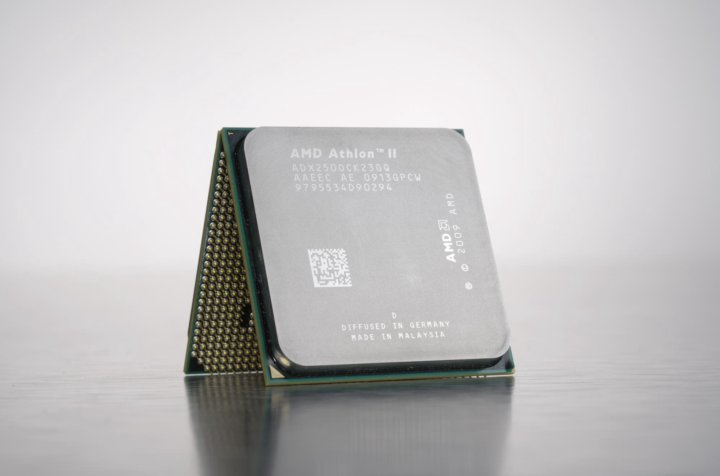
6 bits transmitted at the same time
Unknown. Help us offer a price. (AMD Athlon 300U)
Unknown. Help us offer a price. (AMD Ryzen 3 2200U)
NEON provides faster media processing such as MP3 listening.
7. Has MMX
✔AMD Athlon 300U
✔AMD Ryzen 3 2200U
MMX is used to speed up tasks such as adjusting image contrast or adjusting volume.
8. TrustZone enabled
✖AMD Athlon 300U
✖AMD Ryzen 3 2200U
The technology is integrated into the processor to ensure device security when using features such as mobile payments and video streaming with Digital Rights Management (DRM).
9.interface width
Unknown. Help us offer a price. (AMD Athlon 300U)
Unknown. Help us offer a price. (AMD Ryzen 3 2200U)
The processor can decode more instructions per clock (IPC), which means that the processor performs better
Other
System on a Chip (SoC) has an integrated LTE cellular chip.